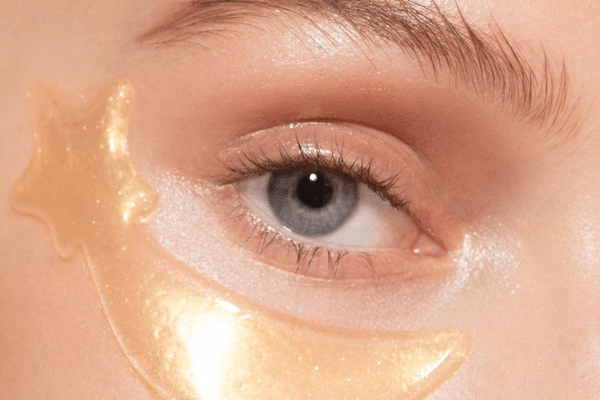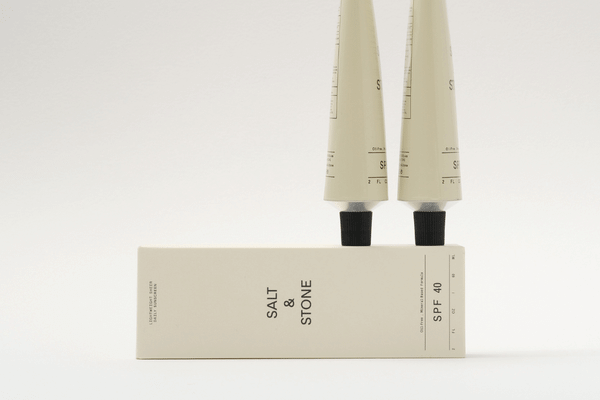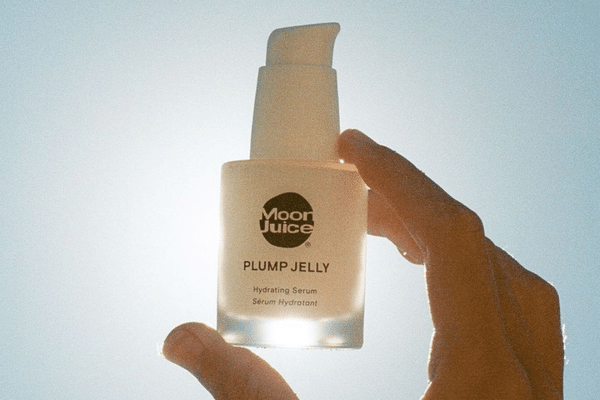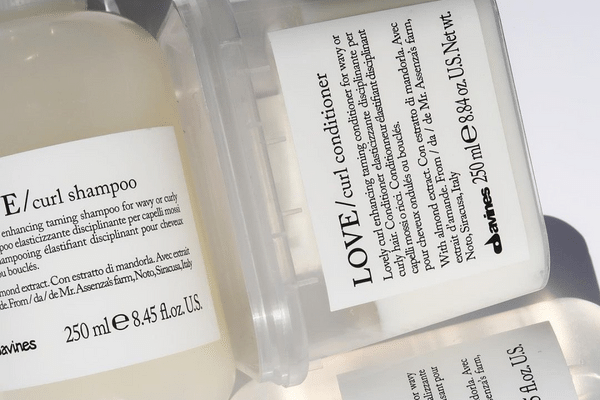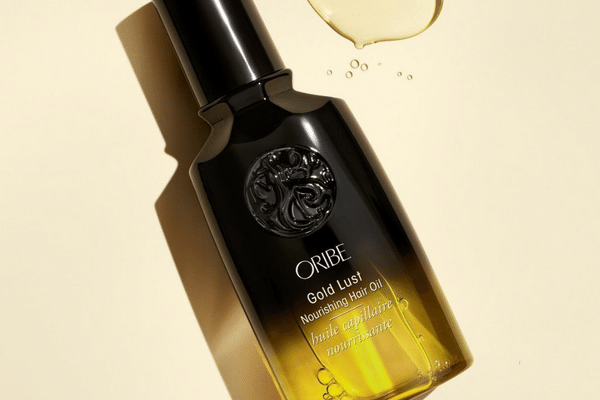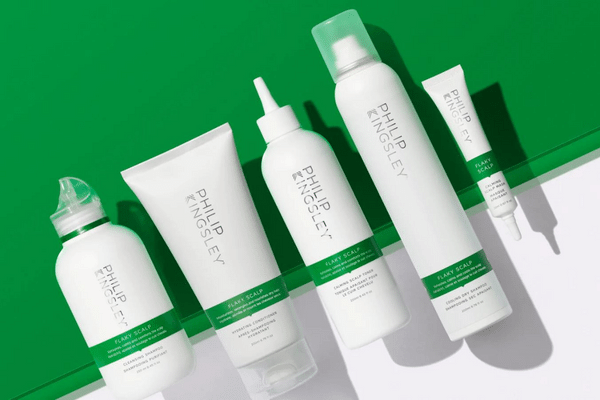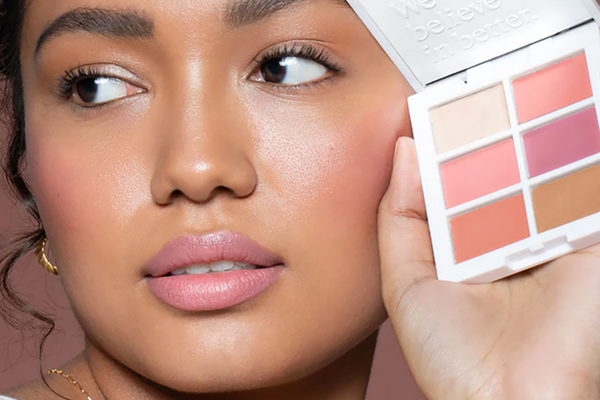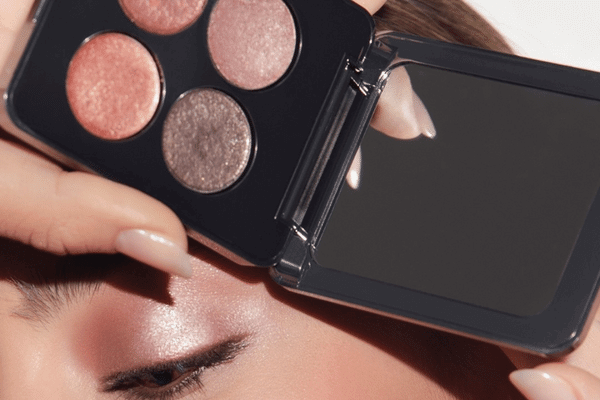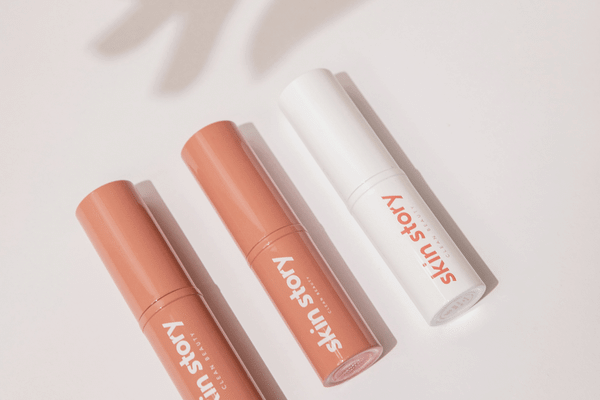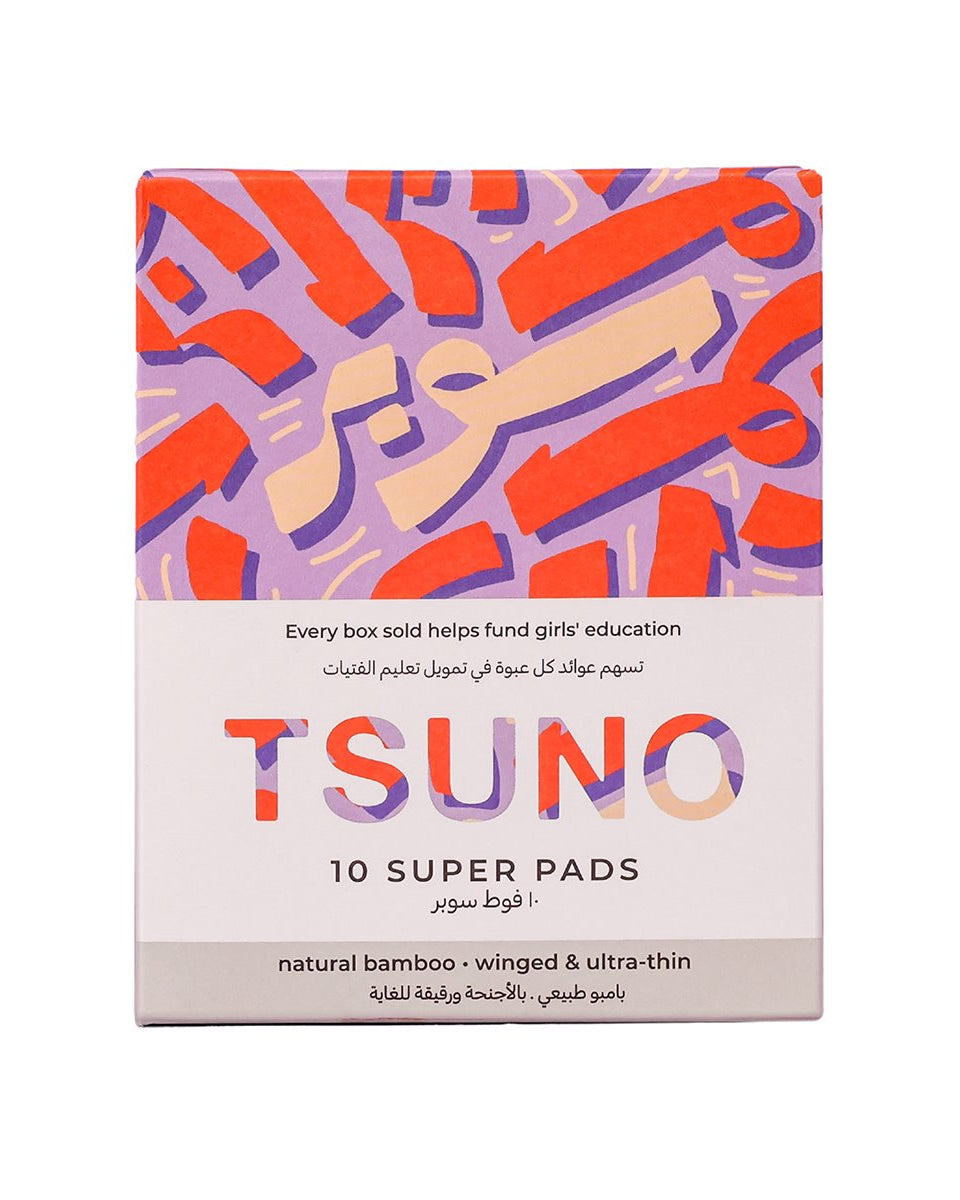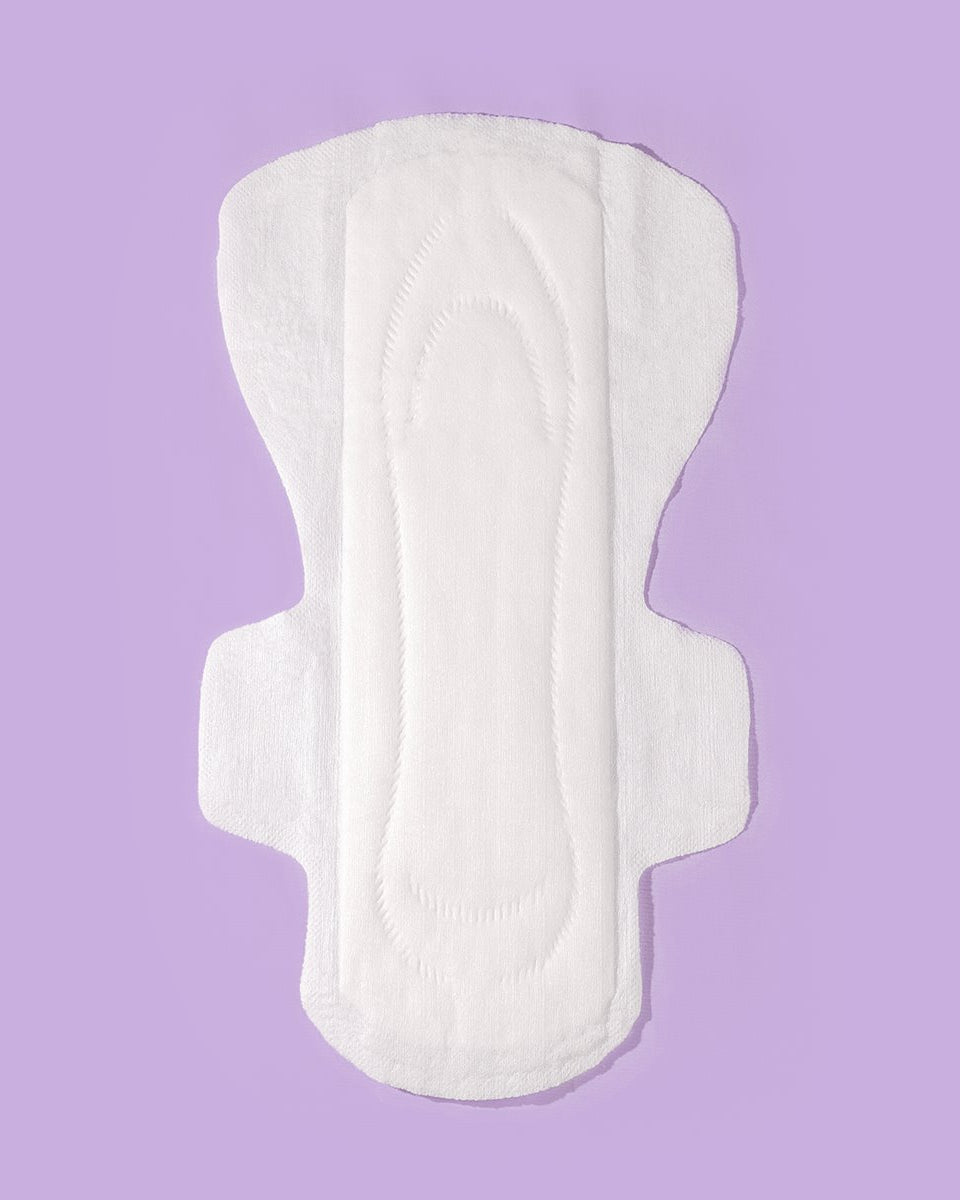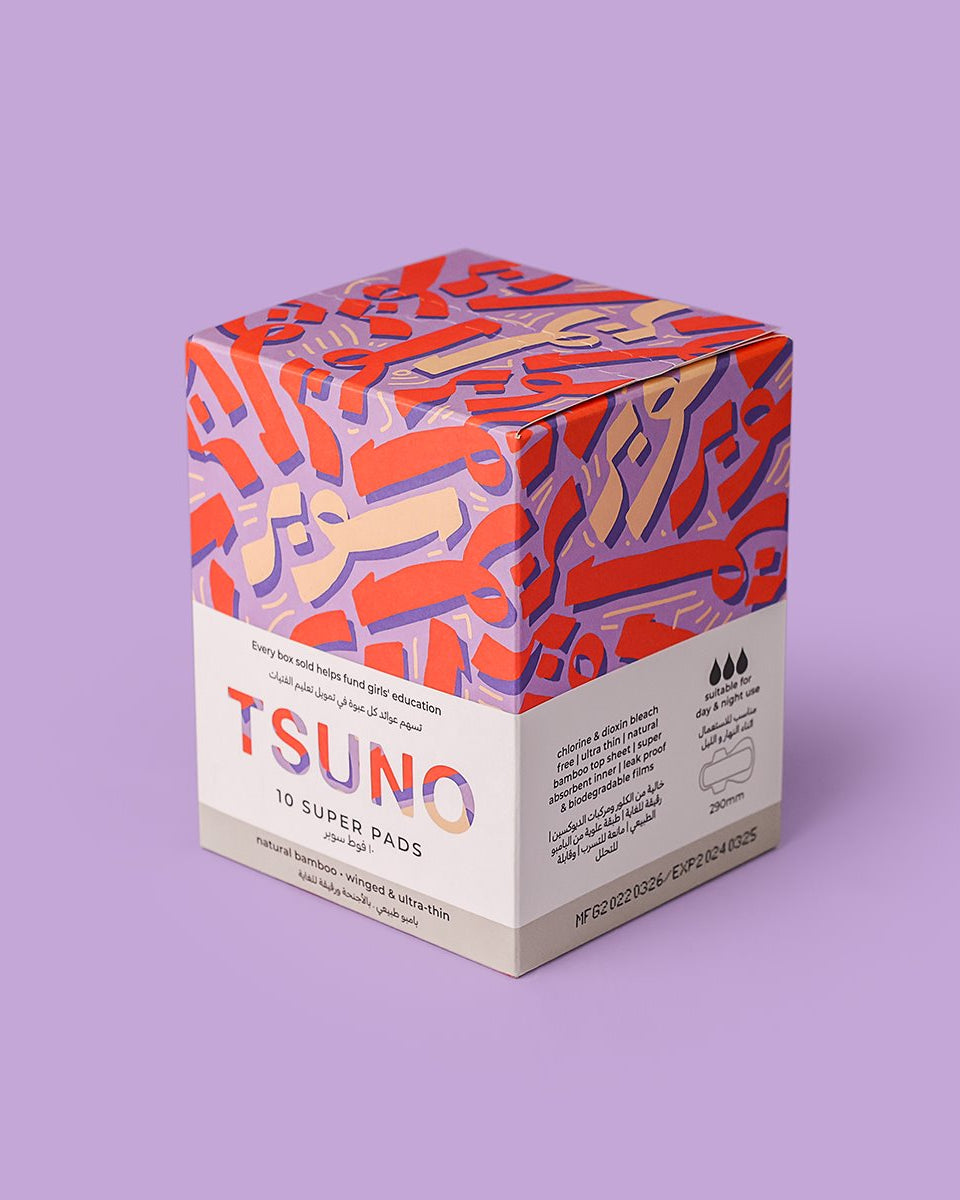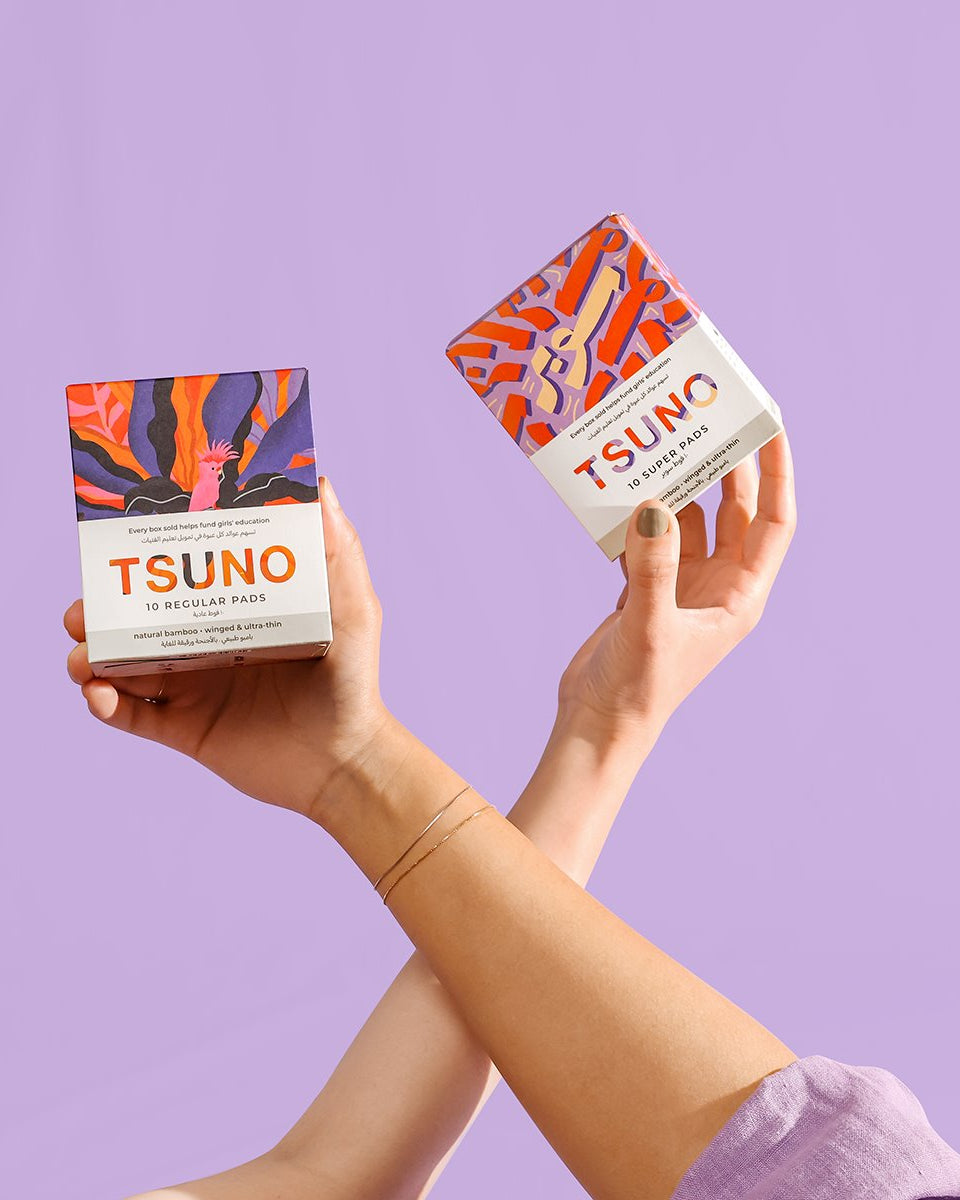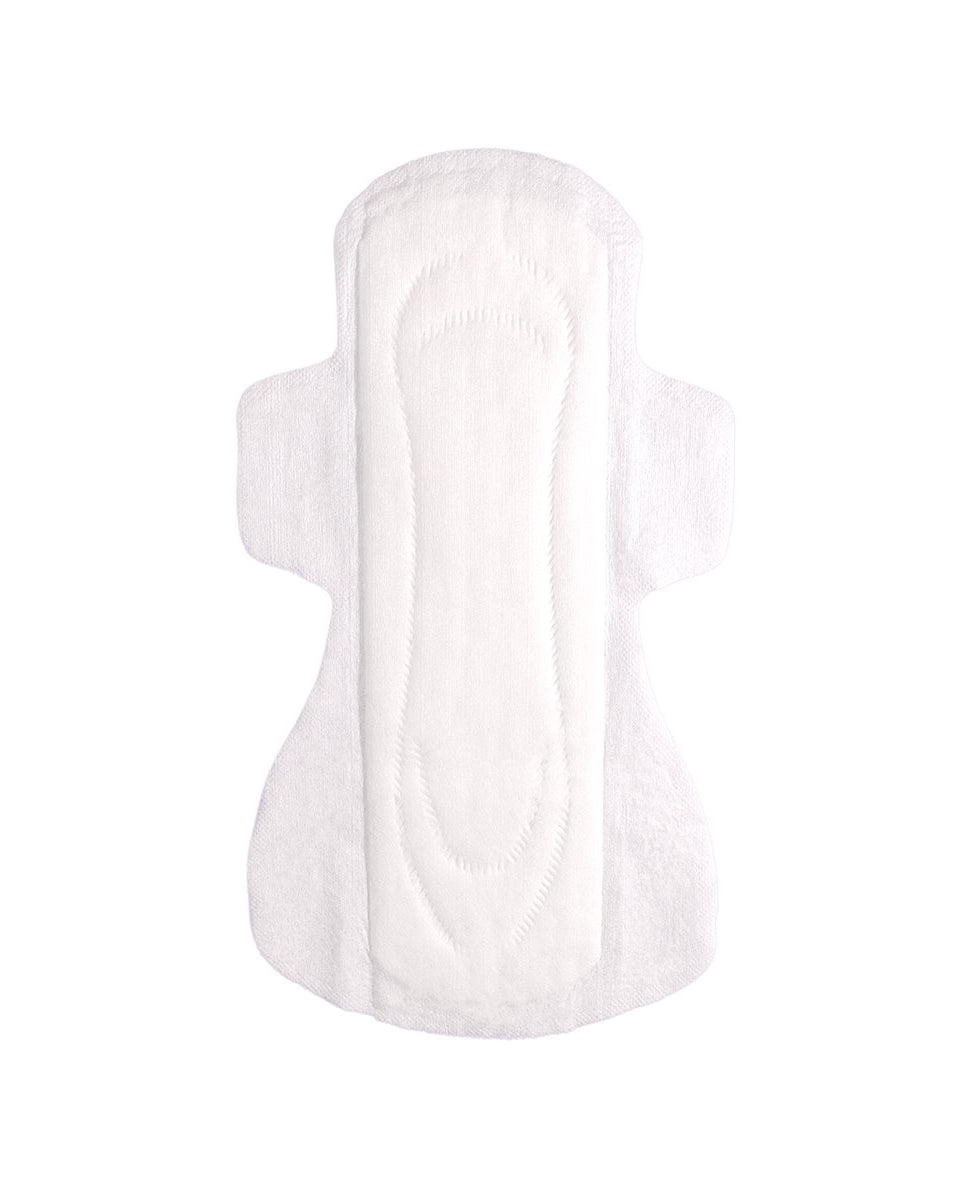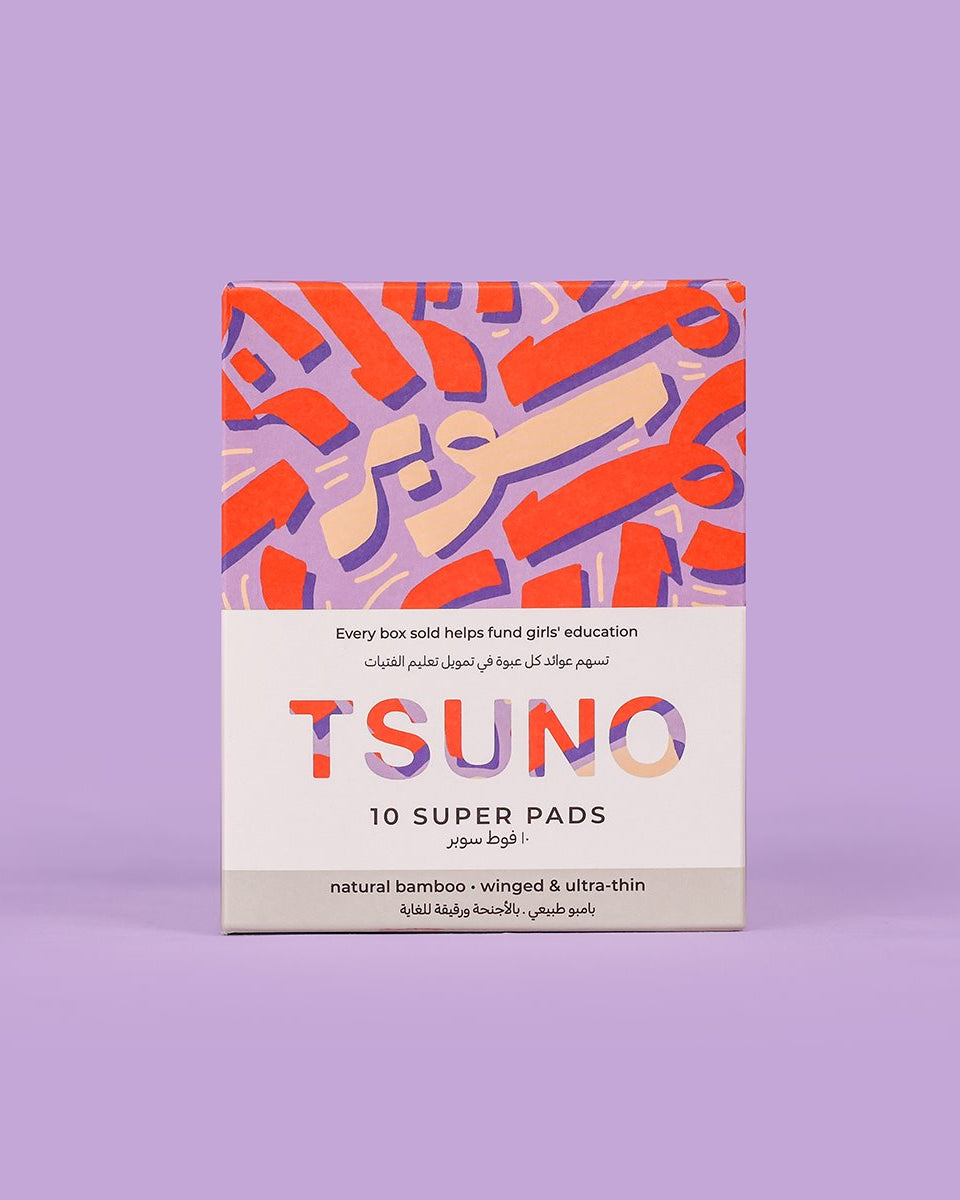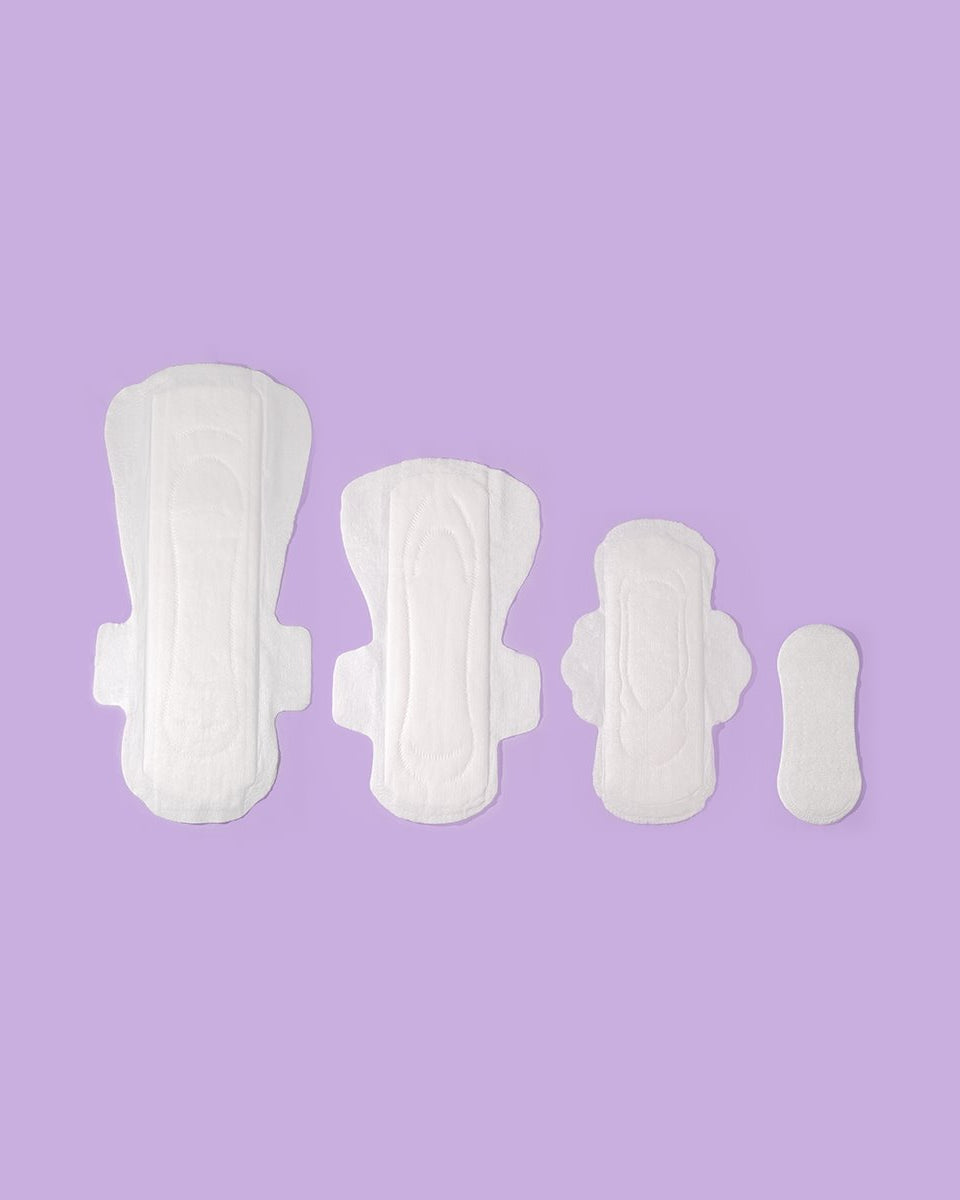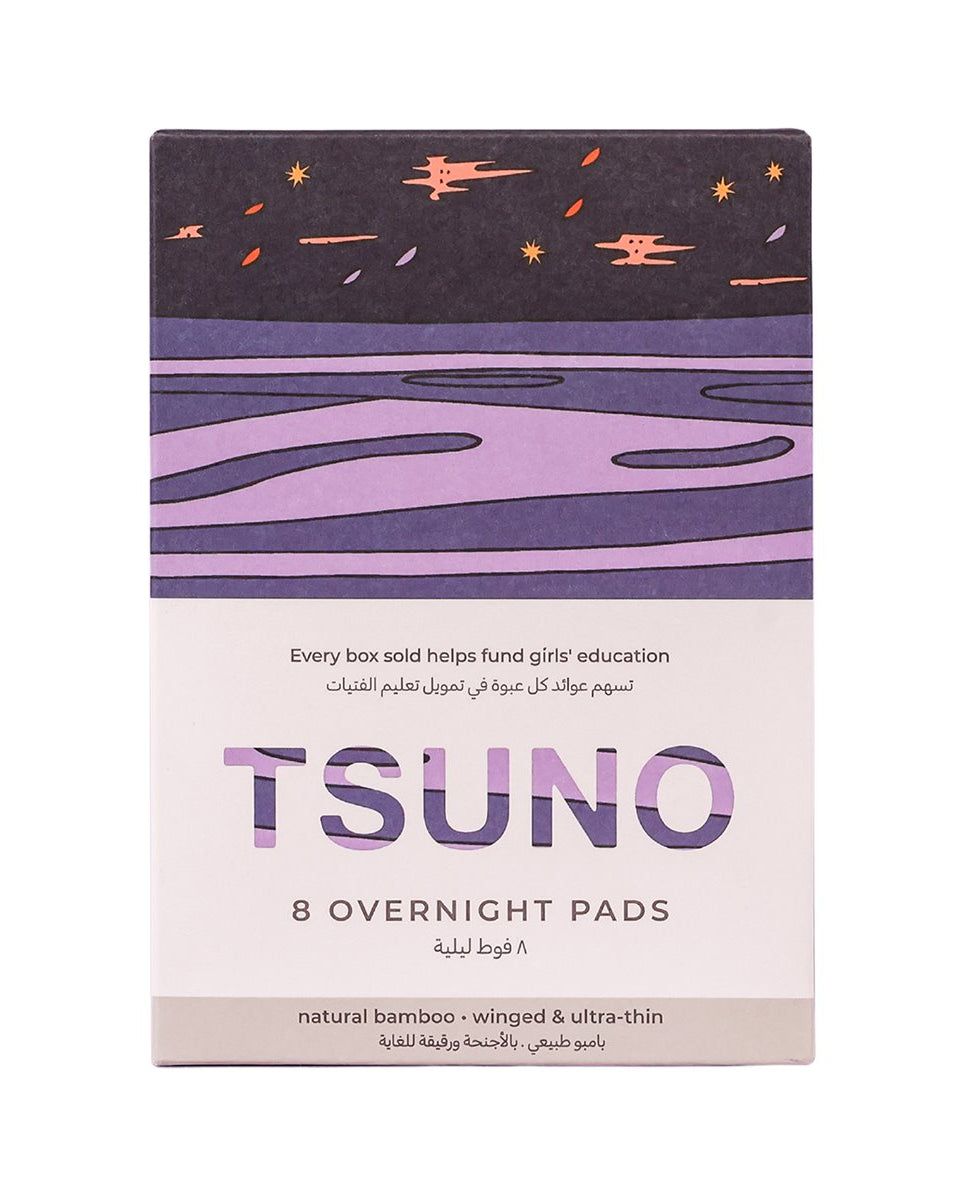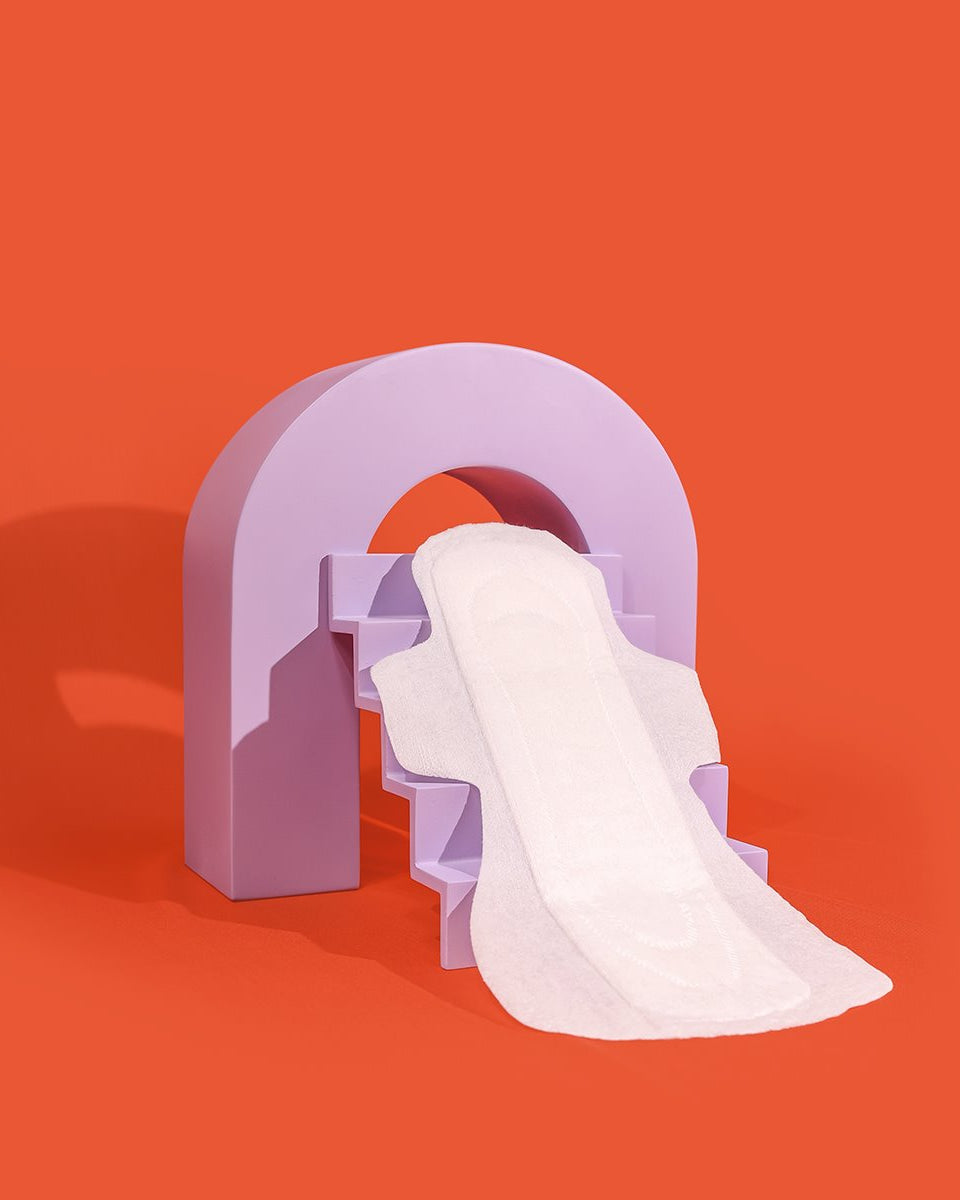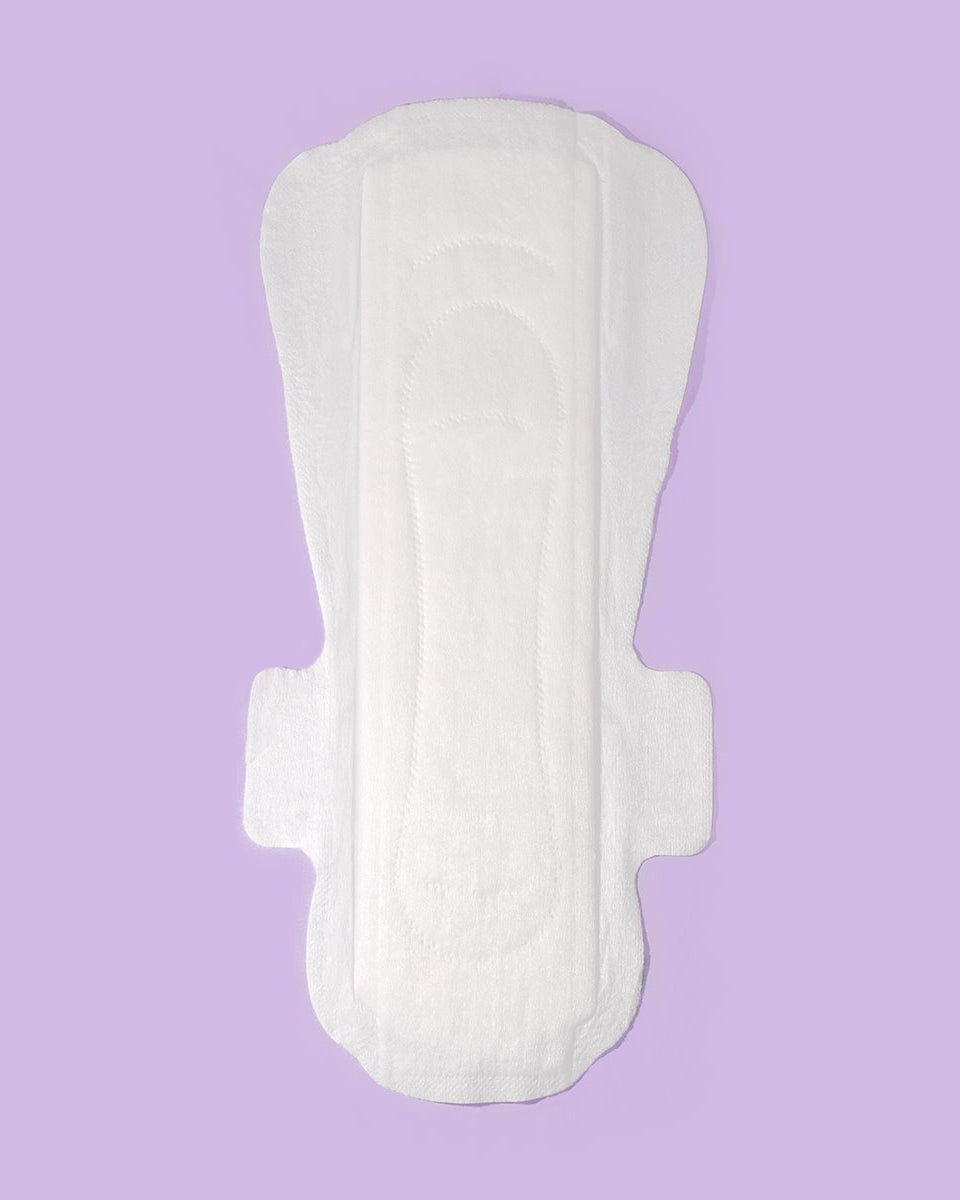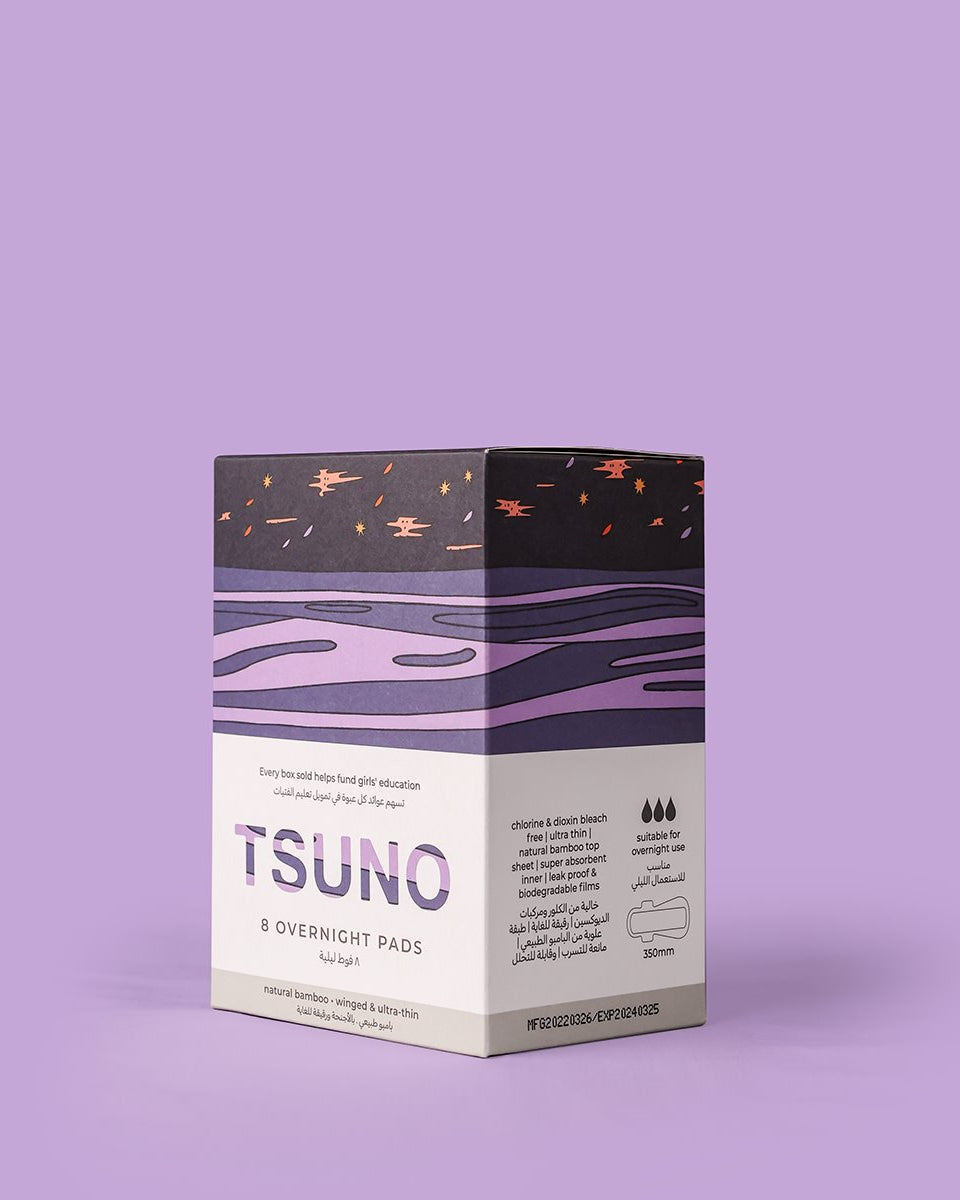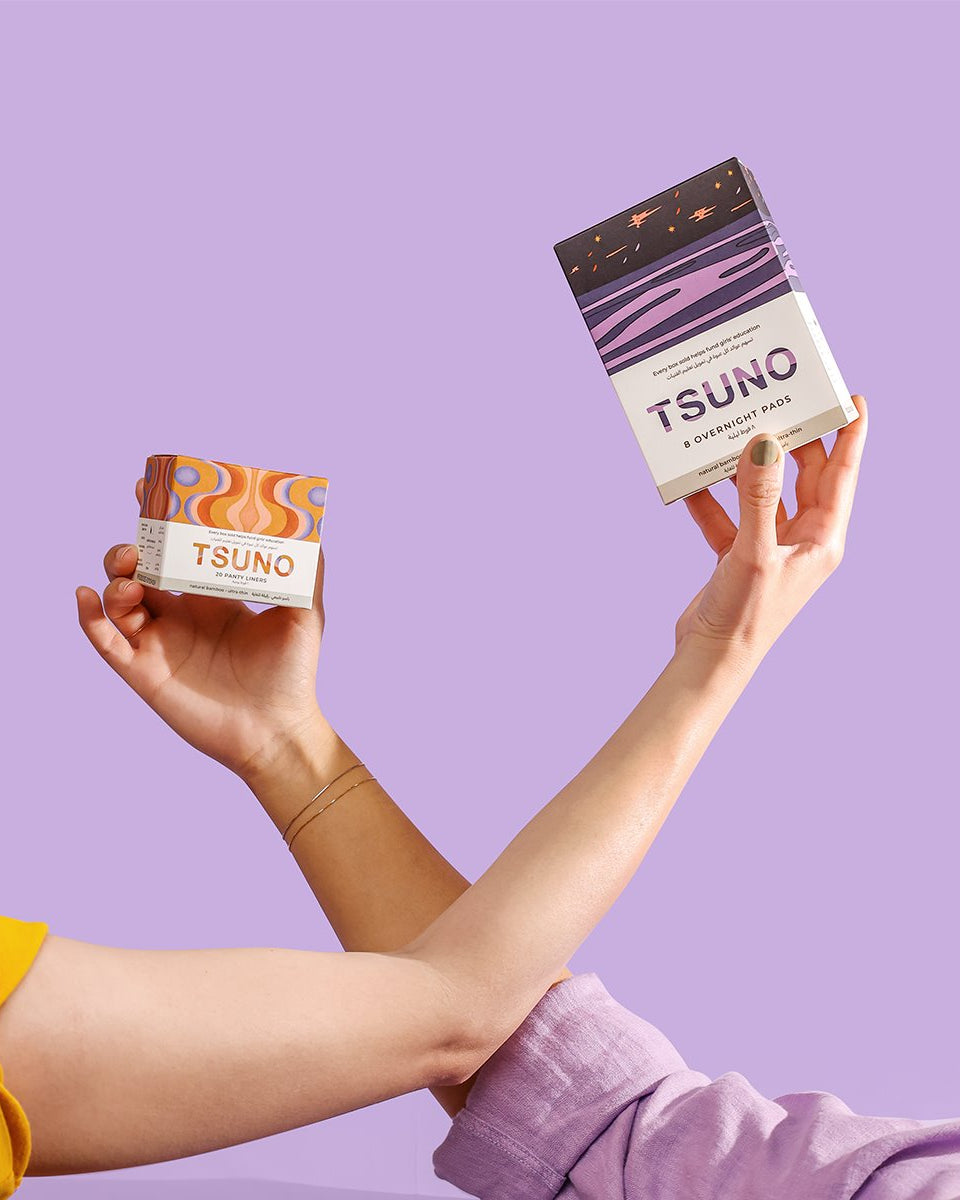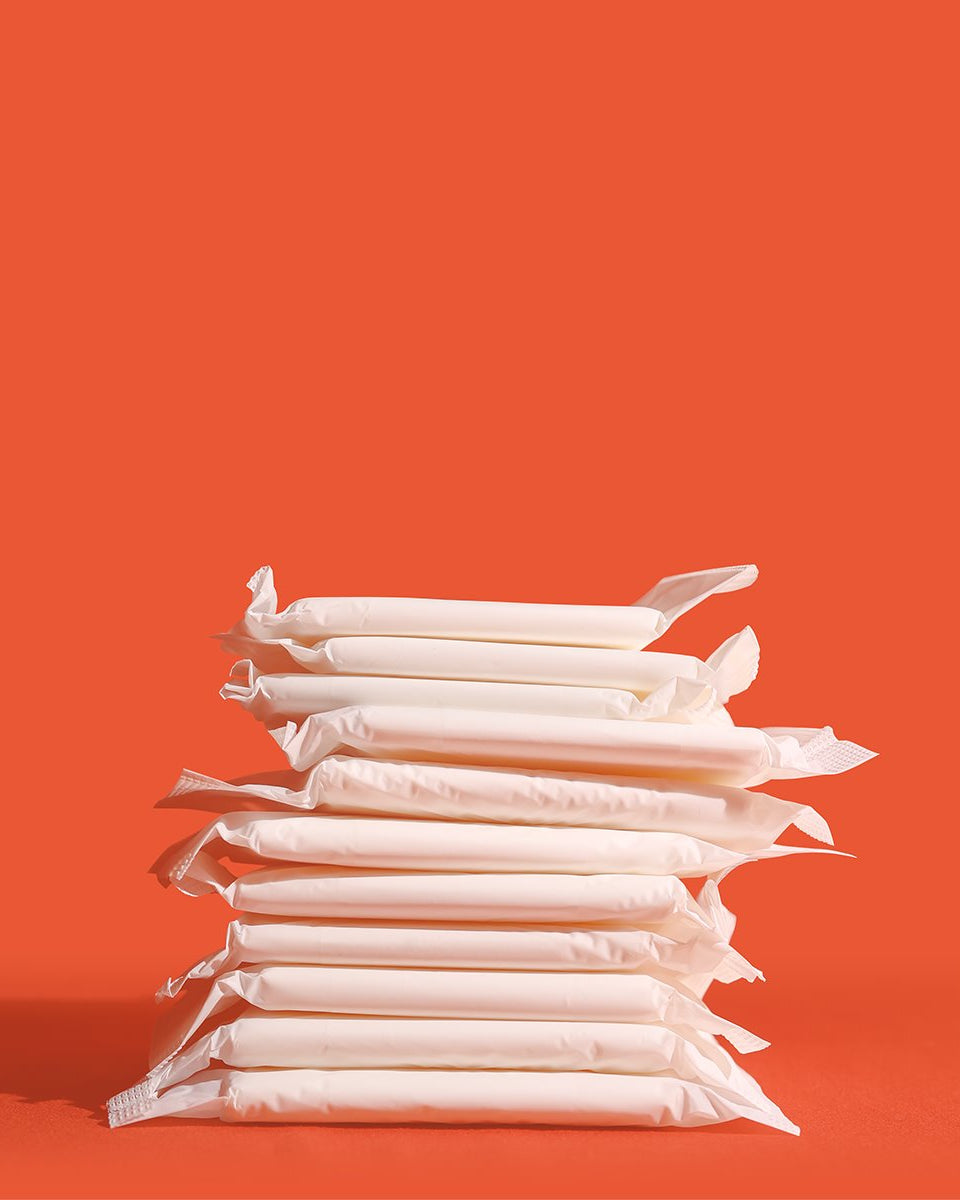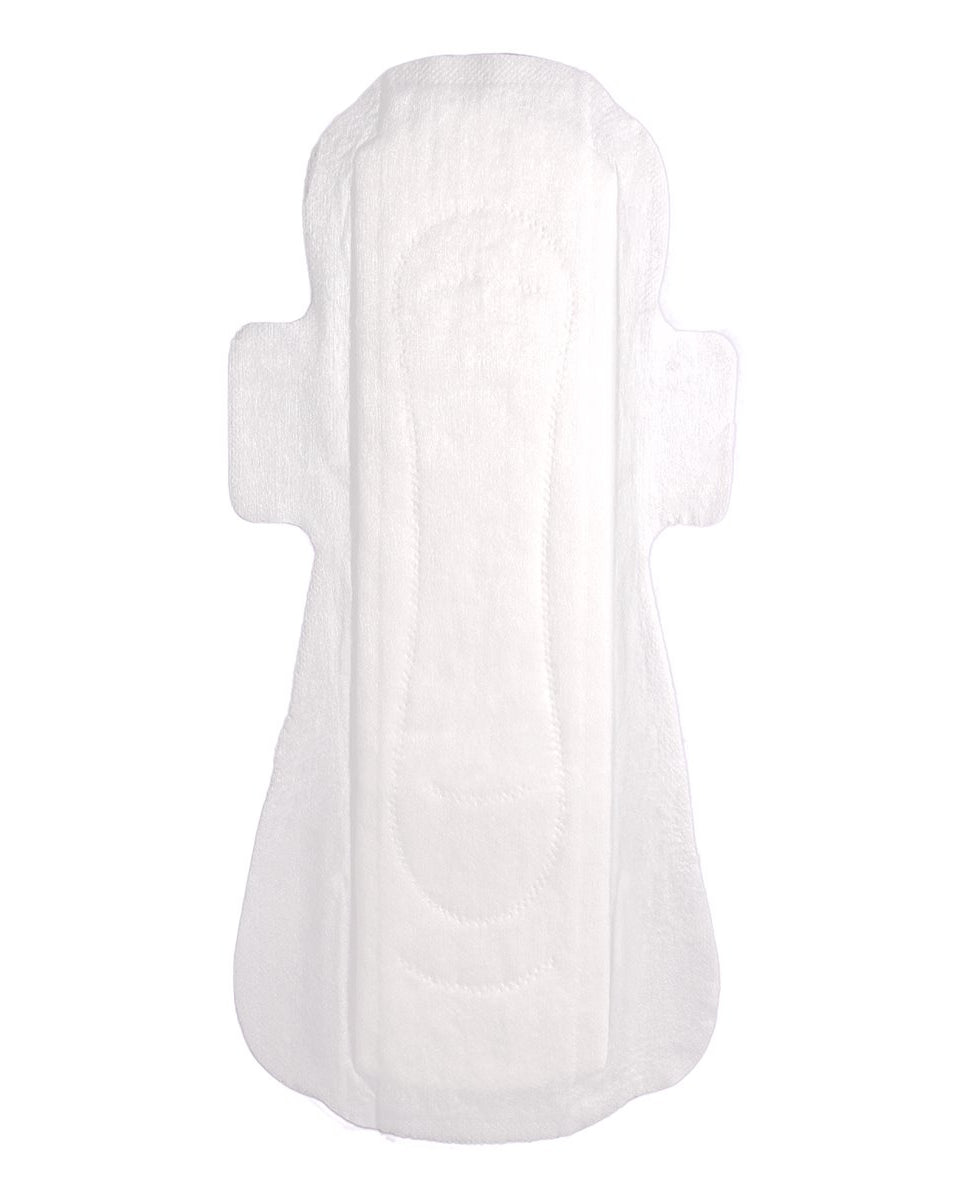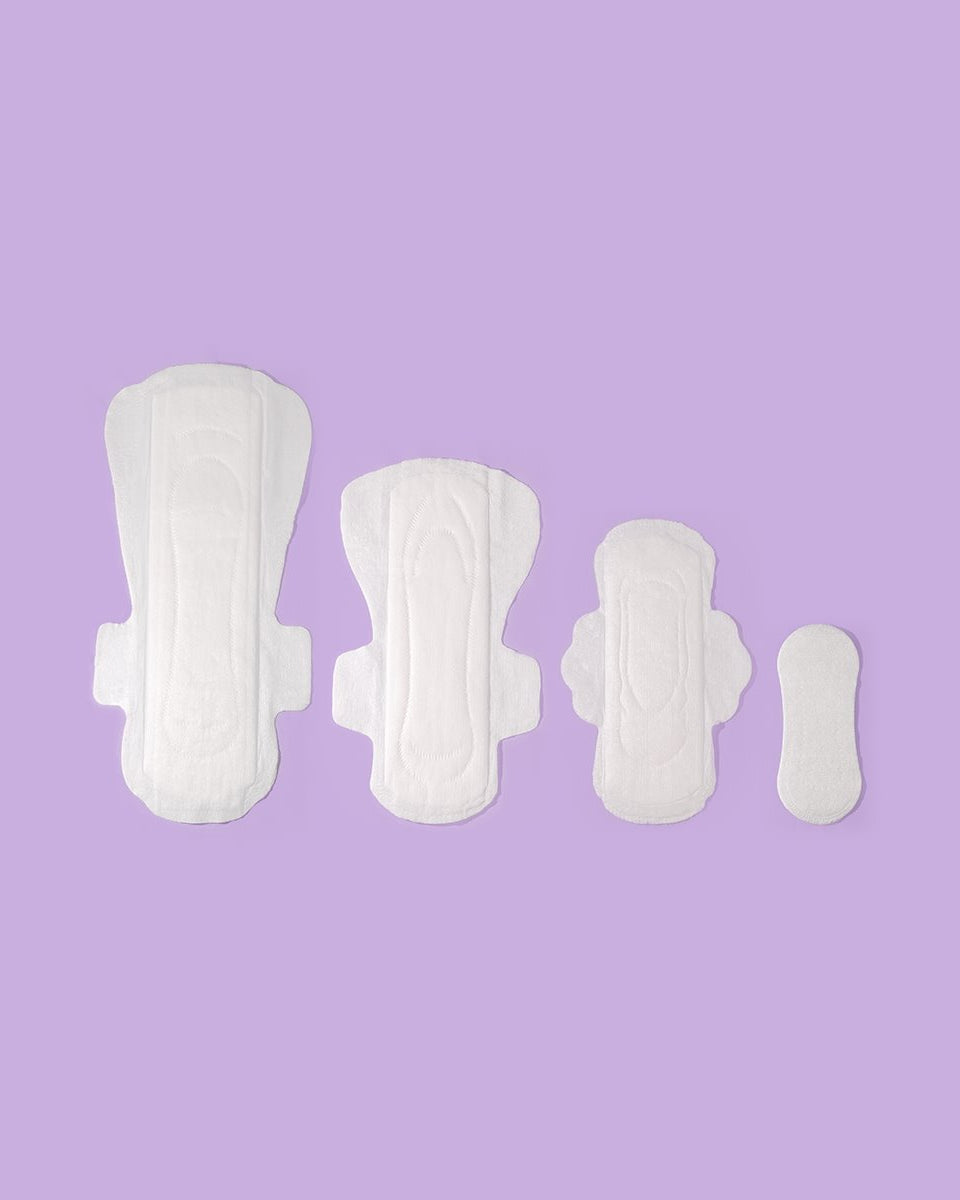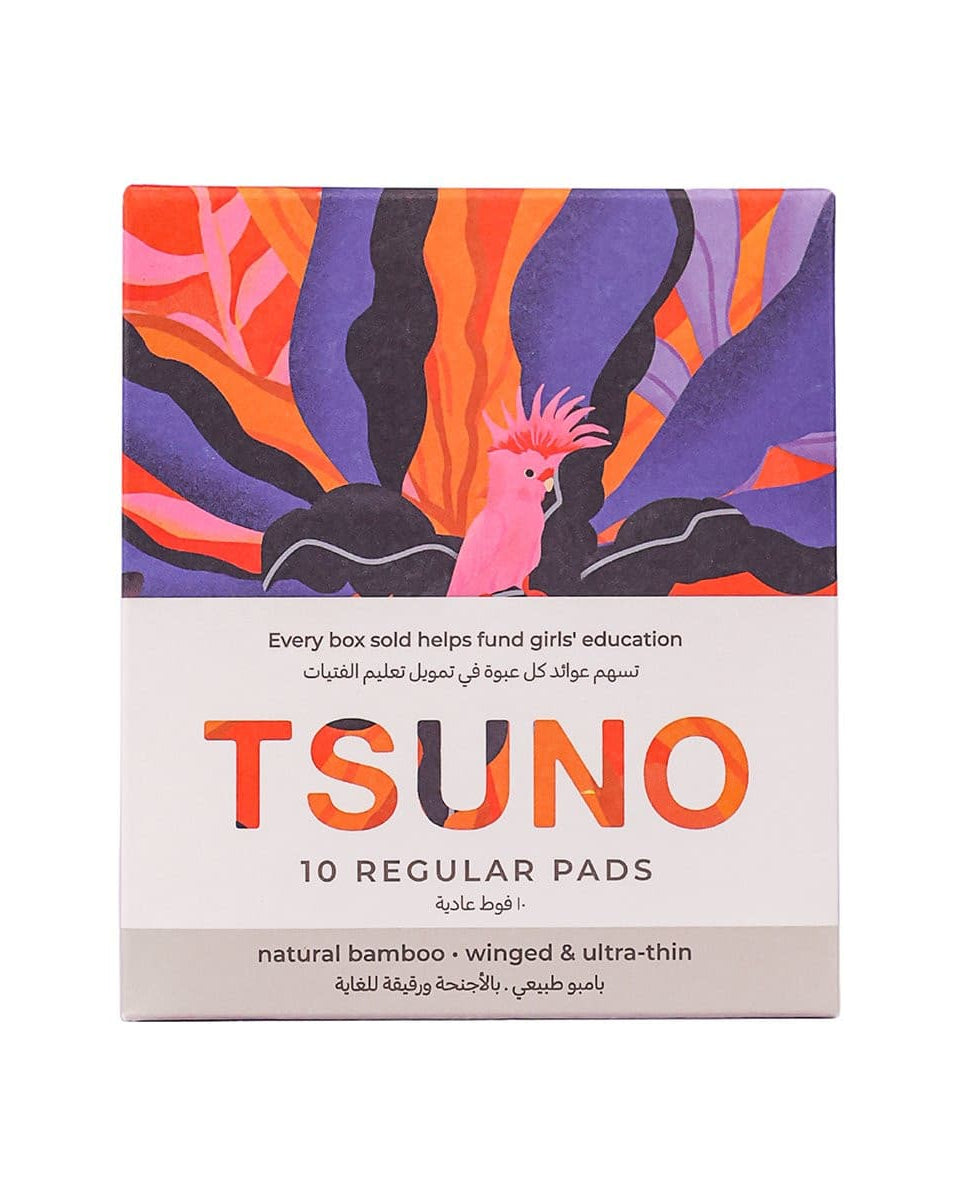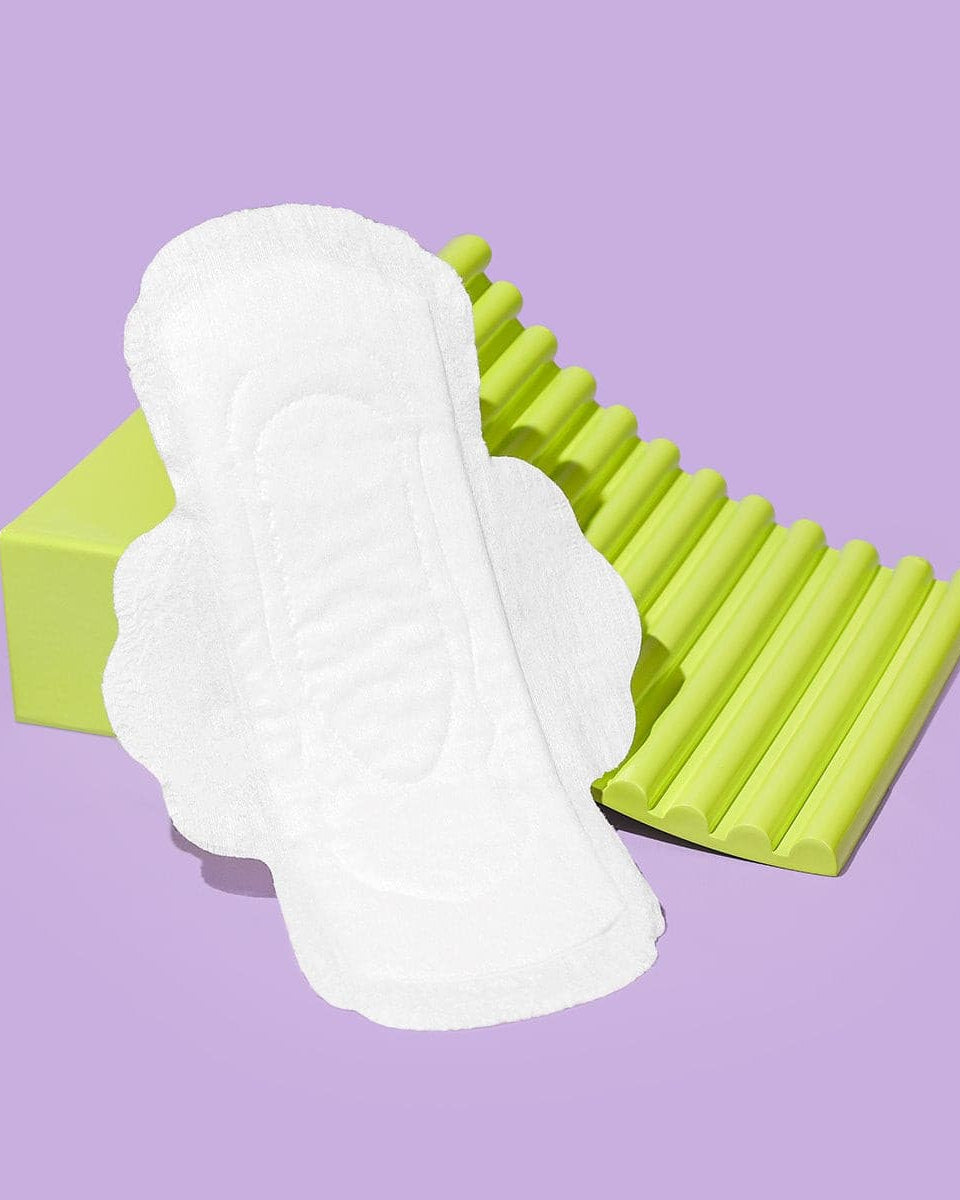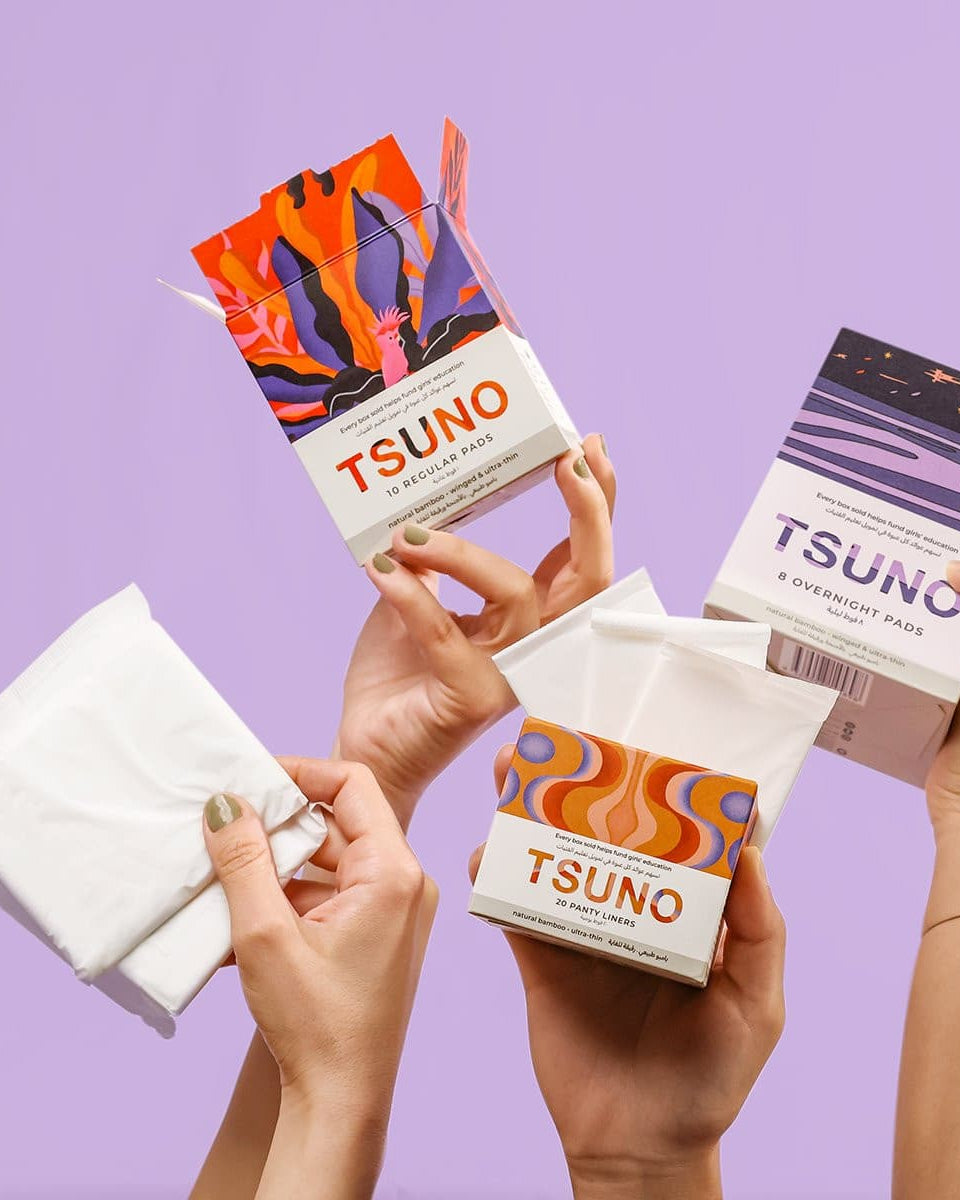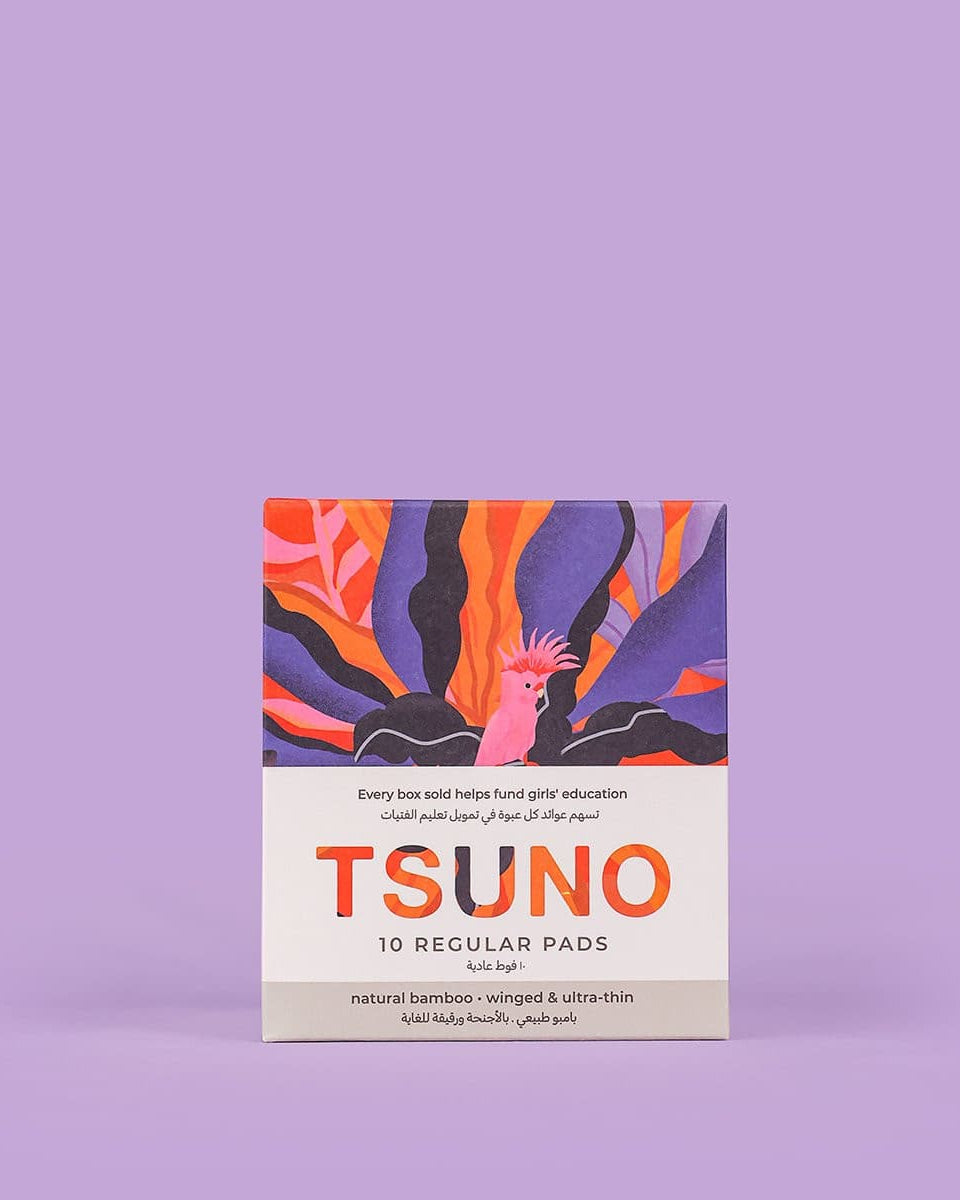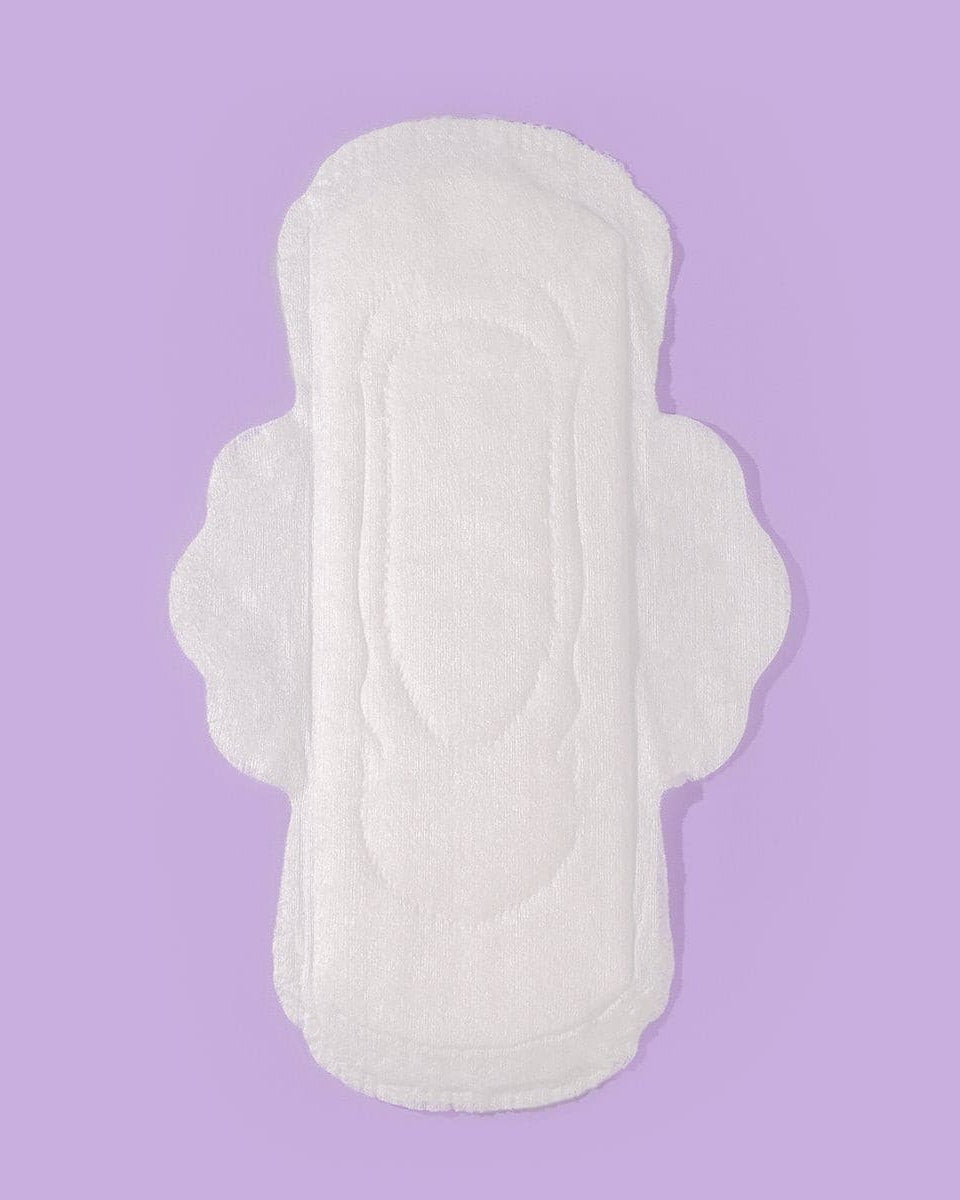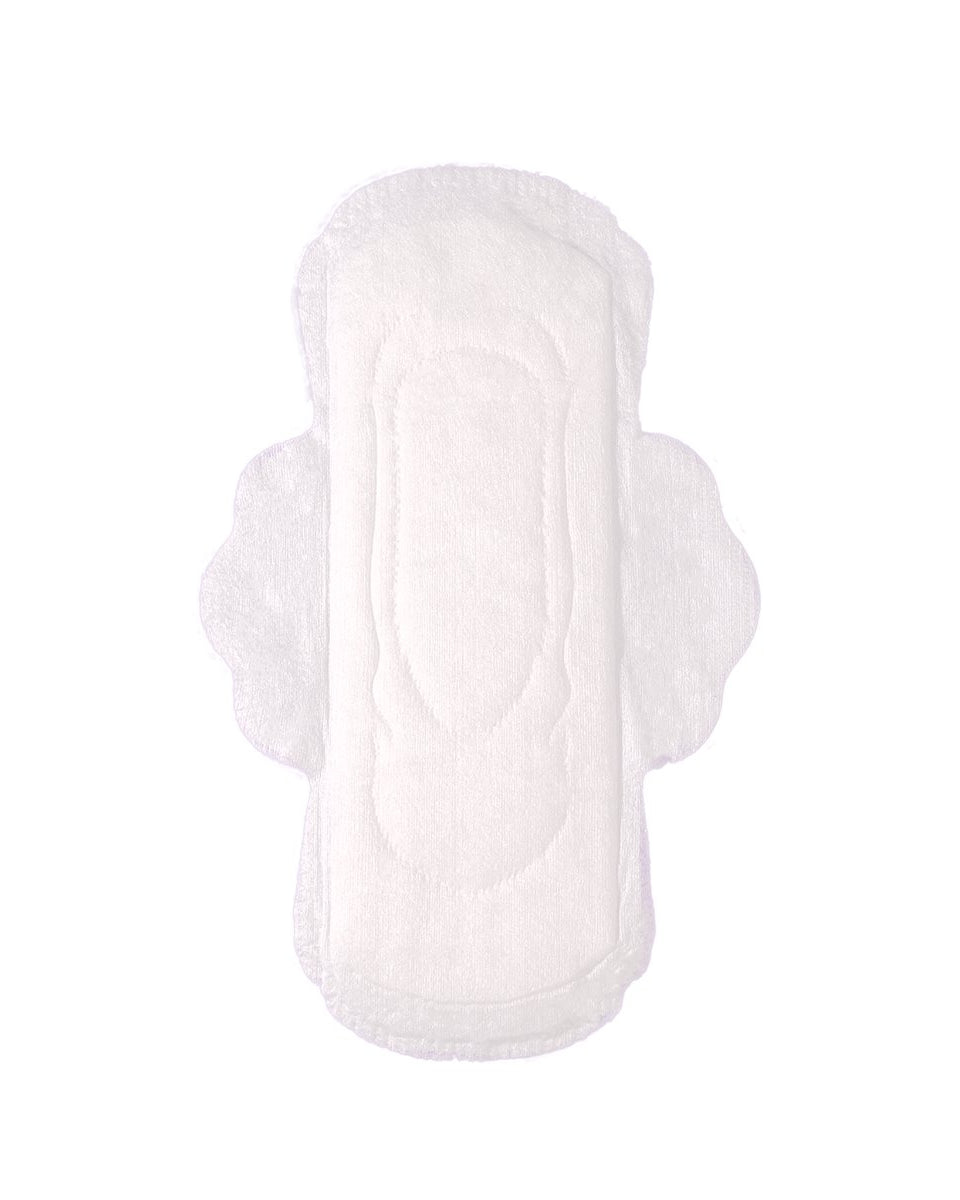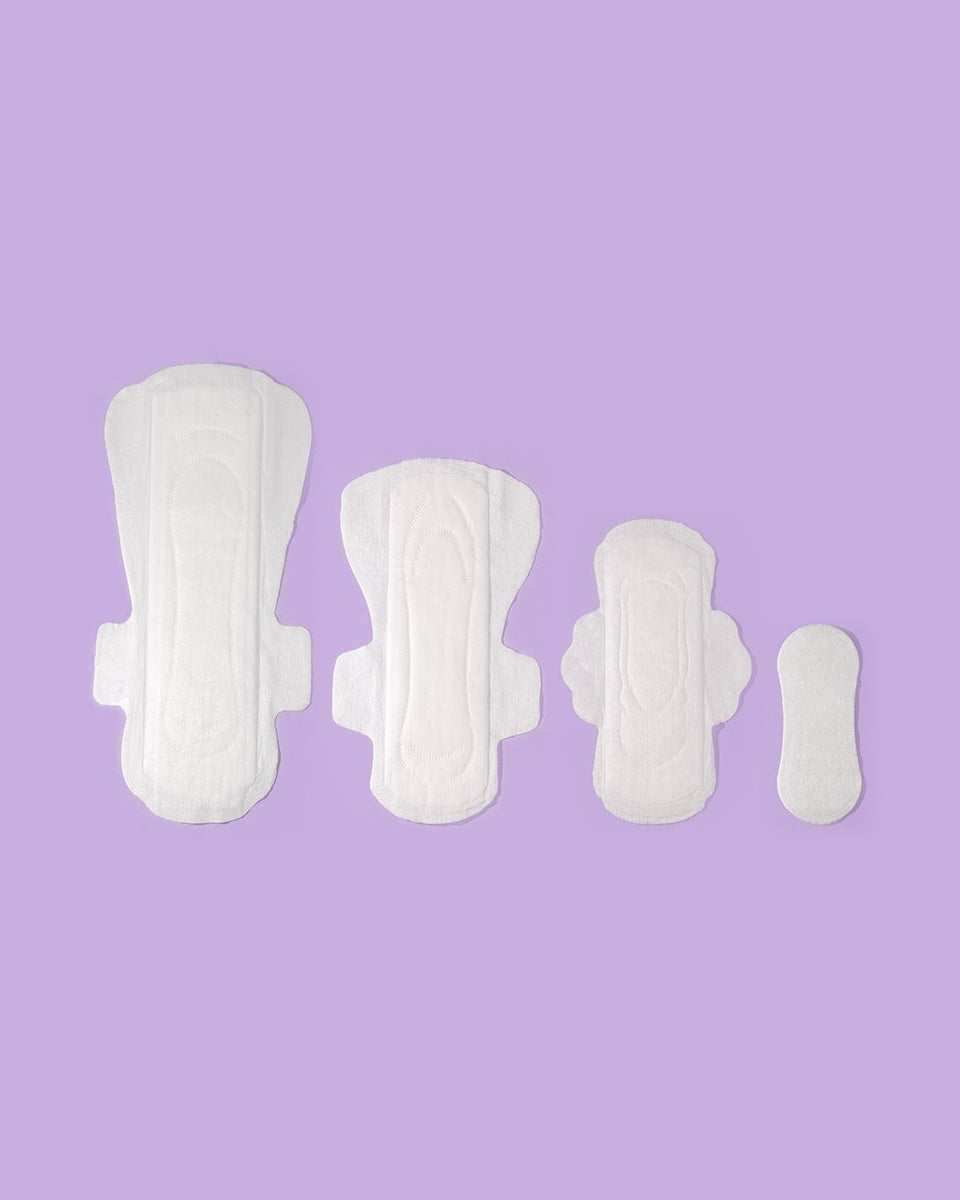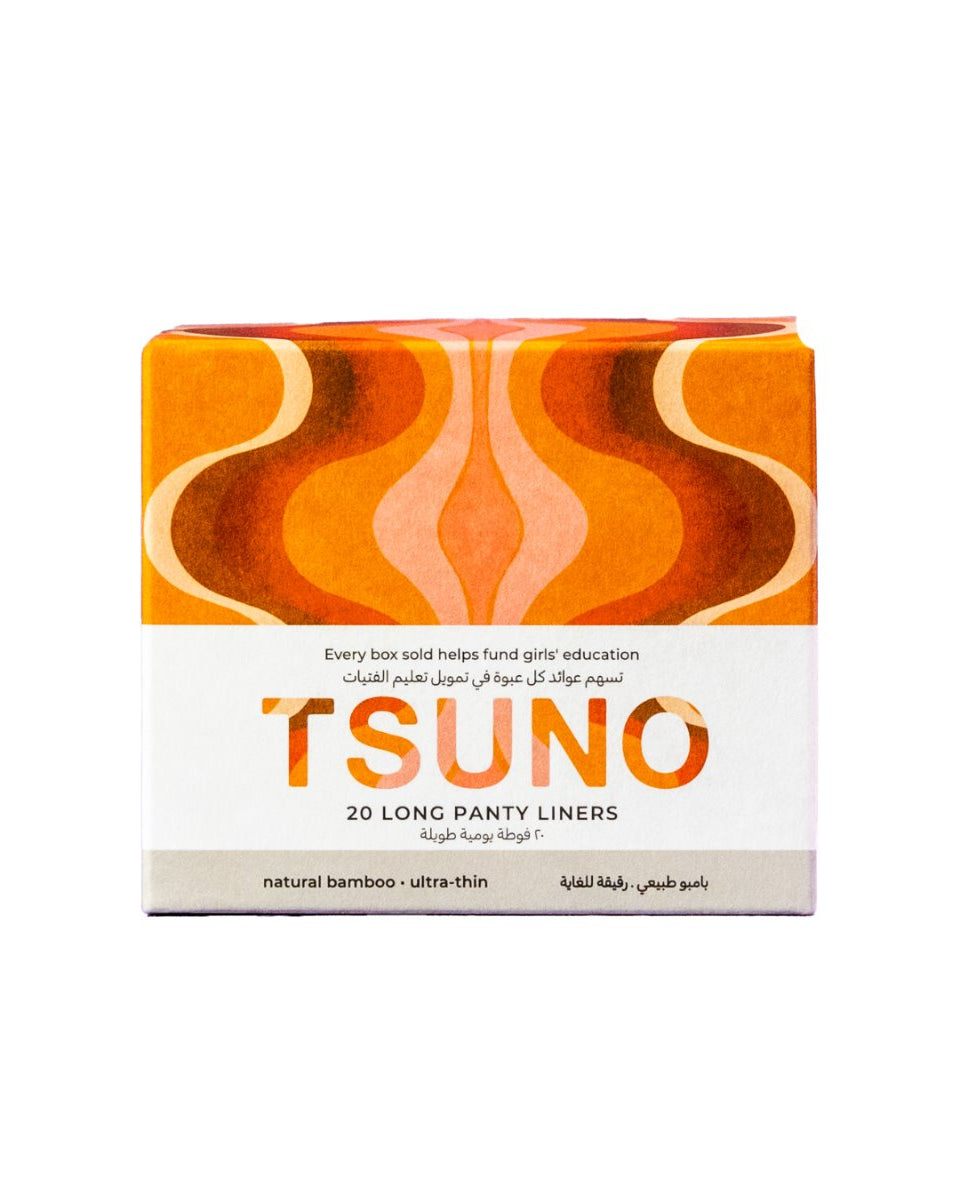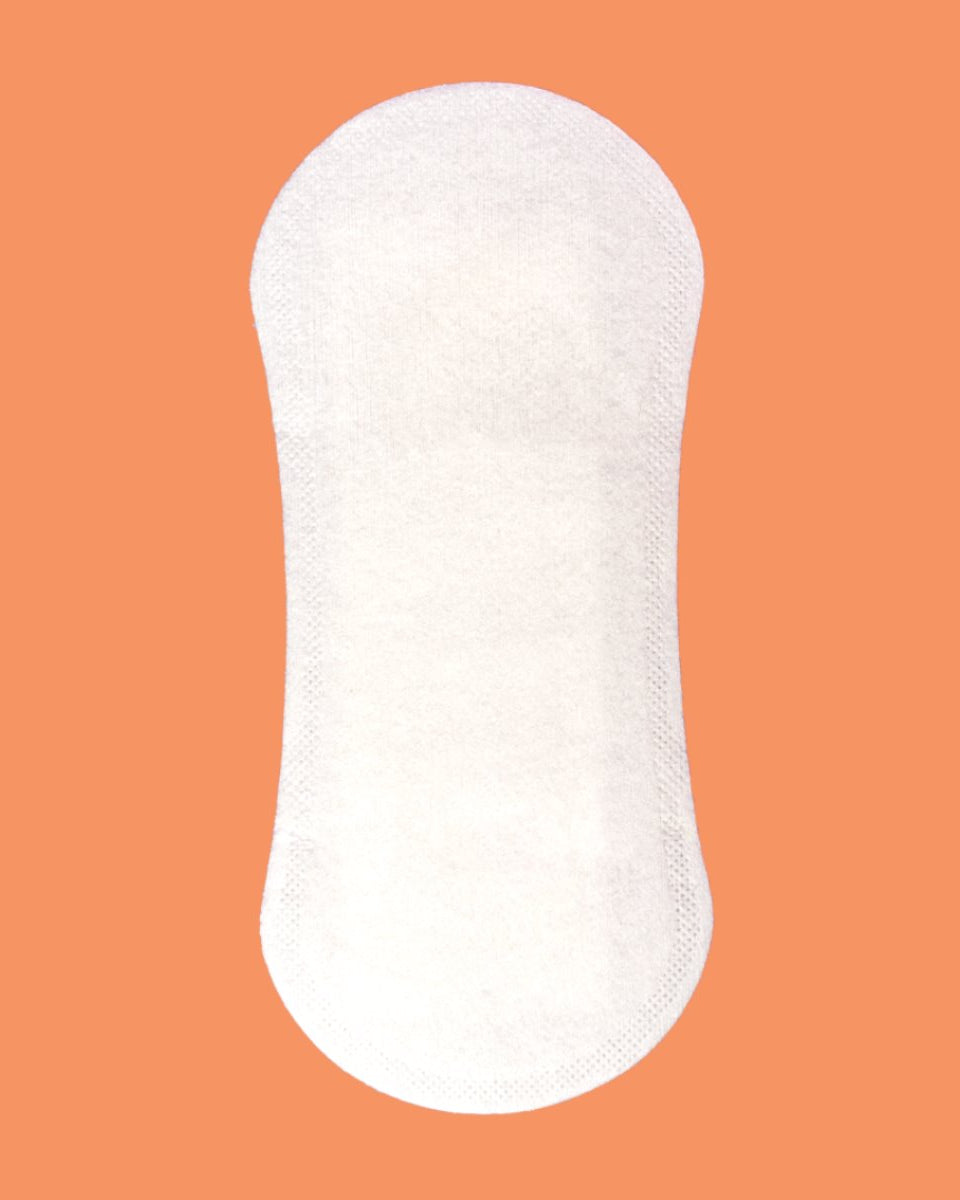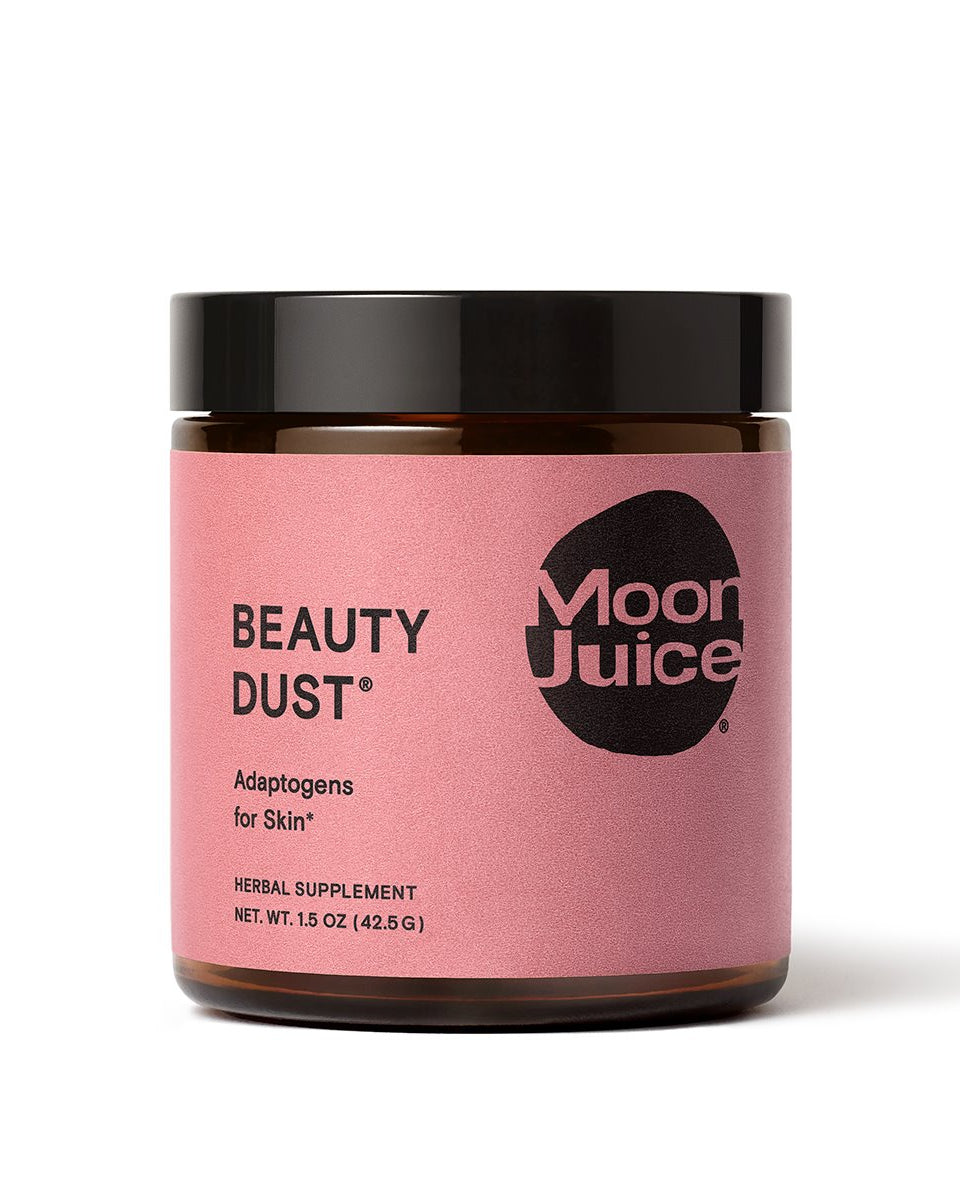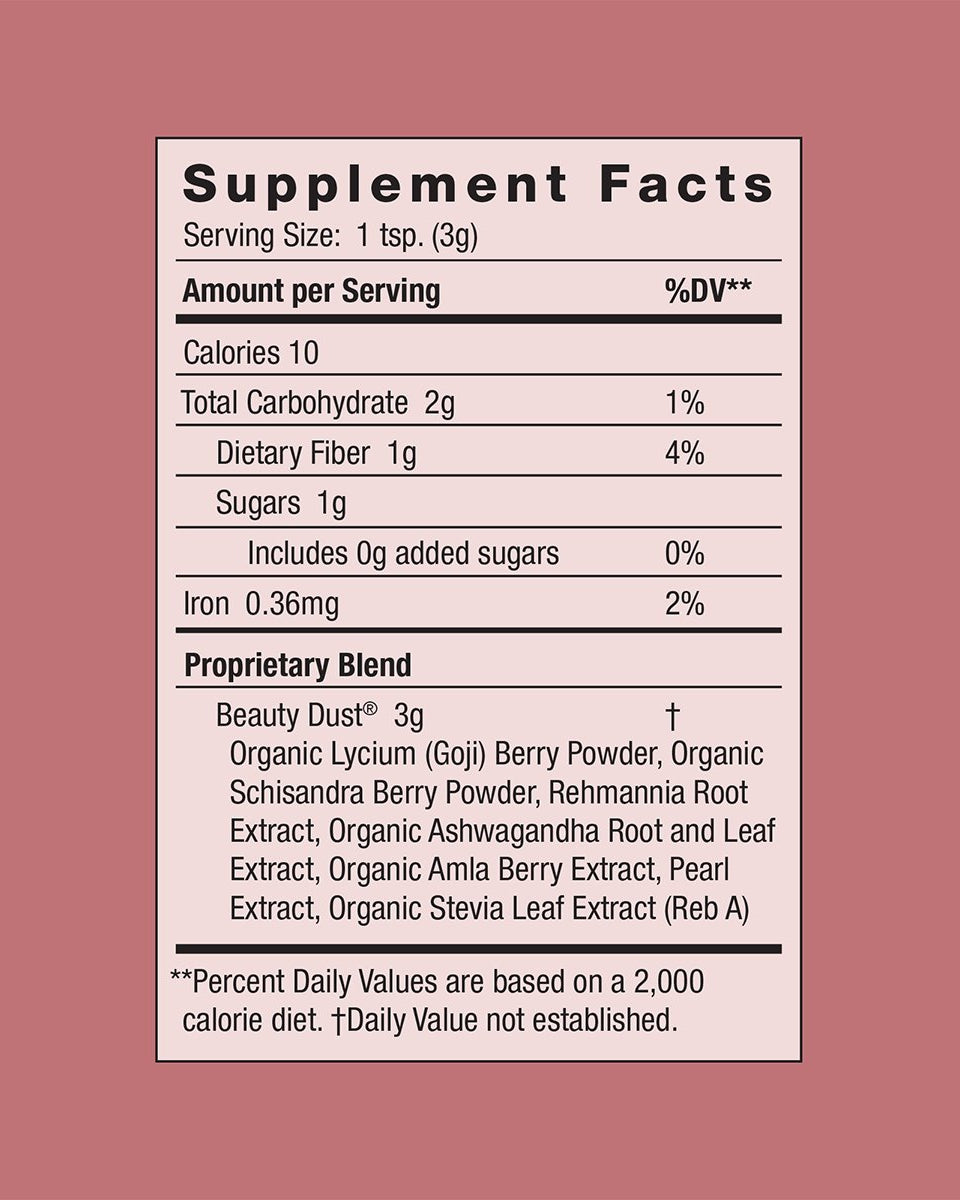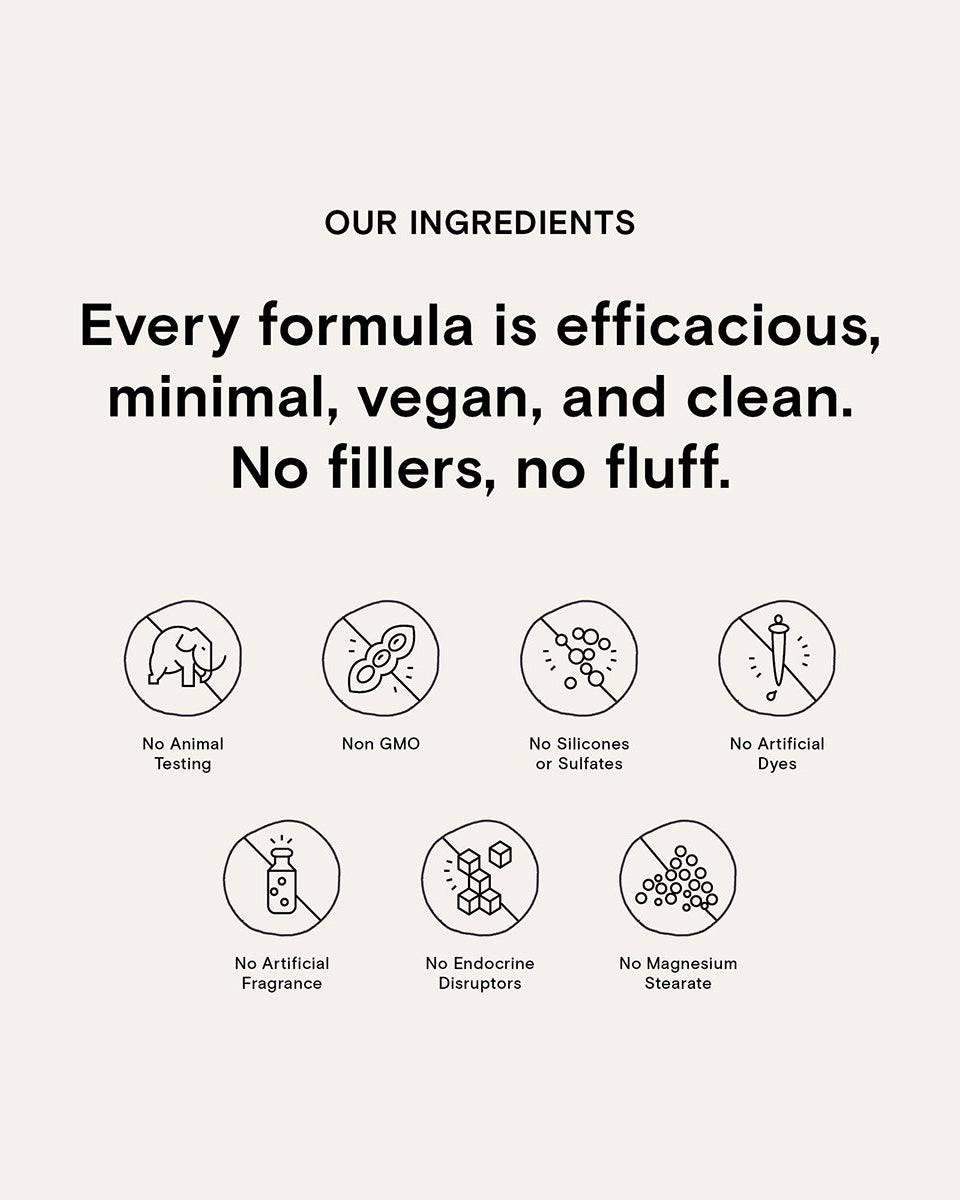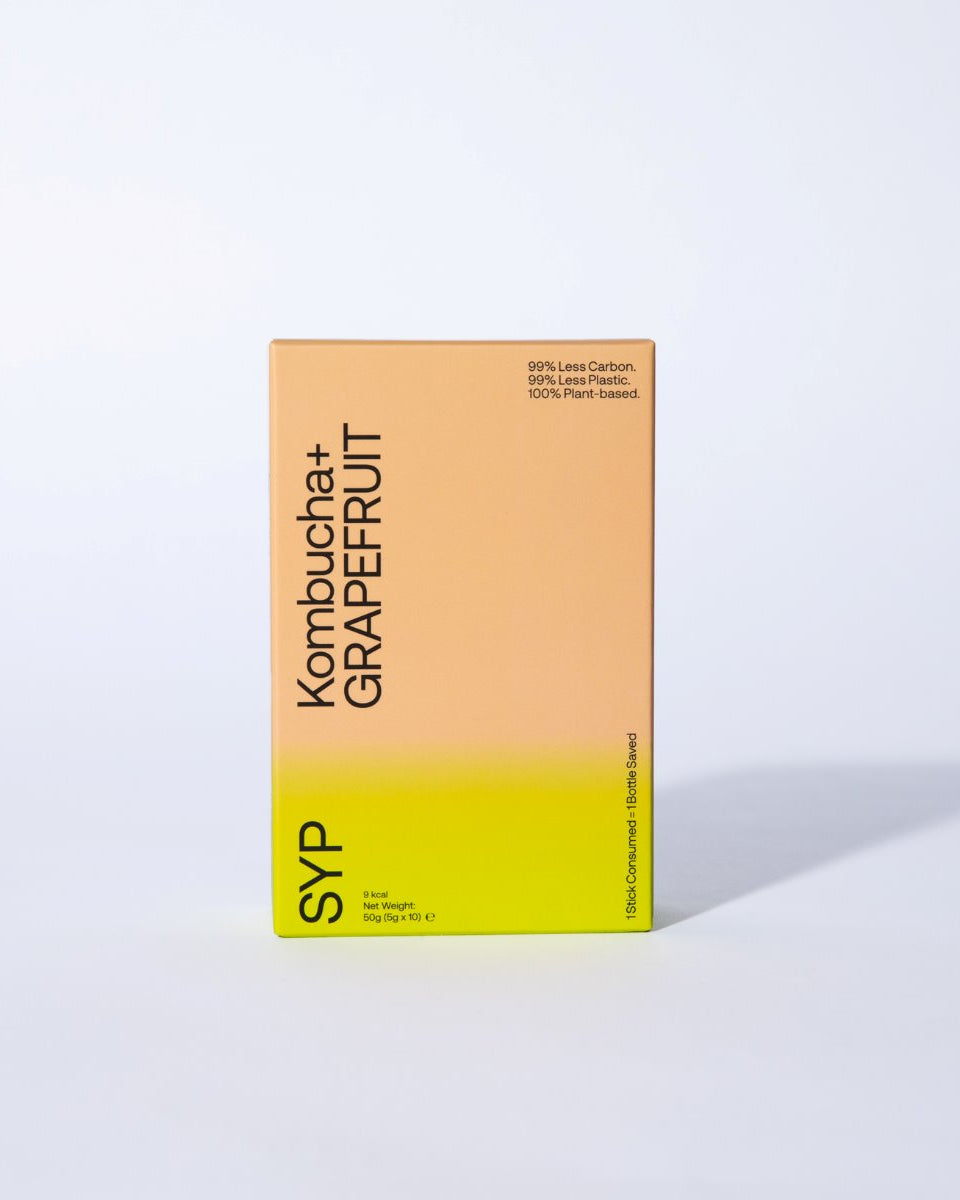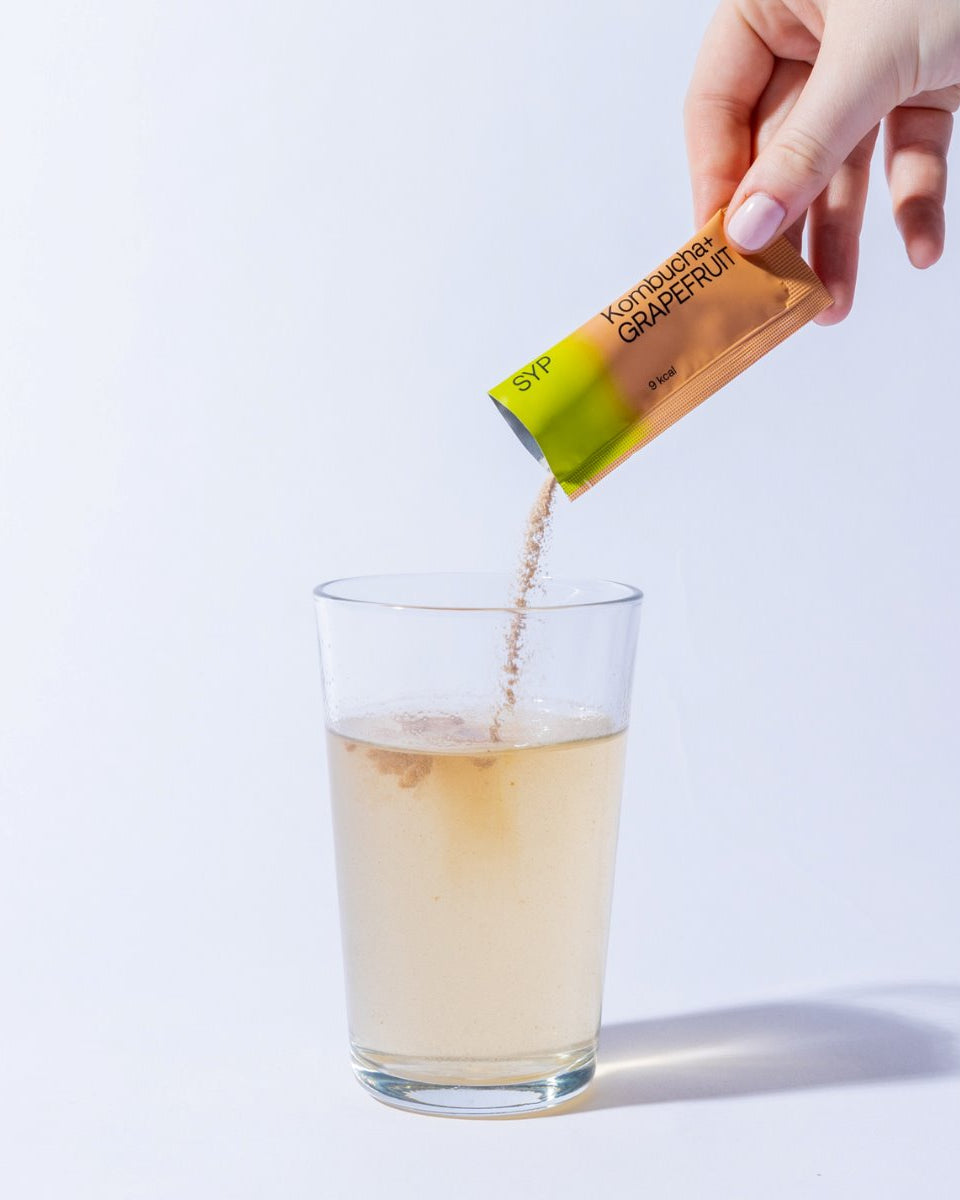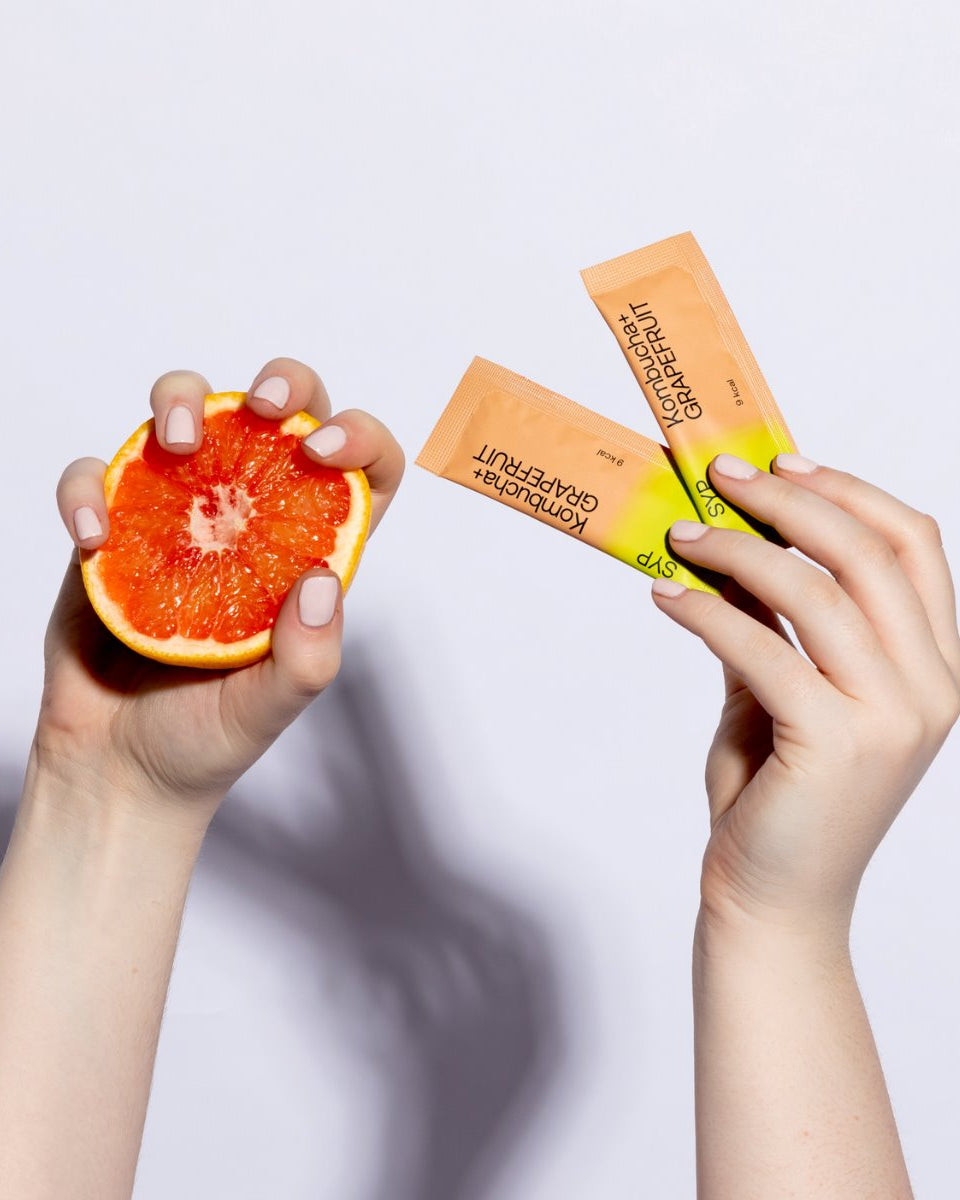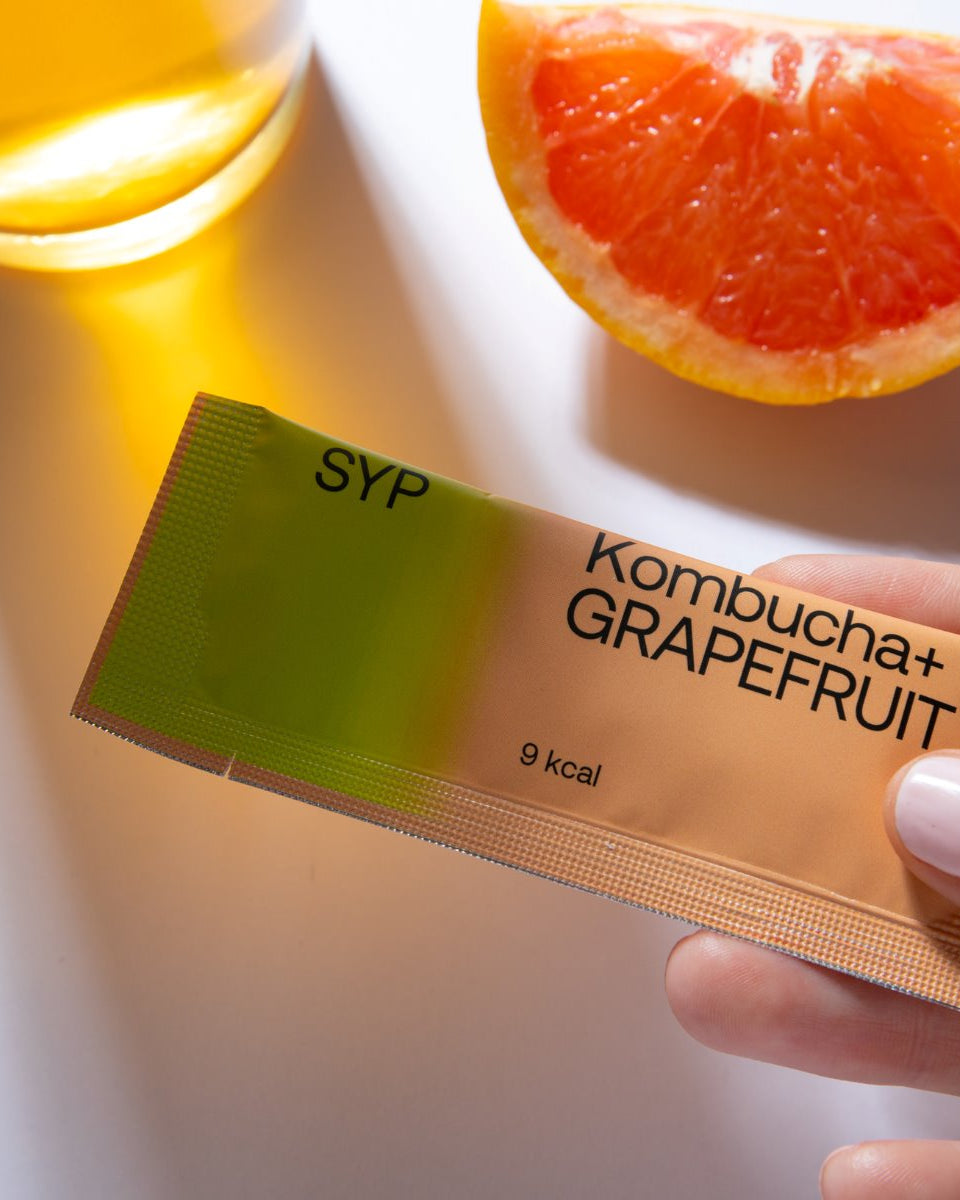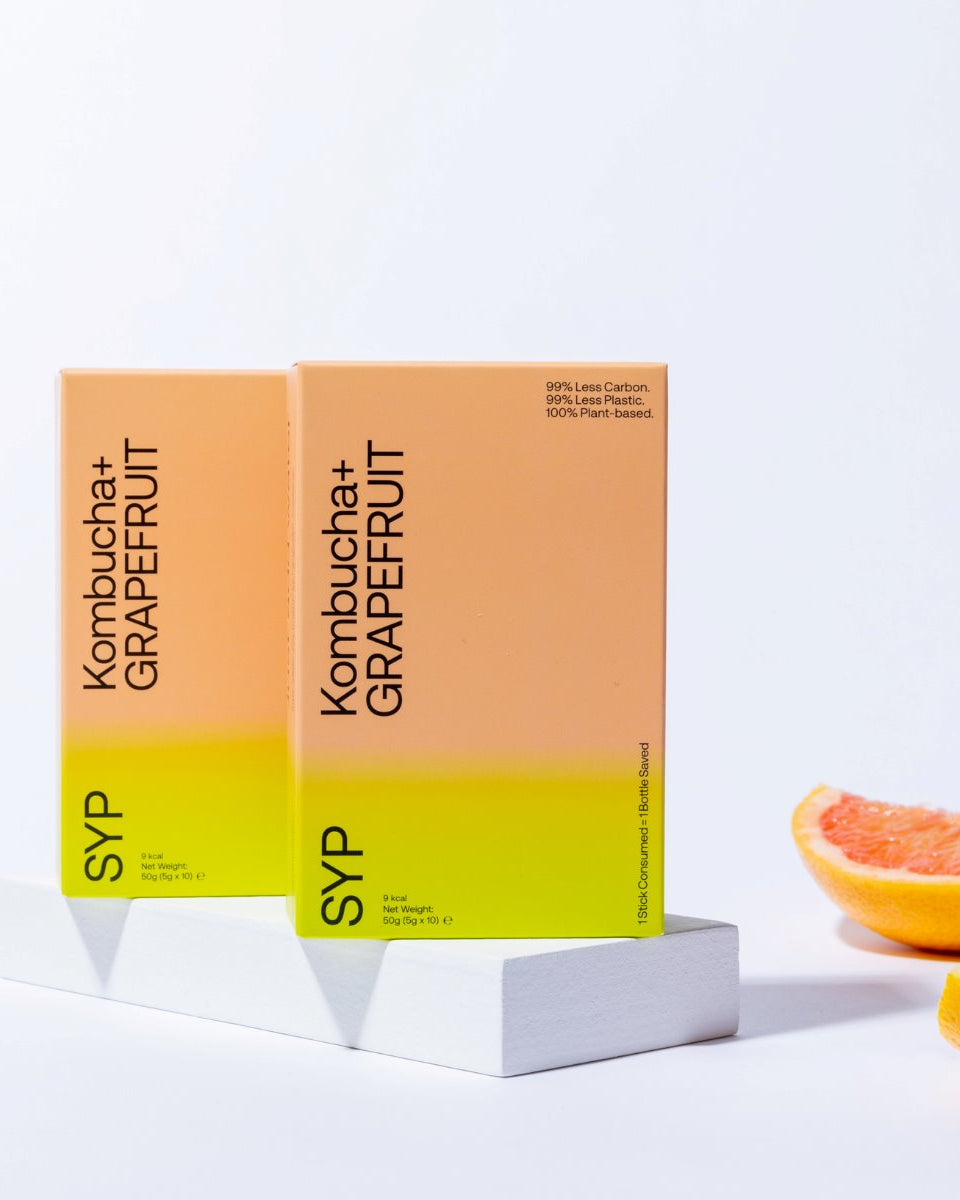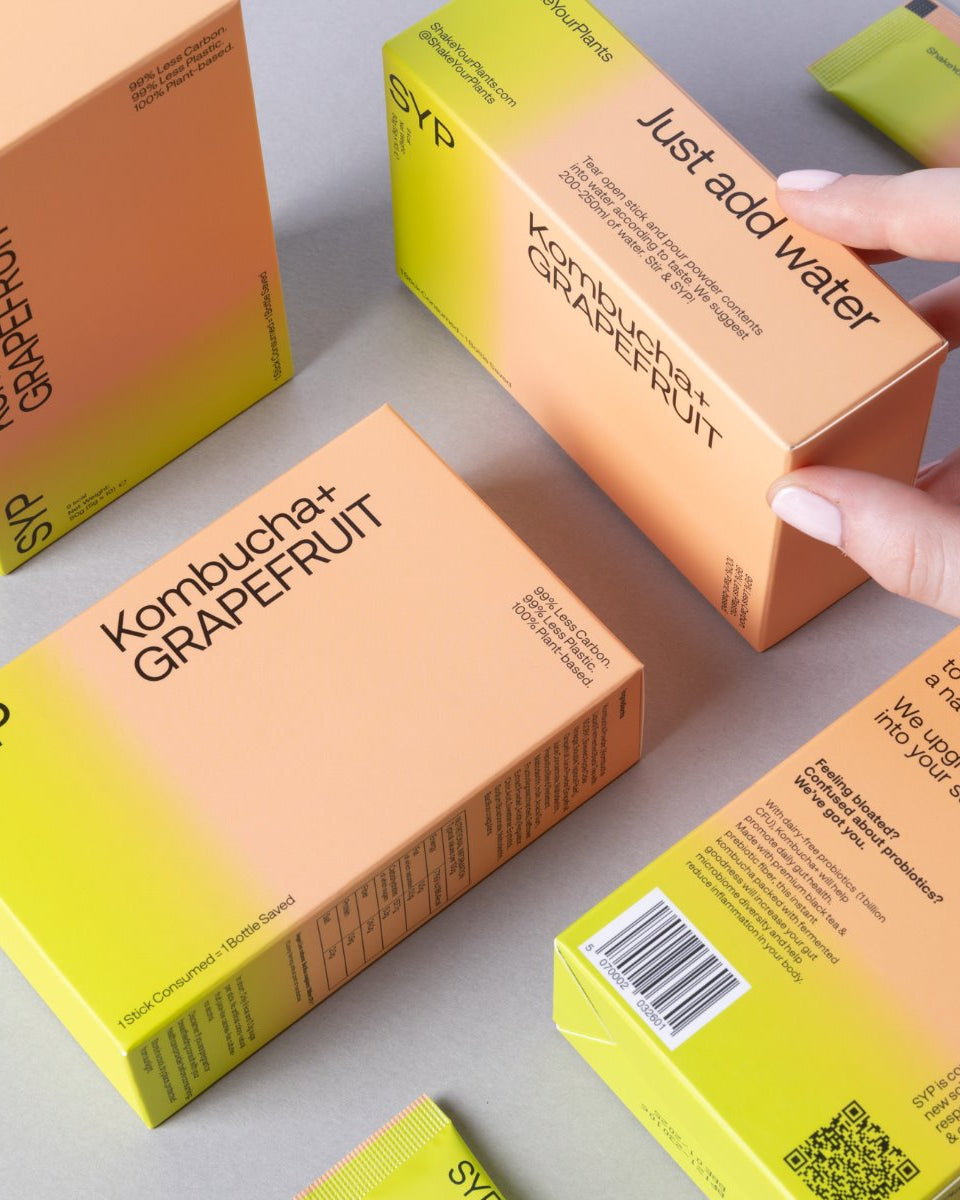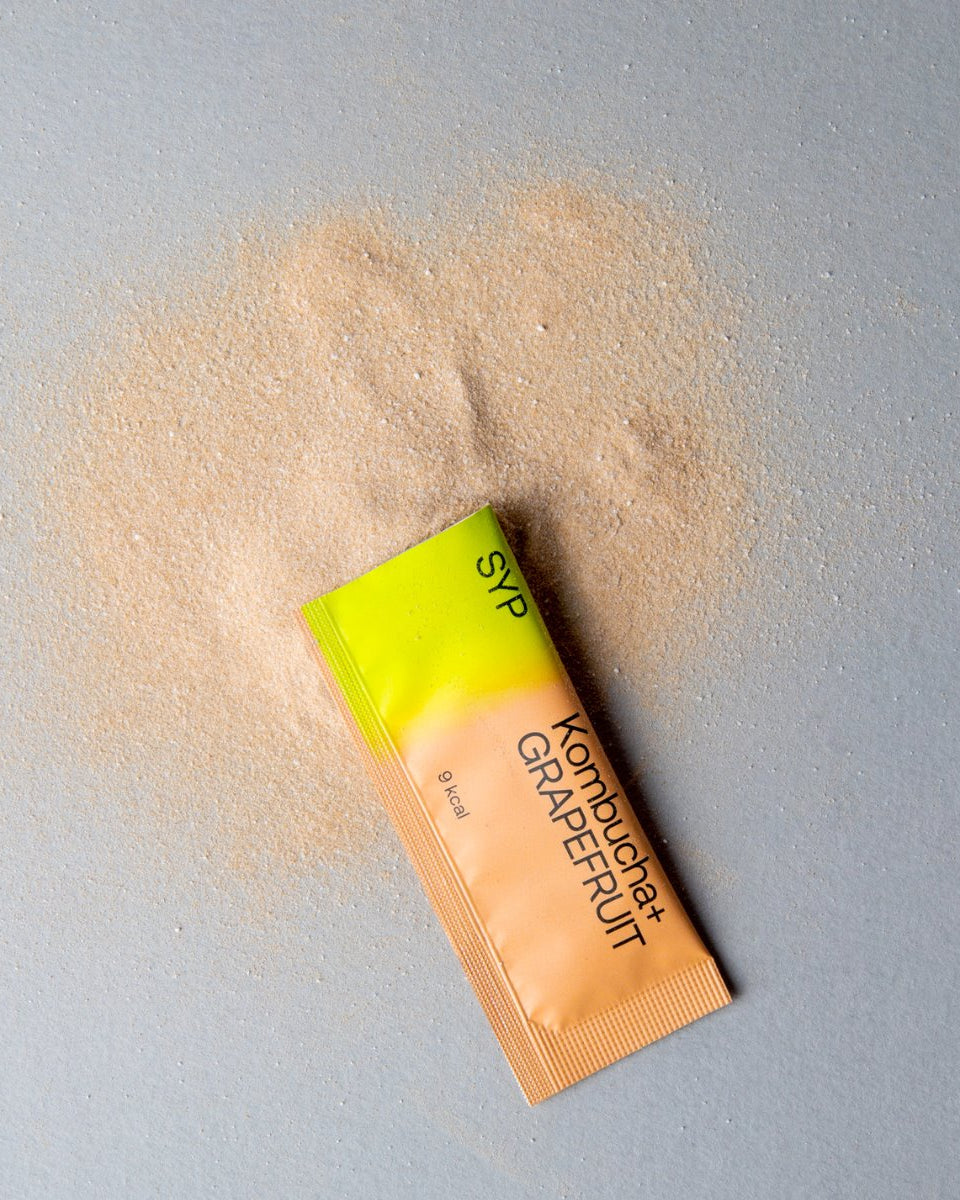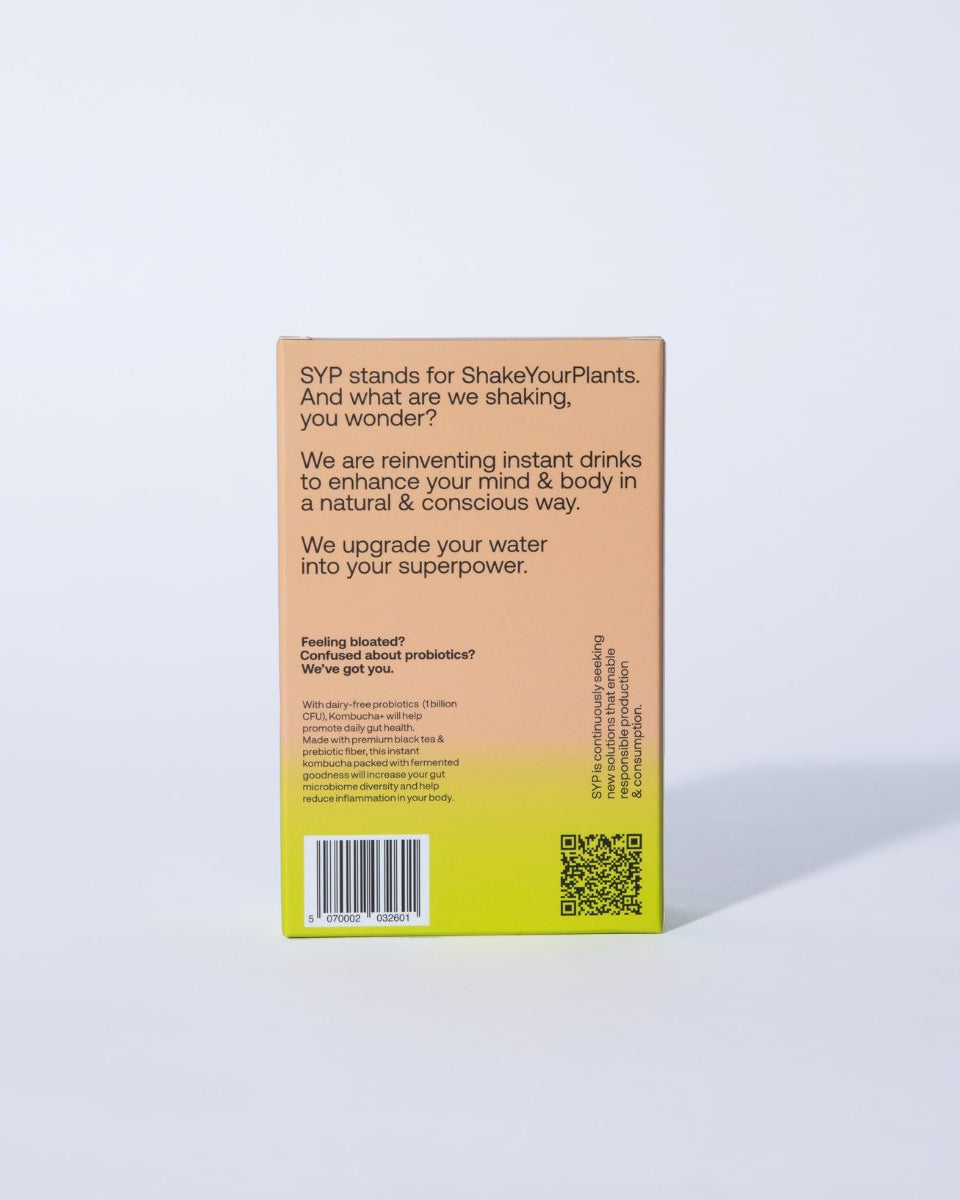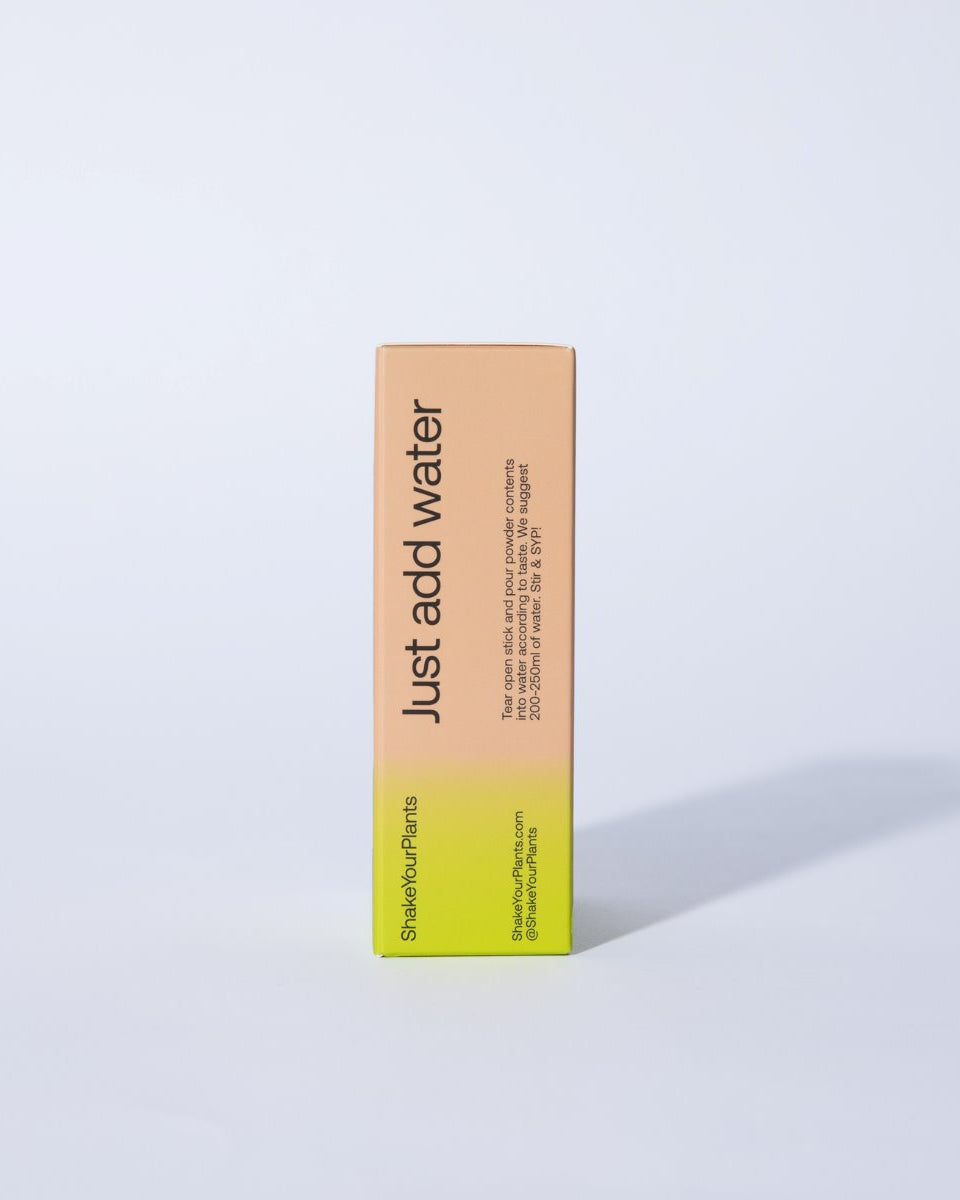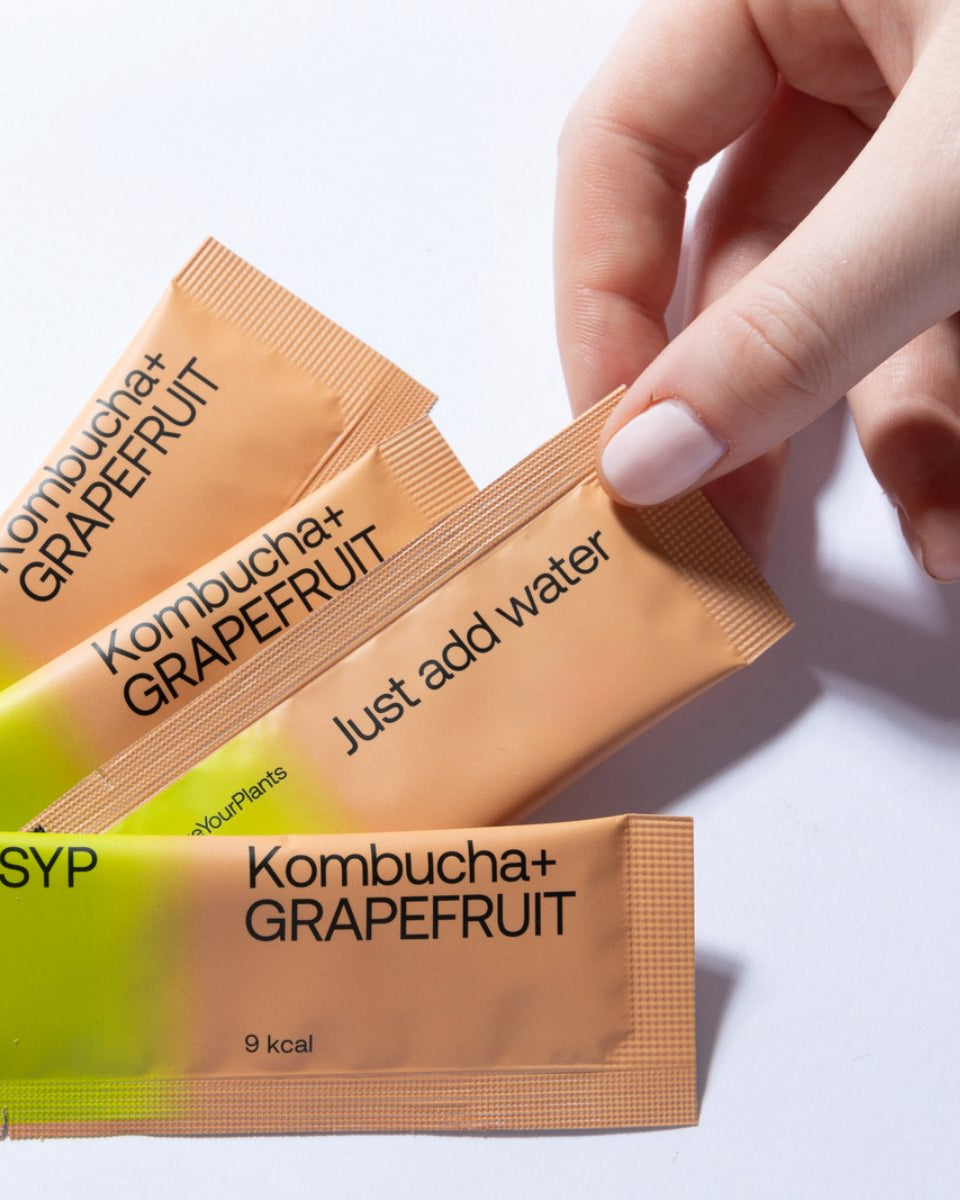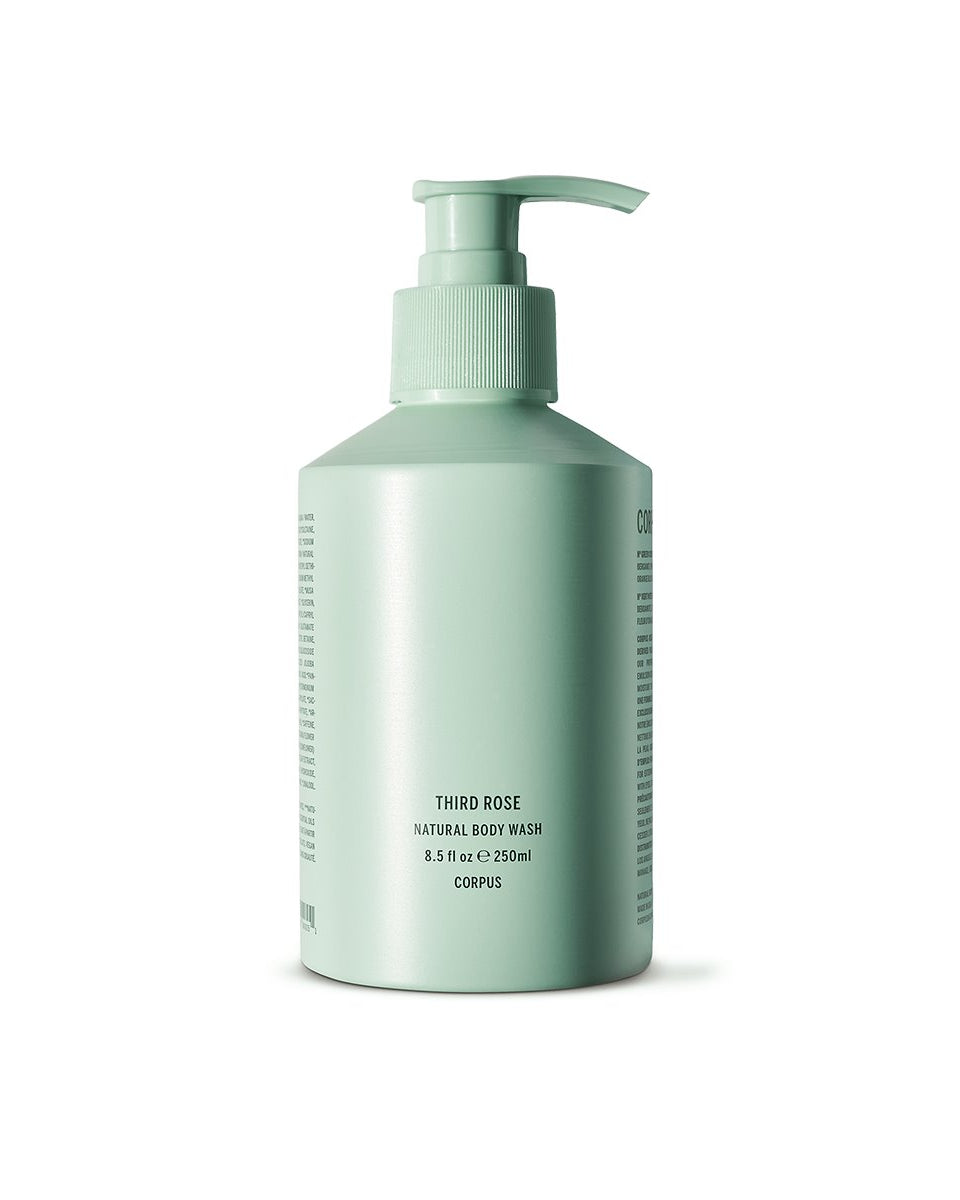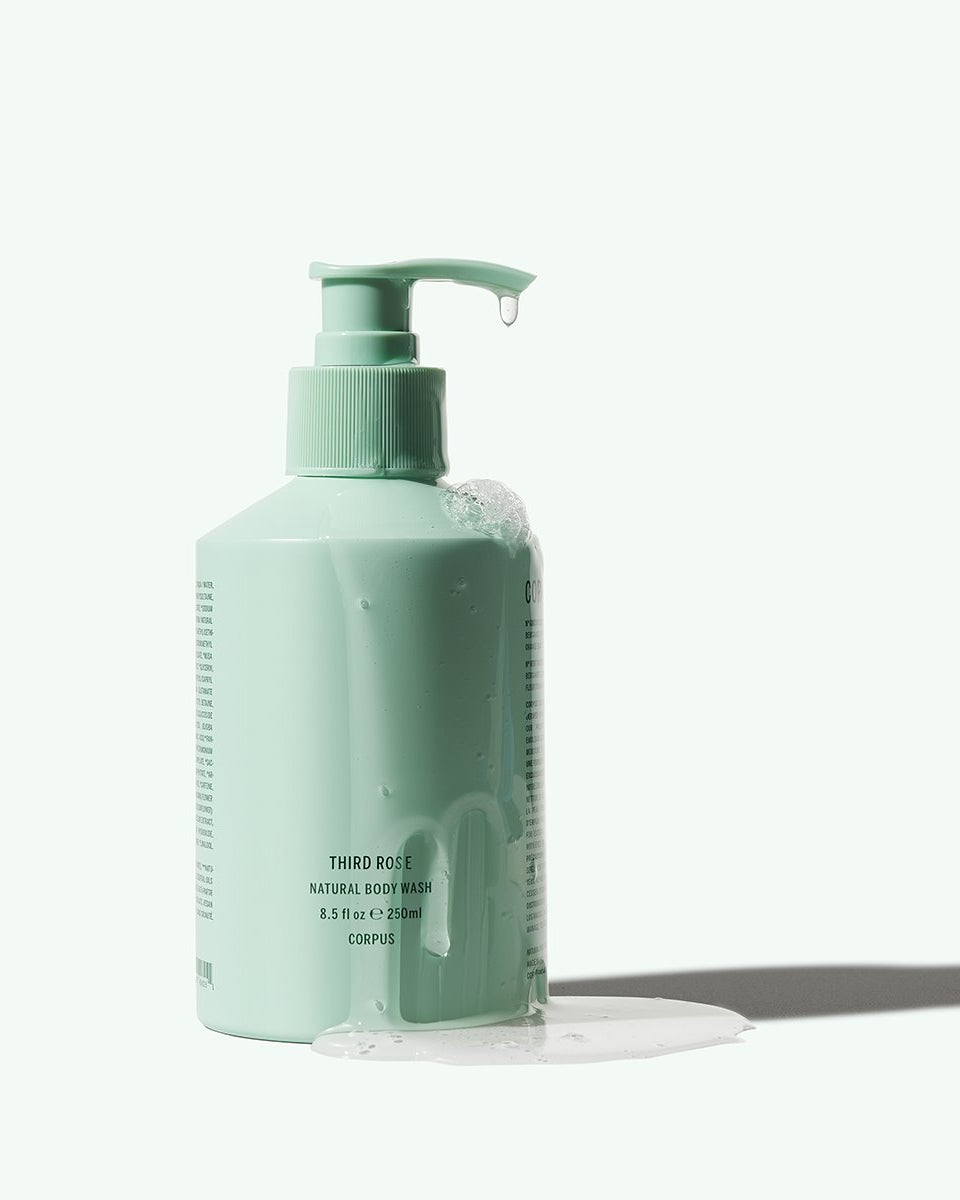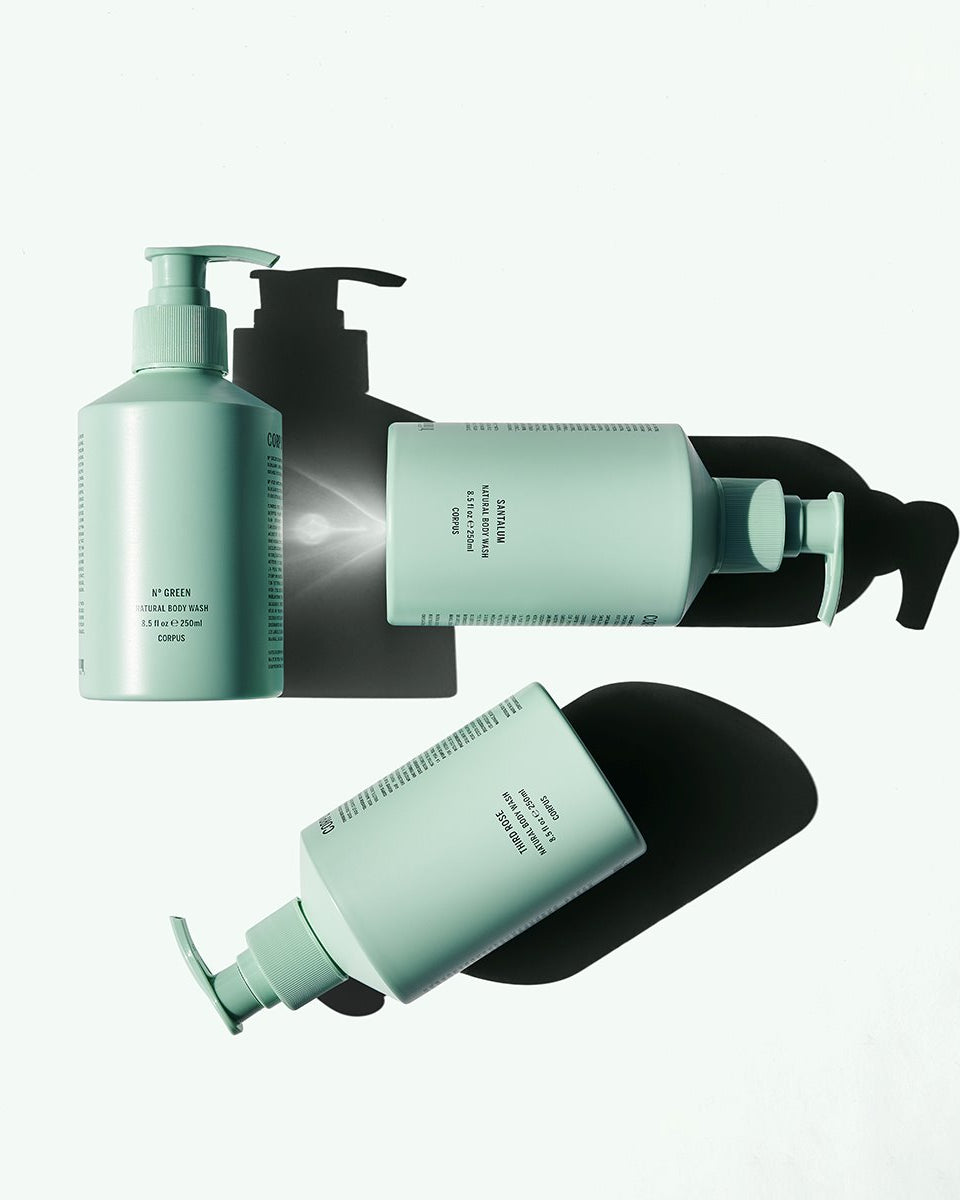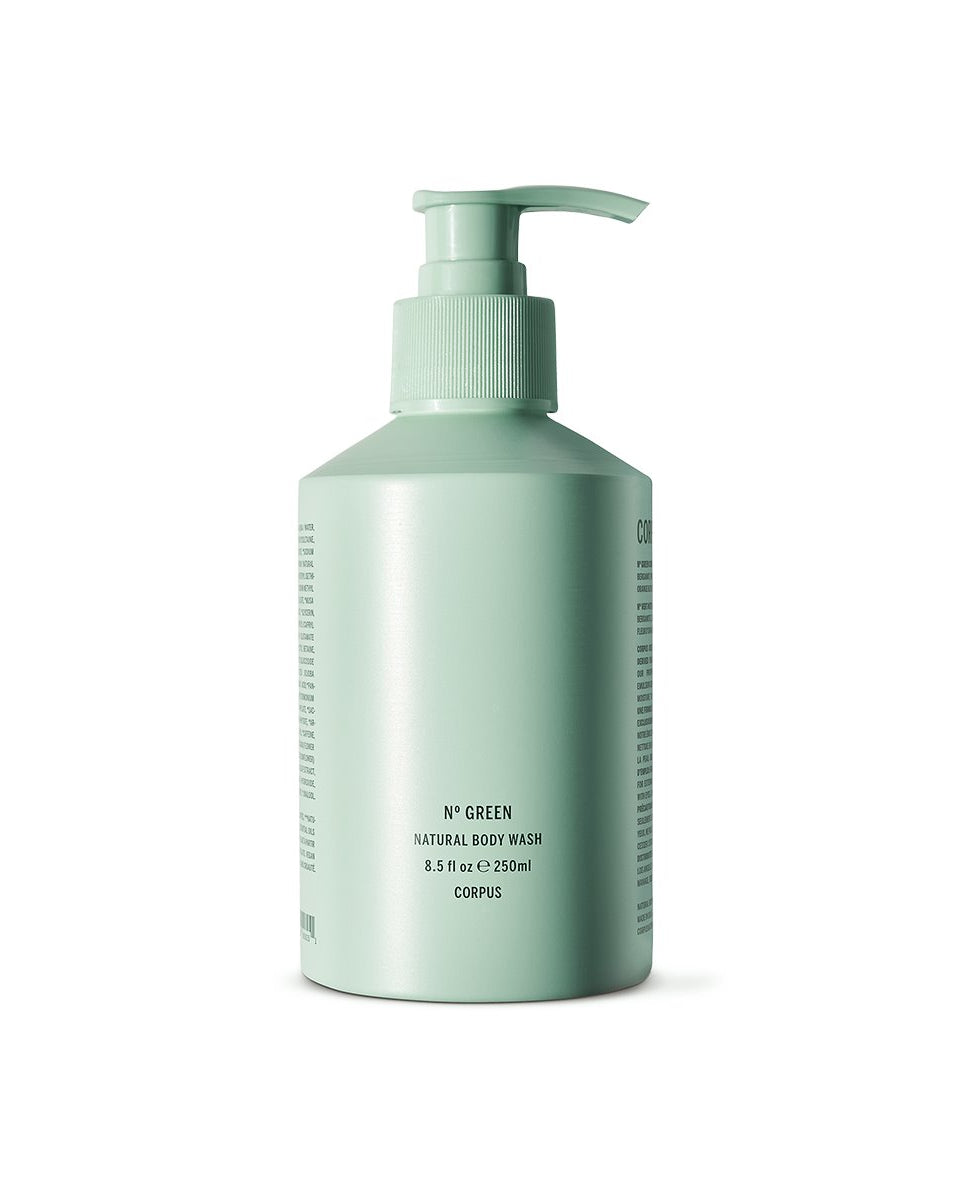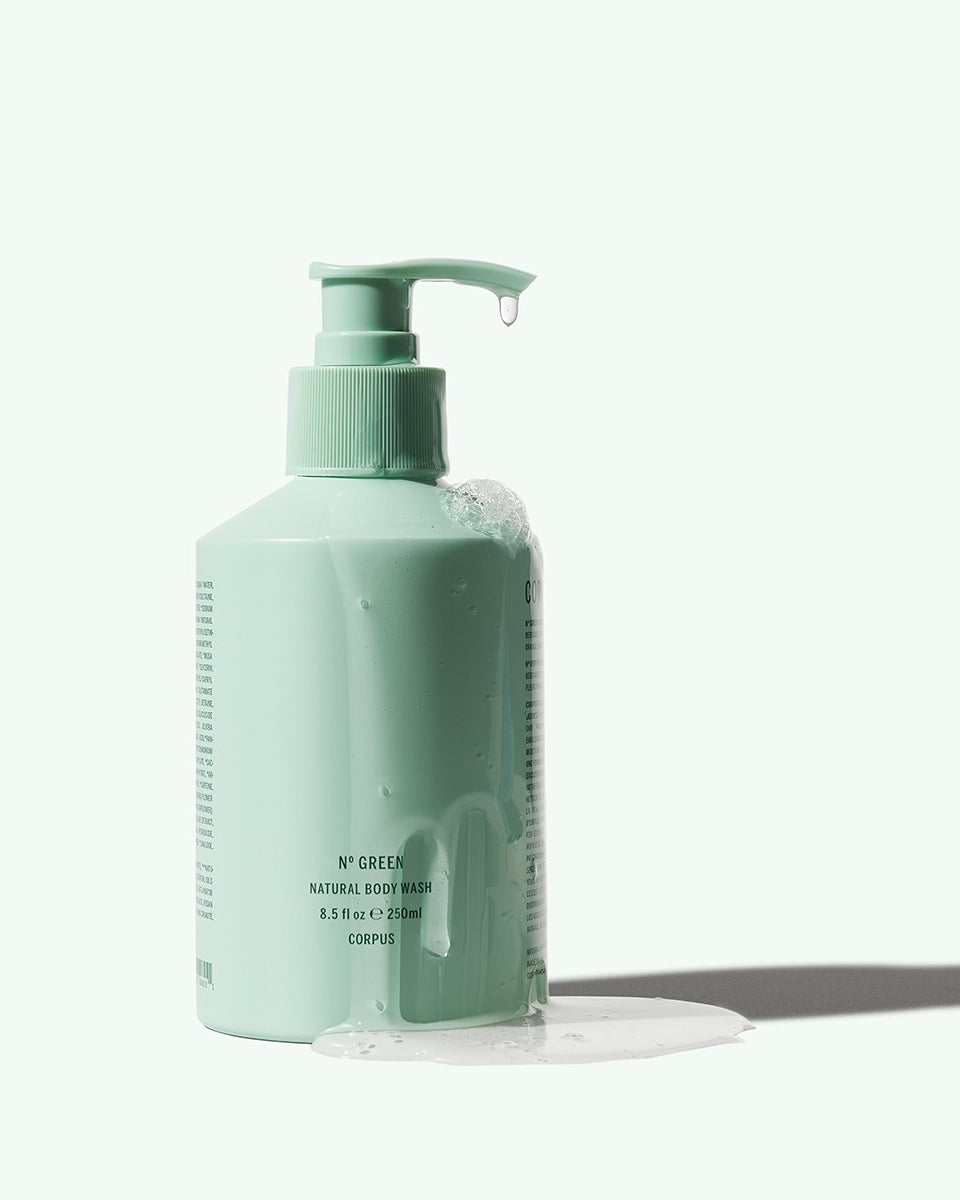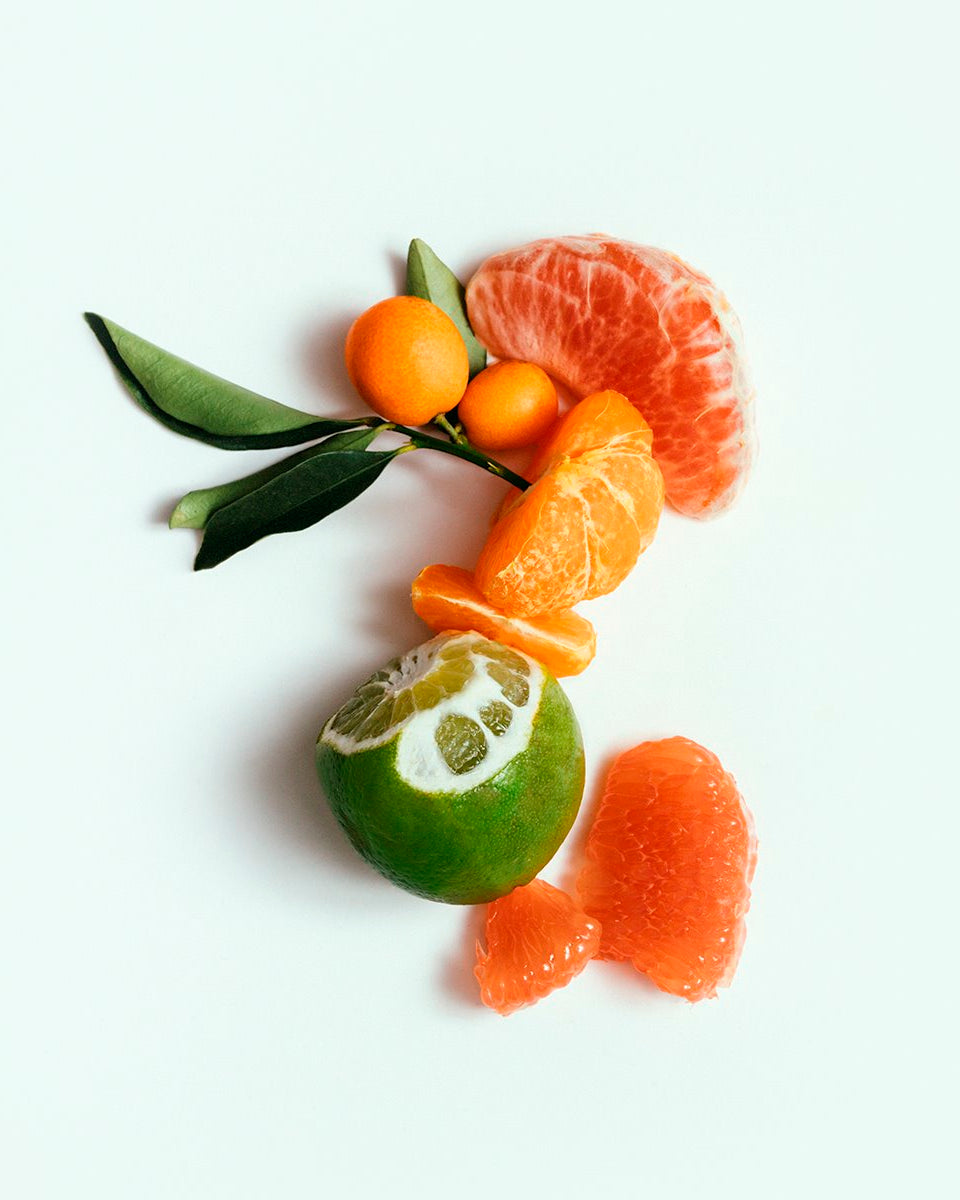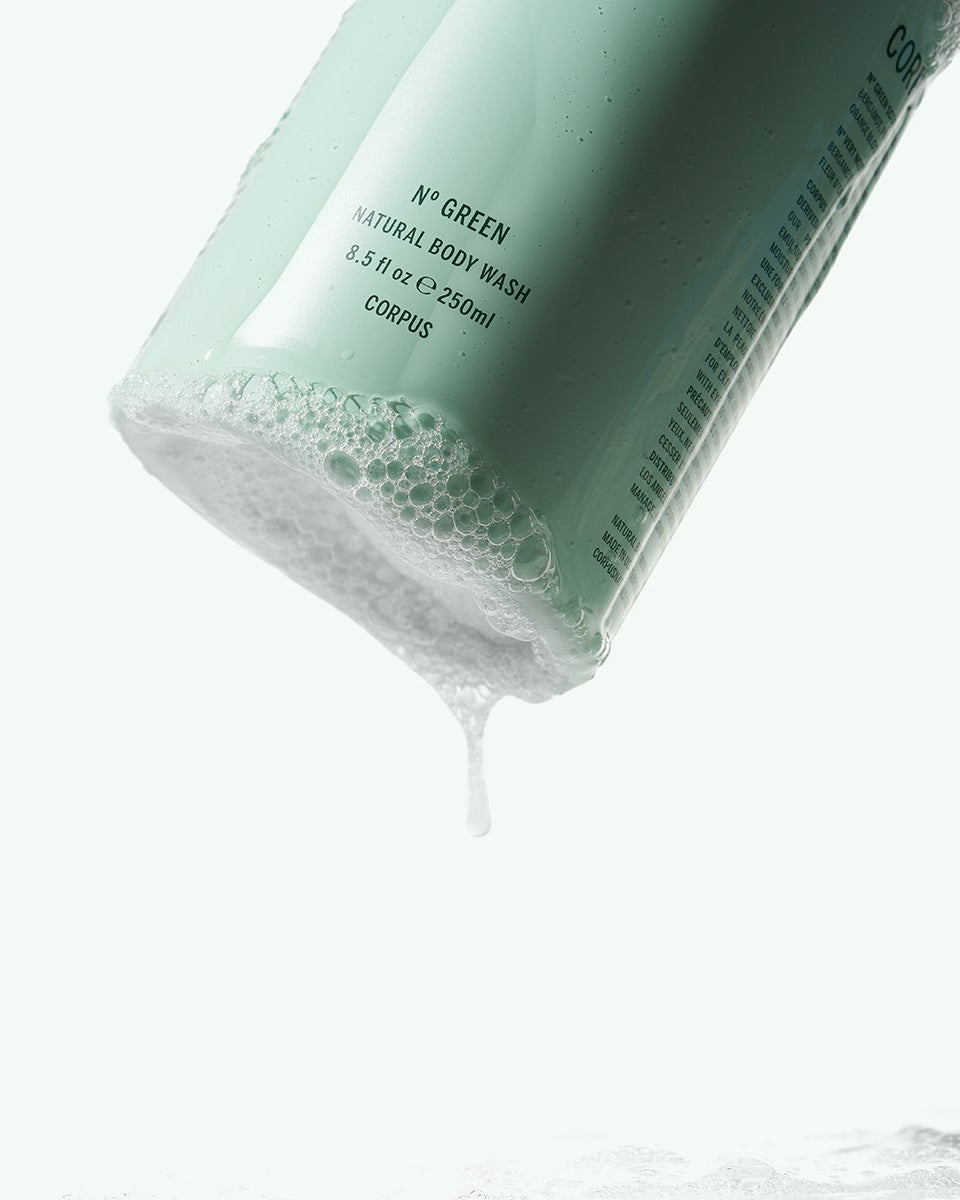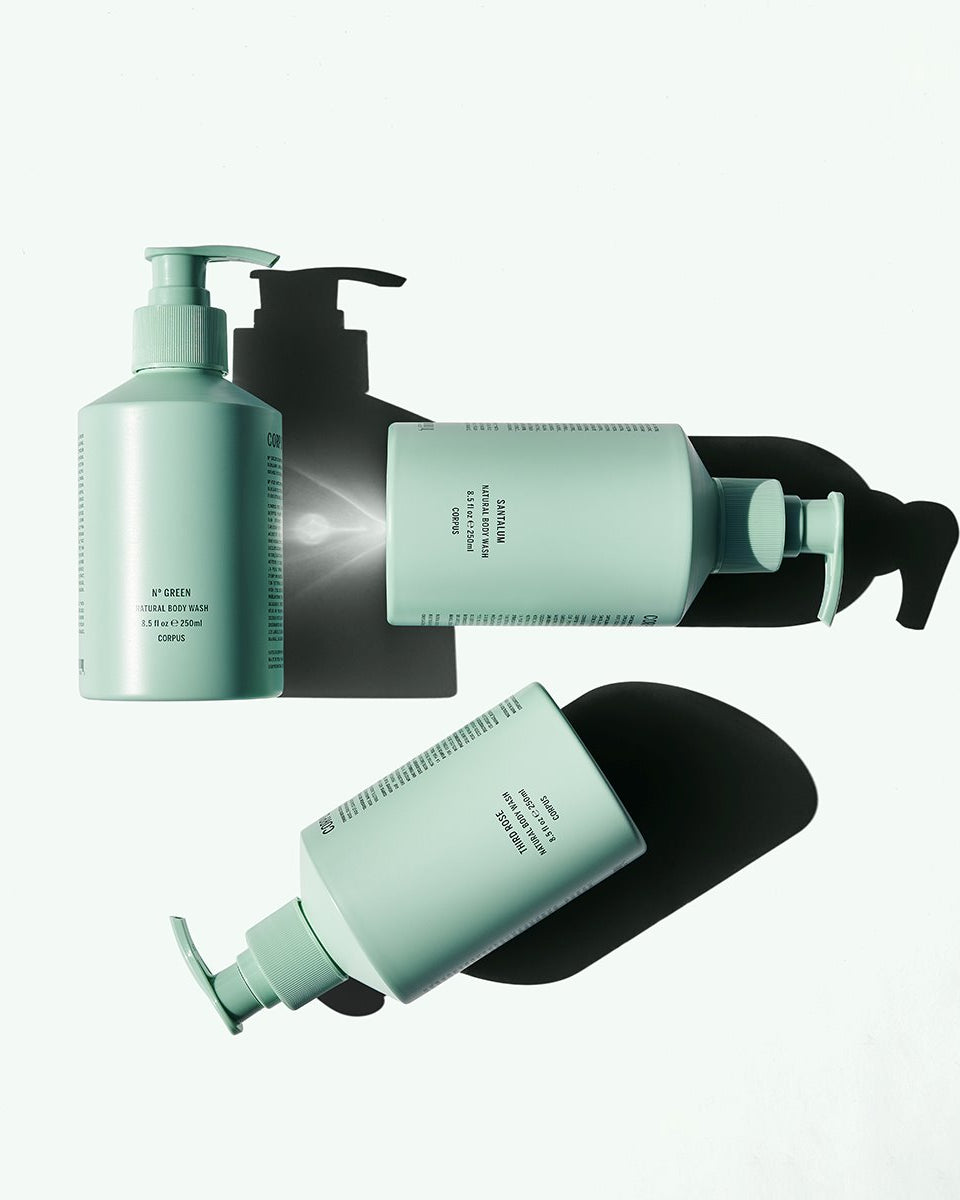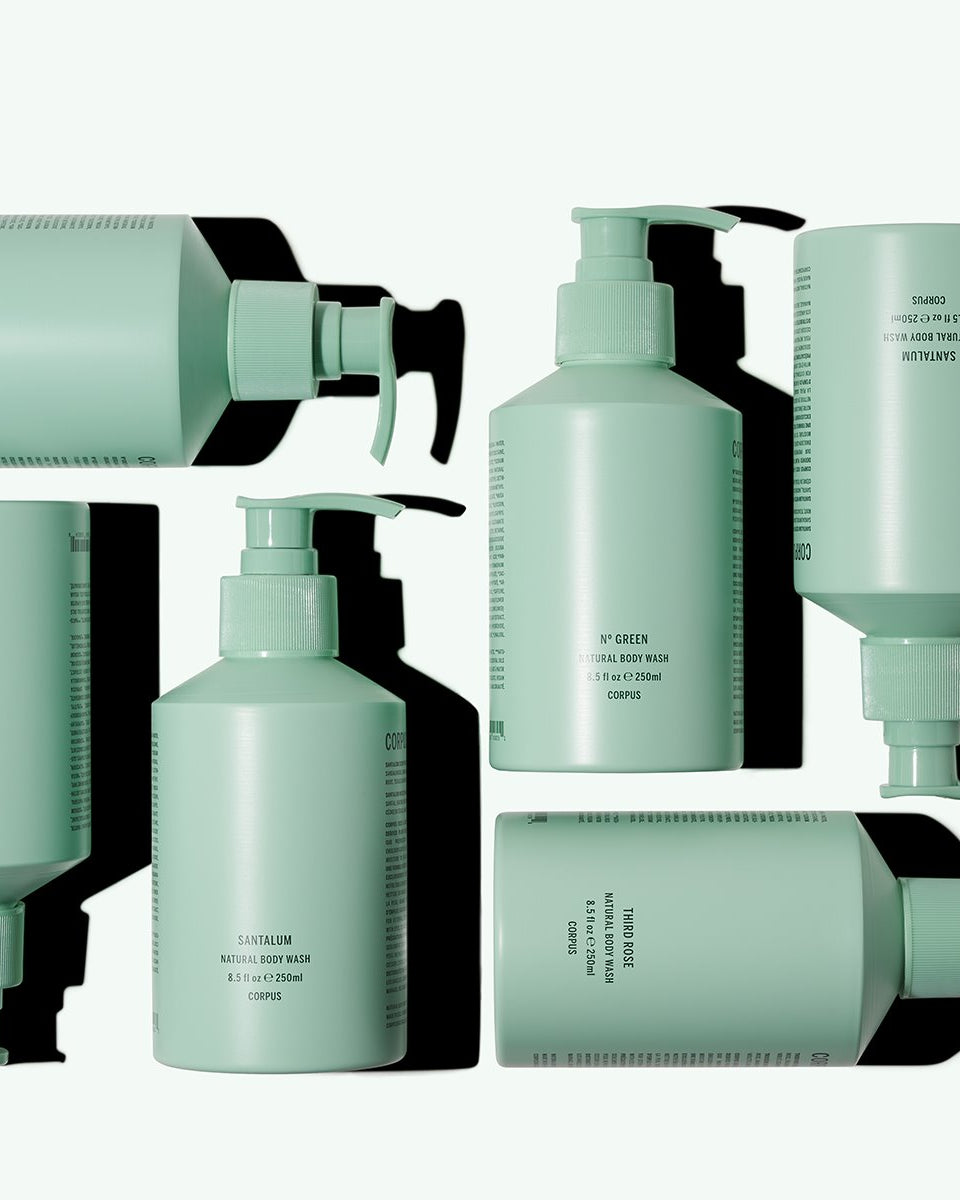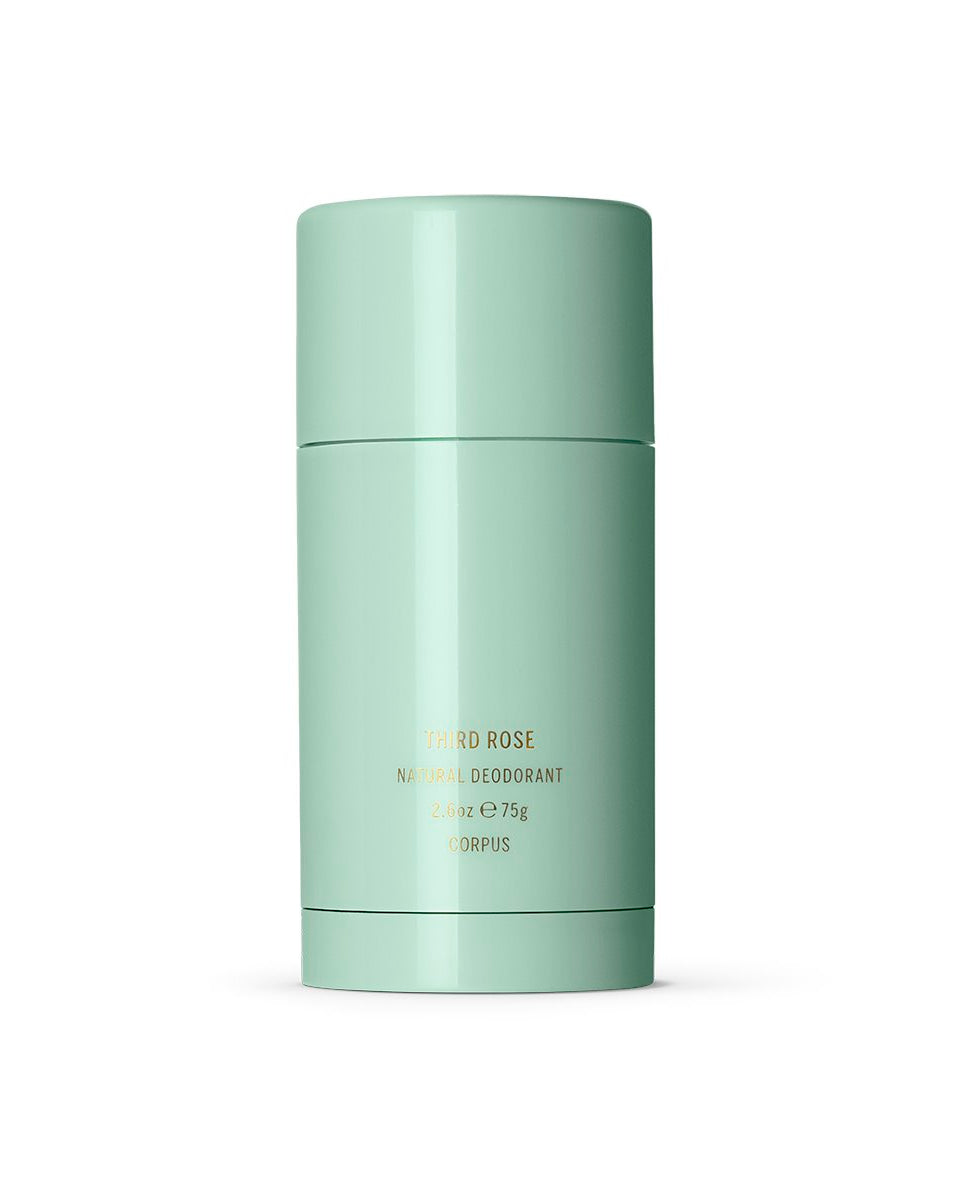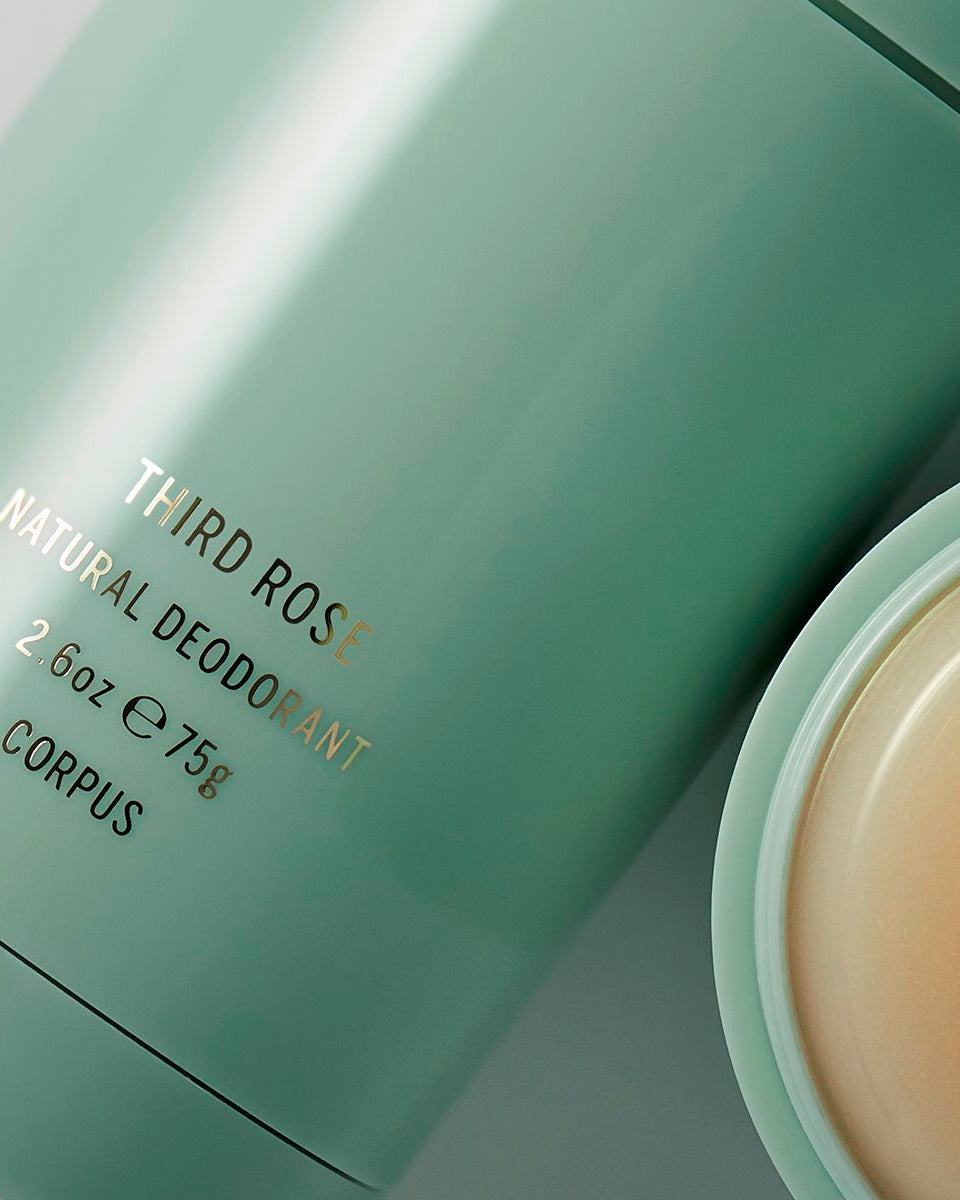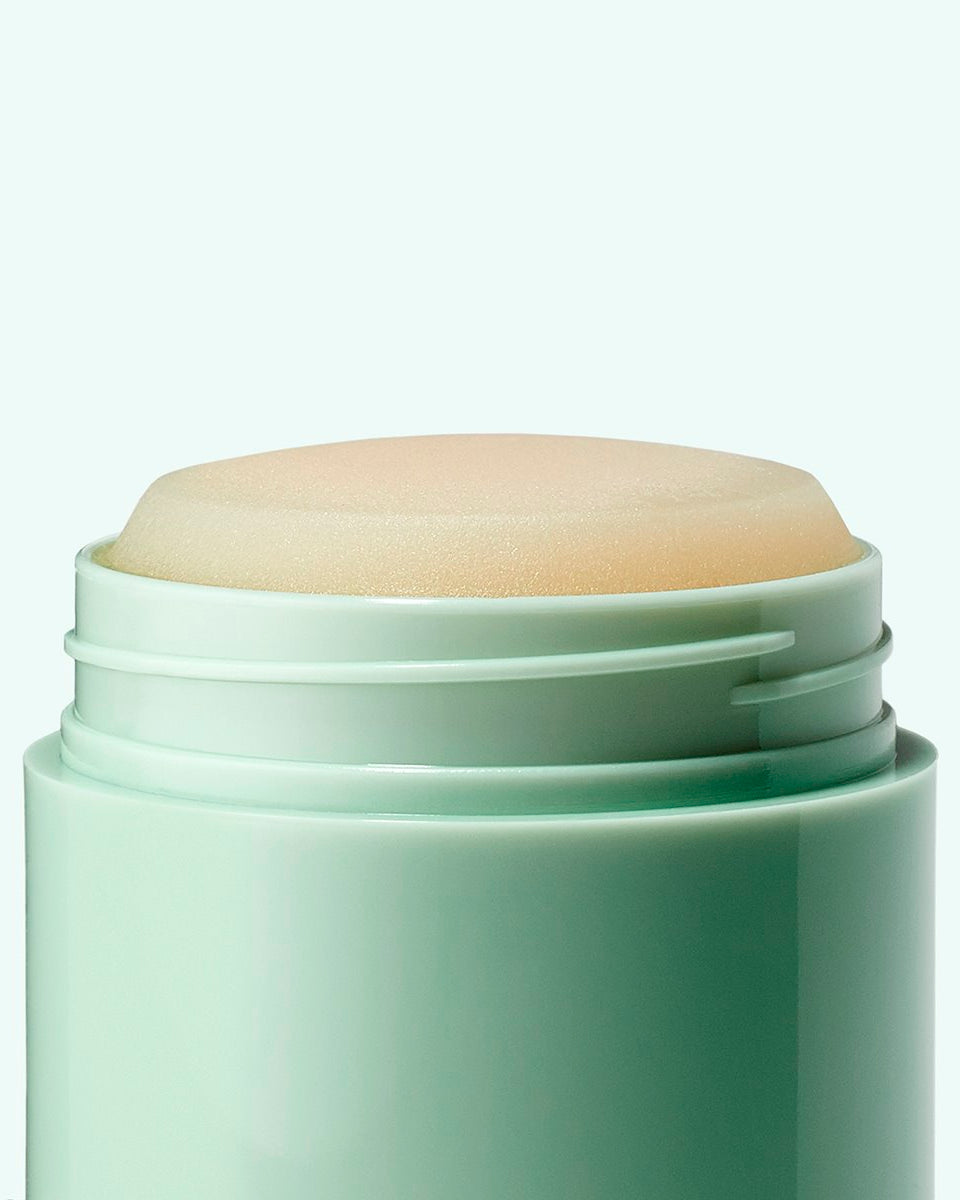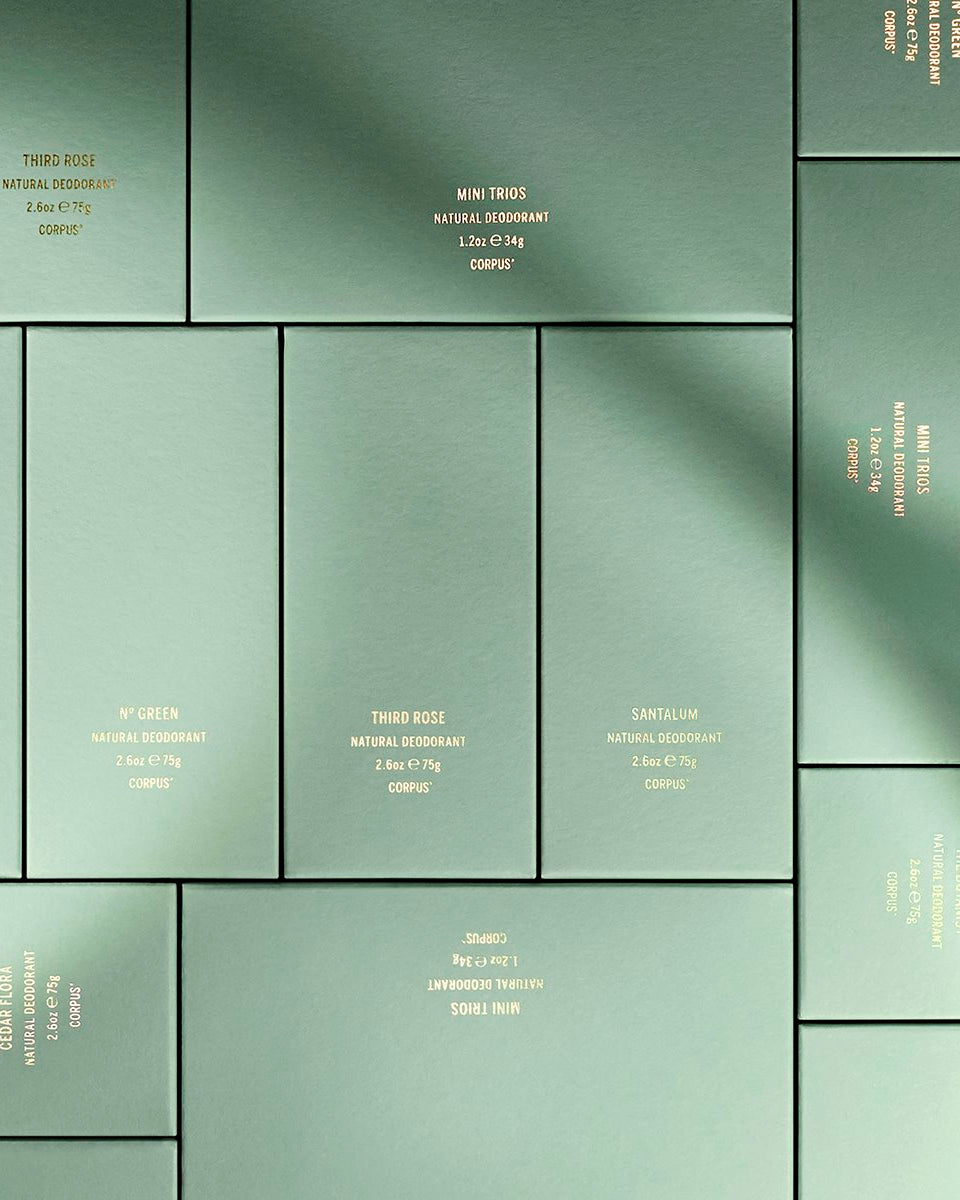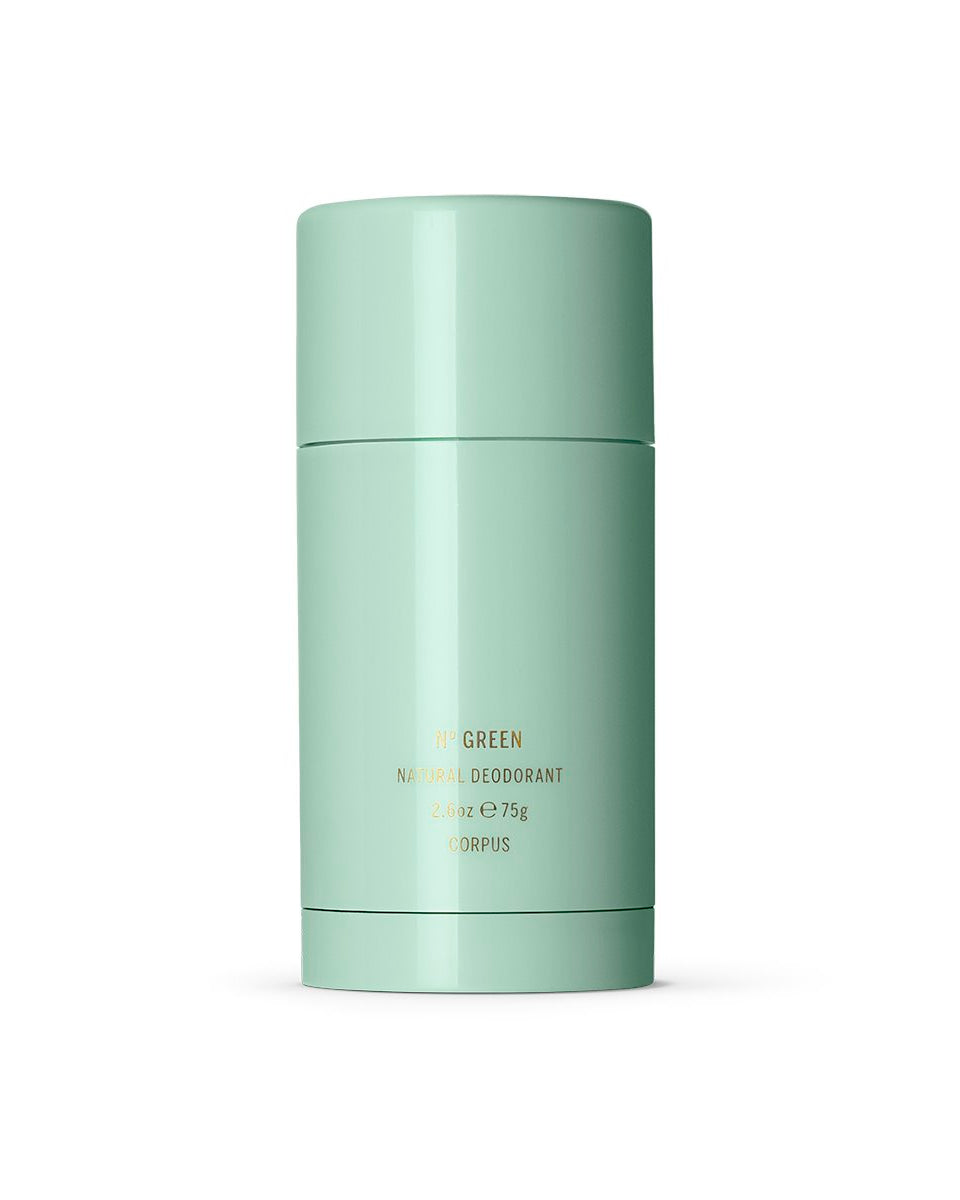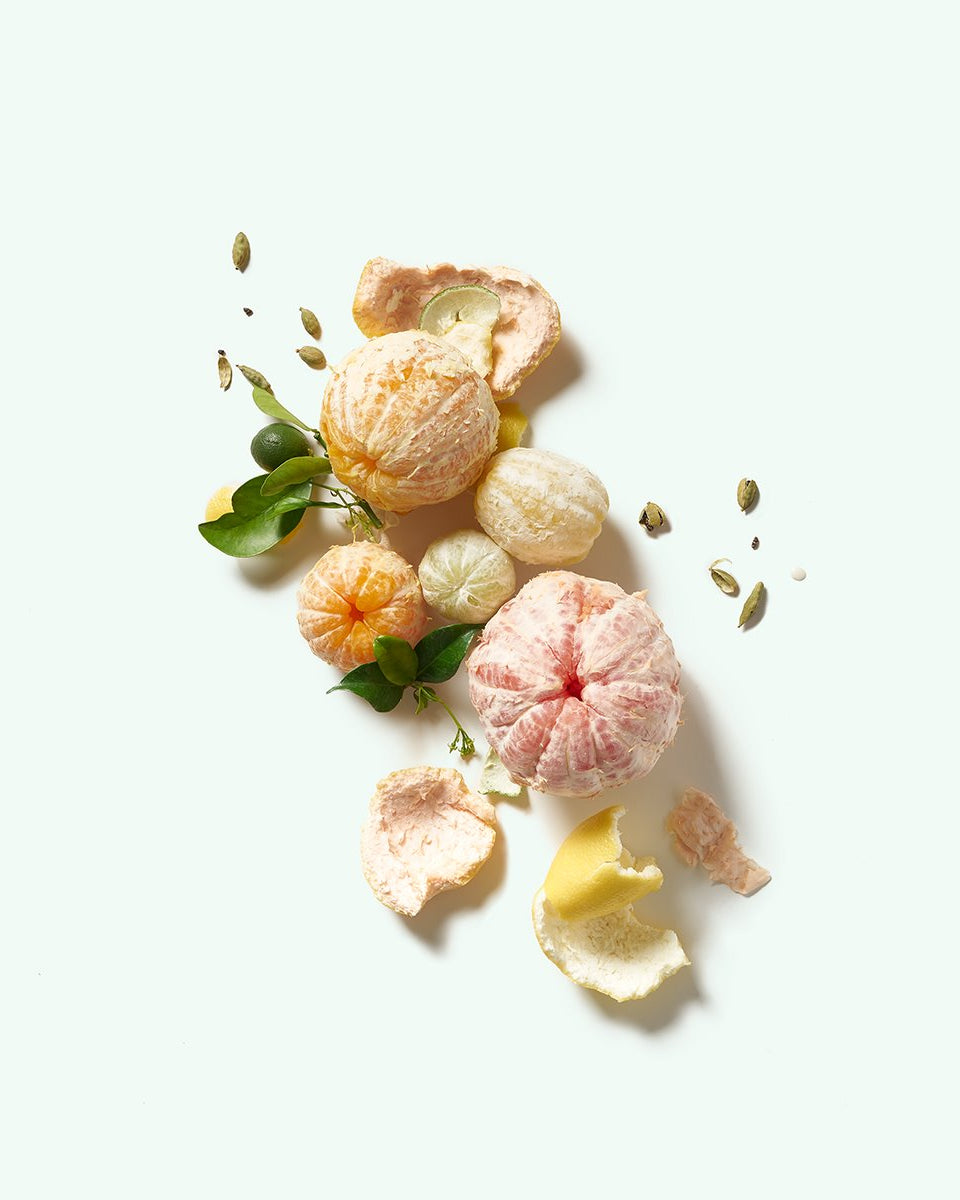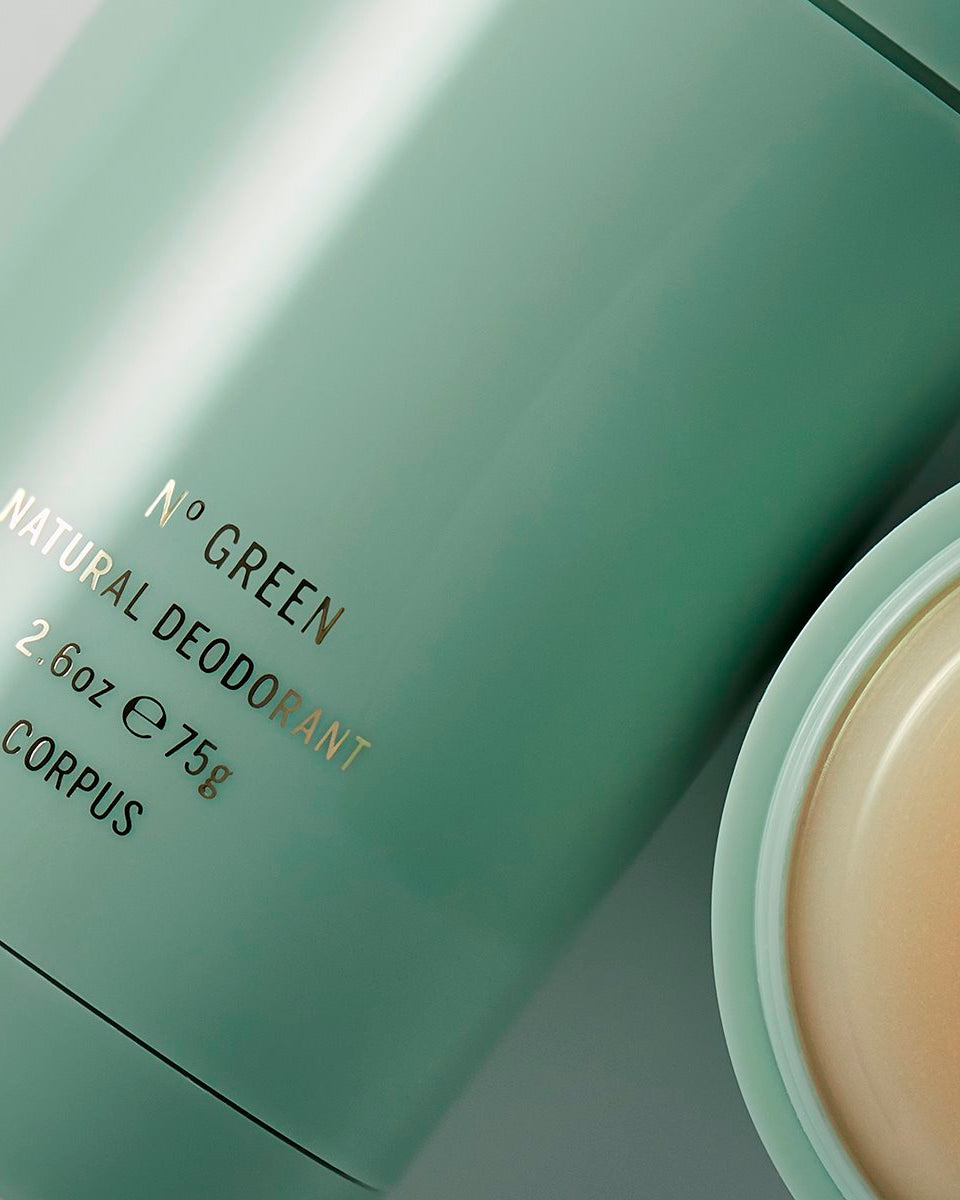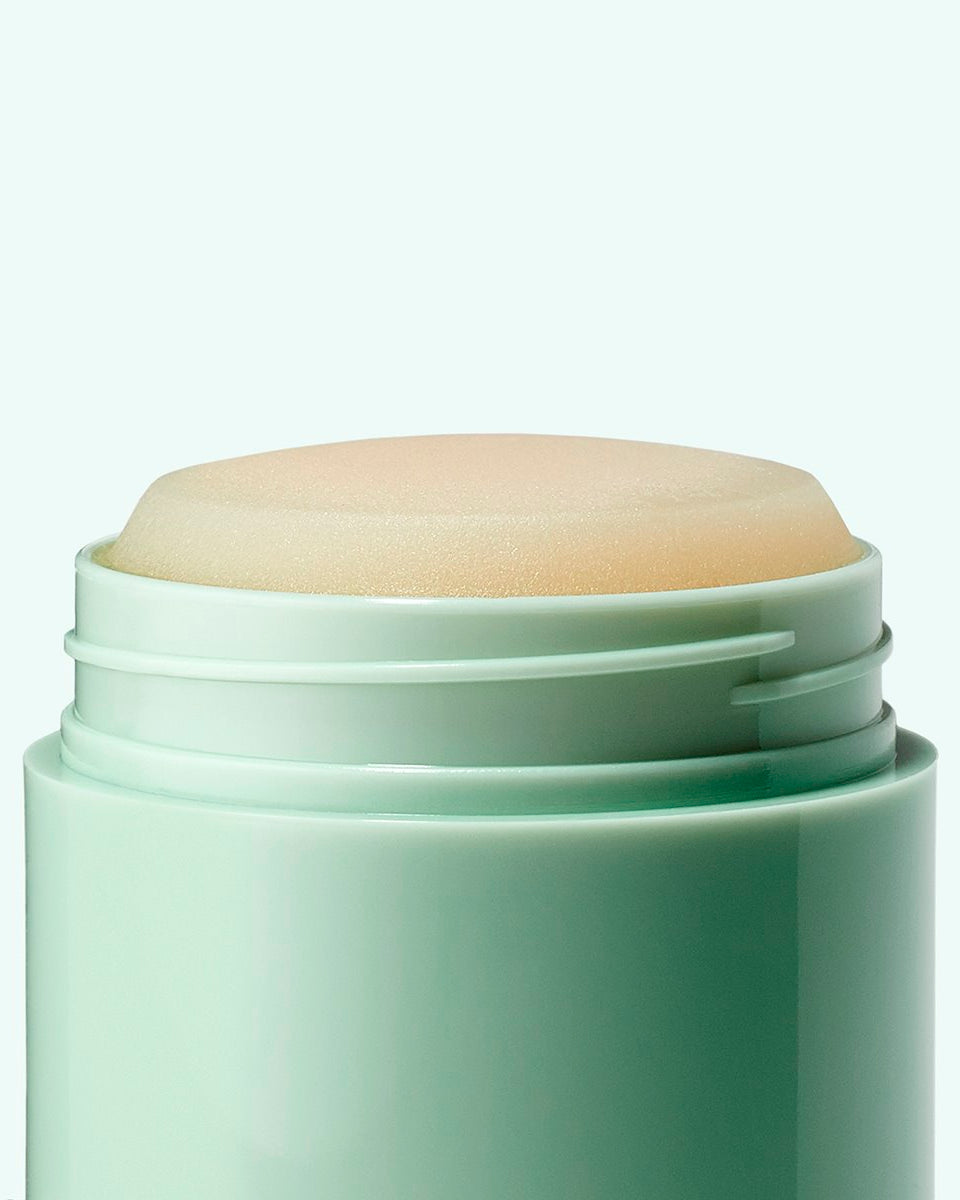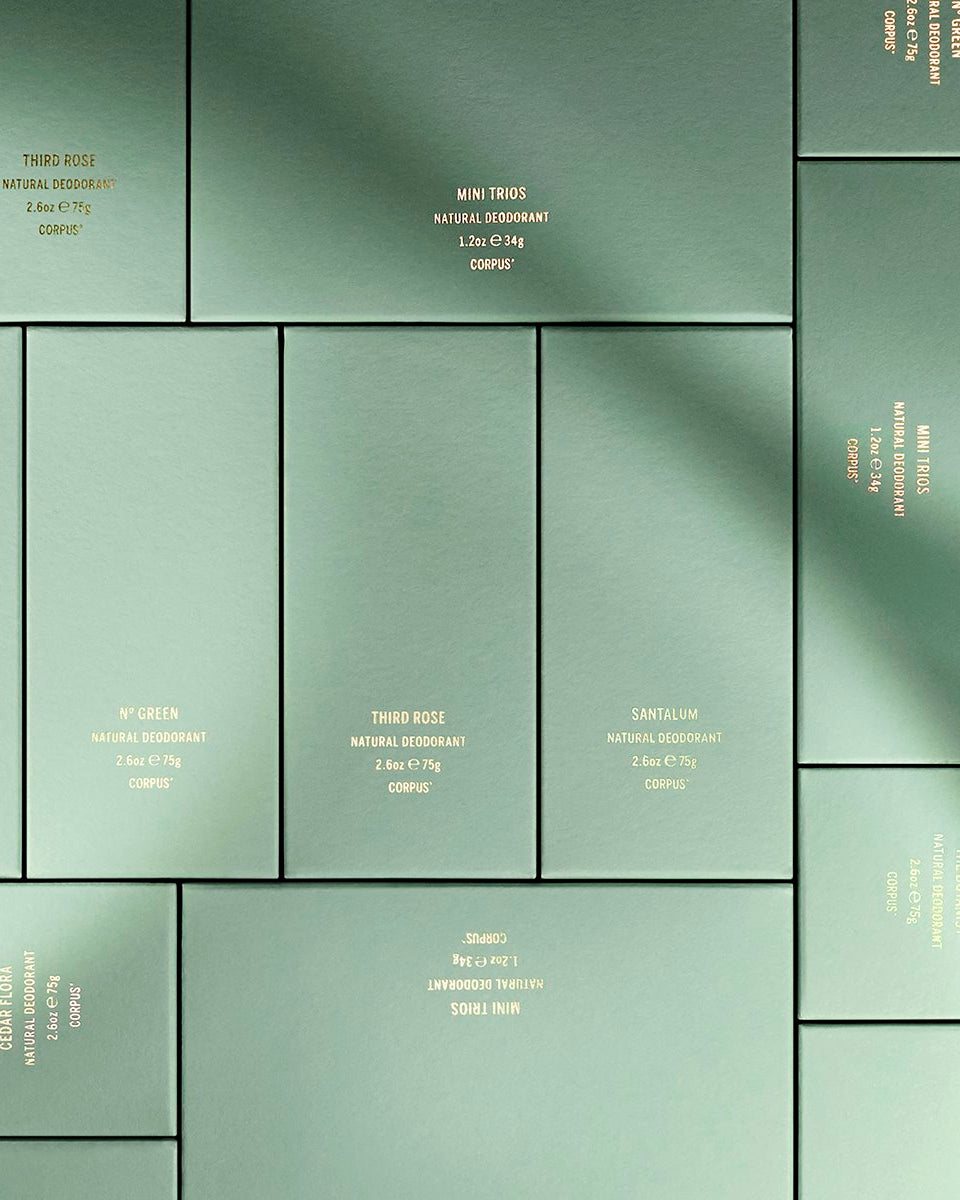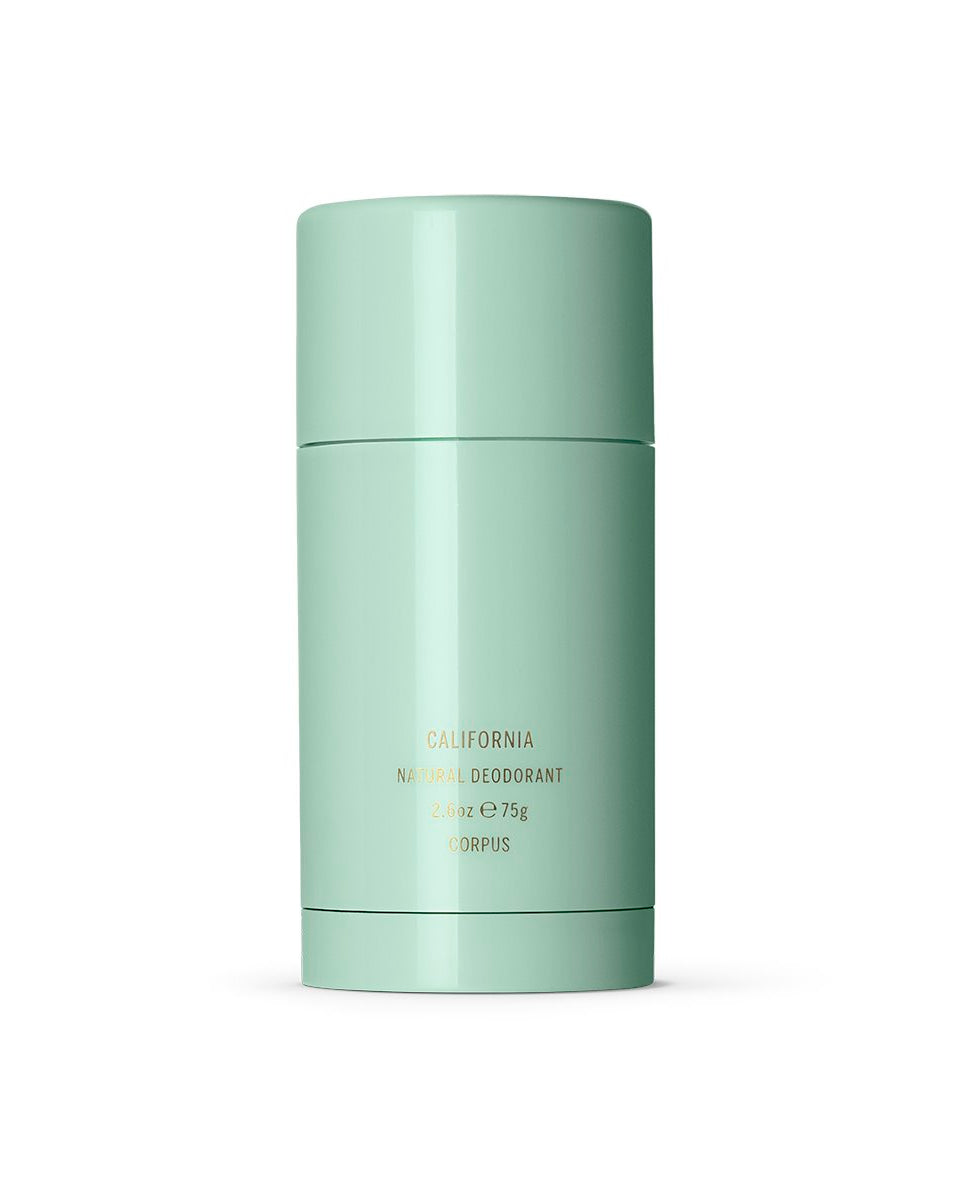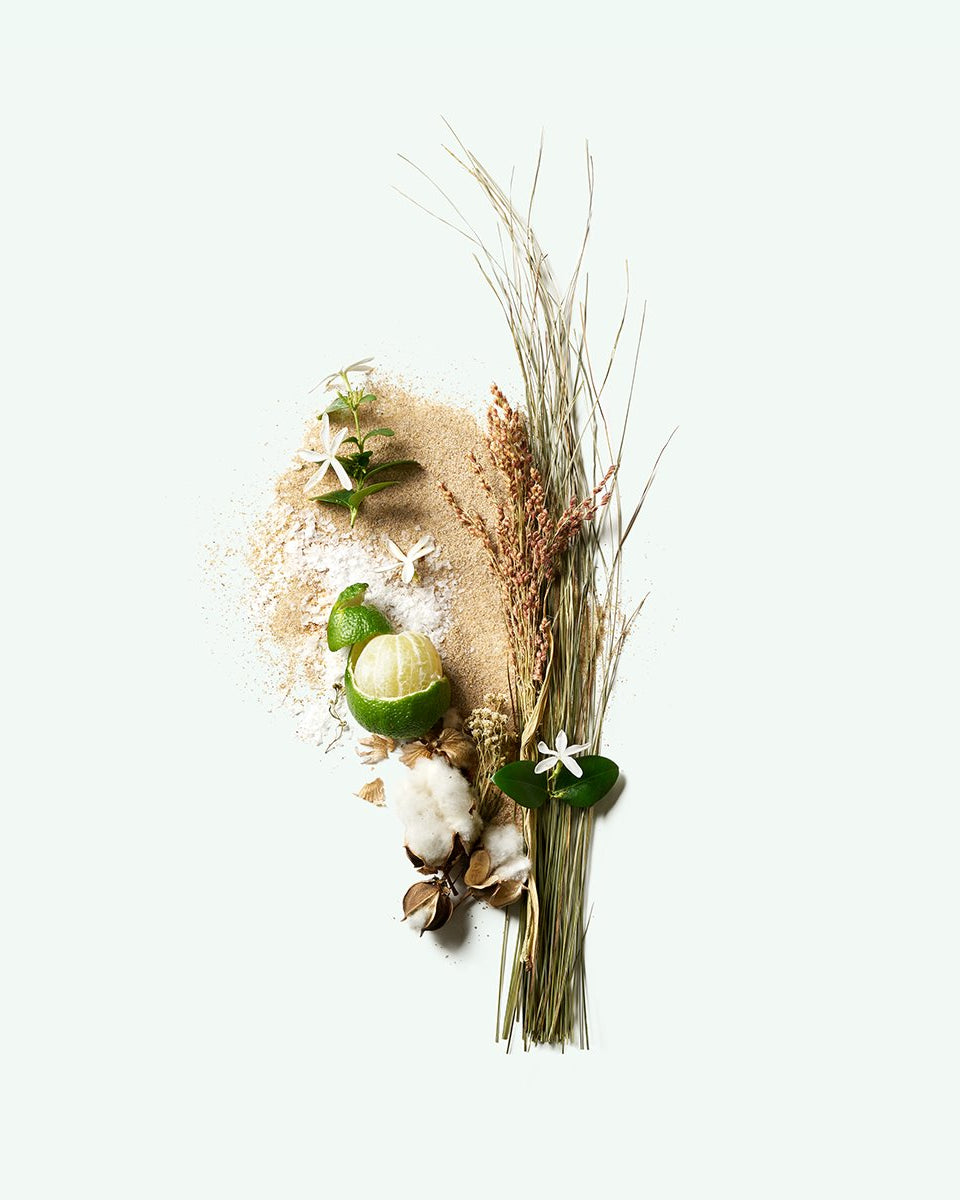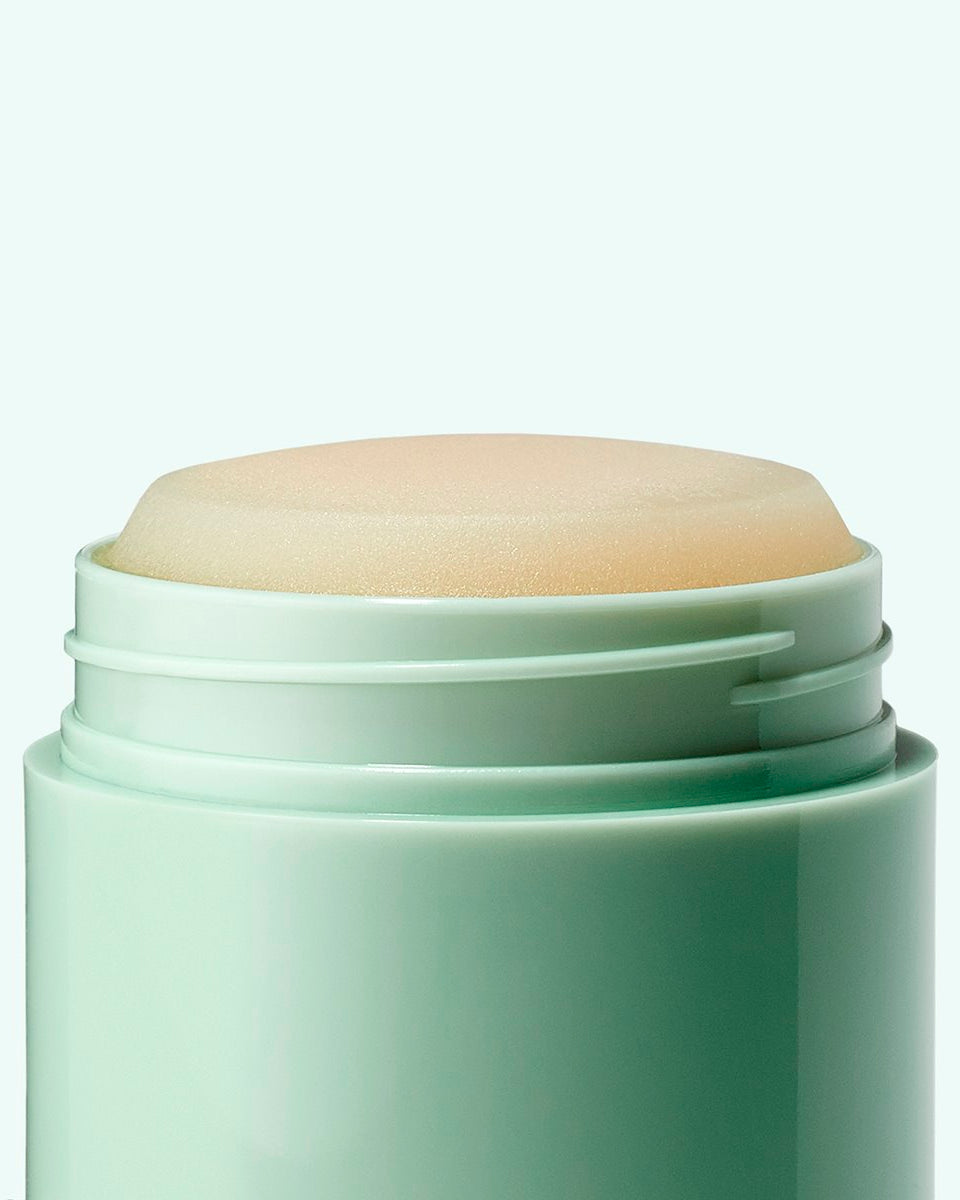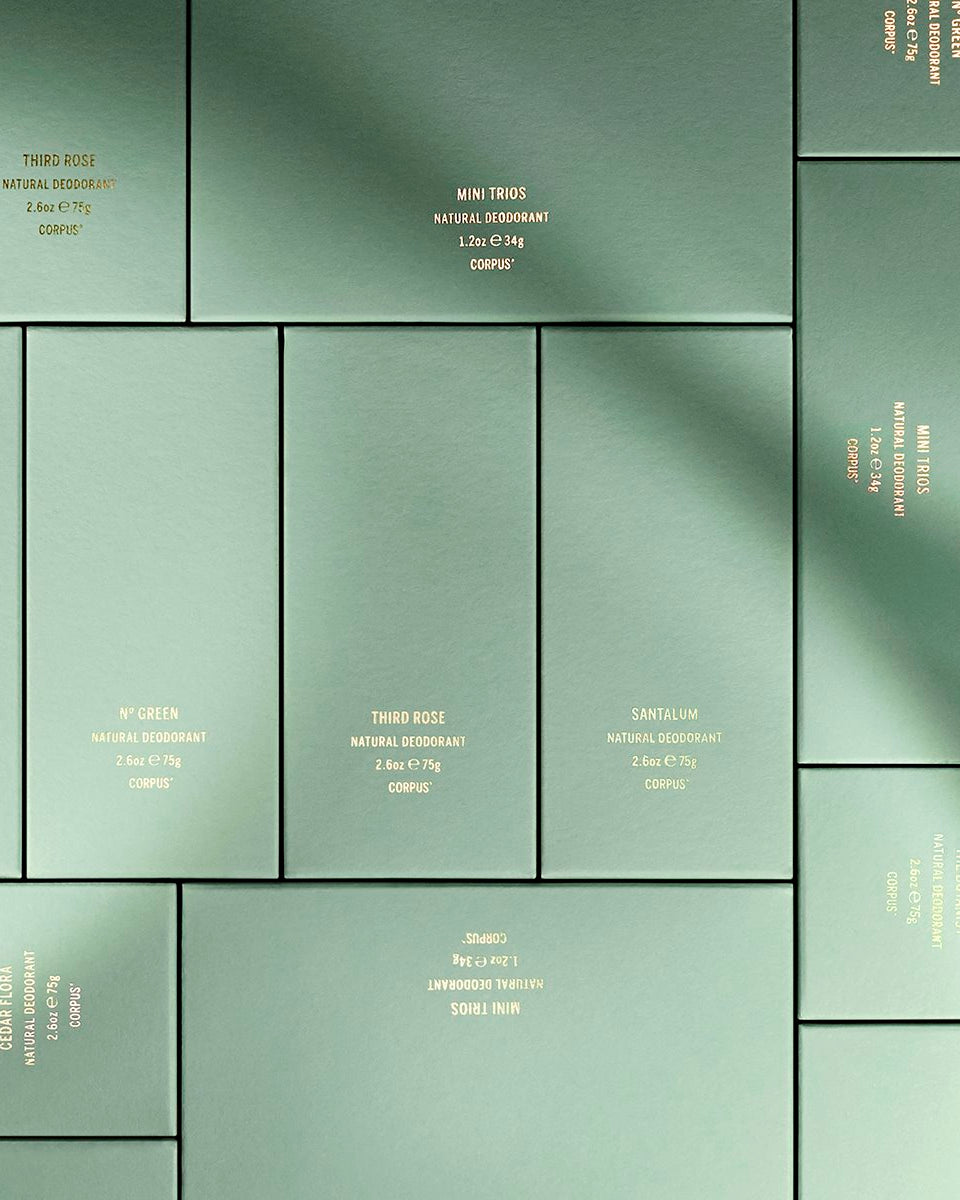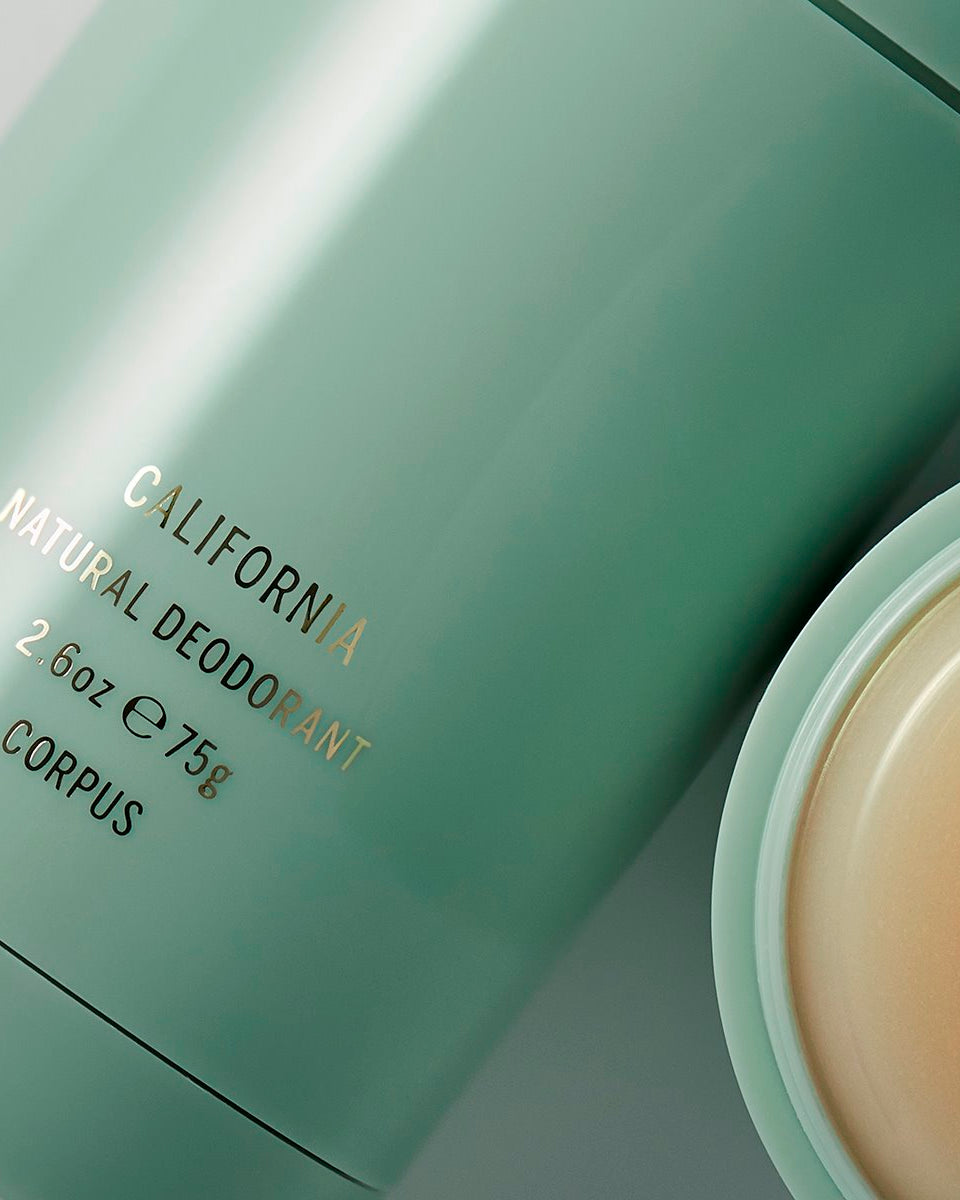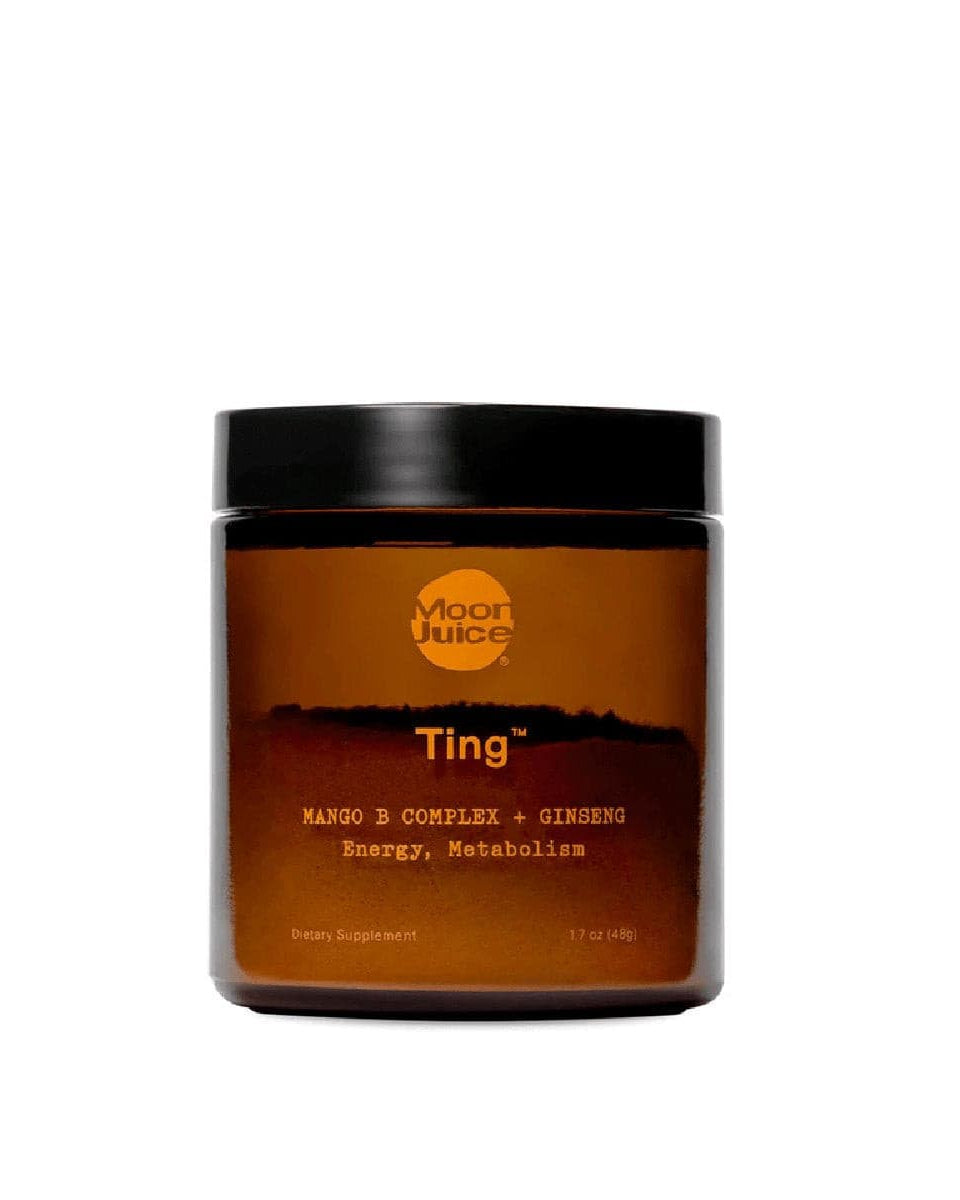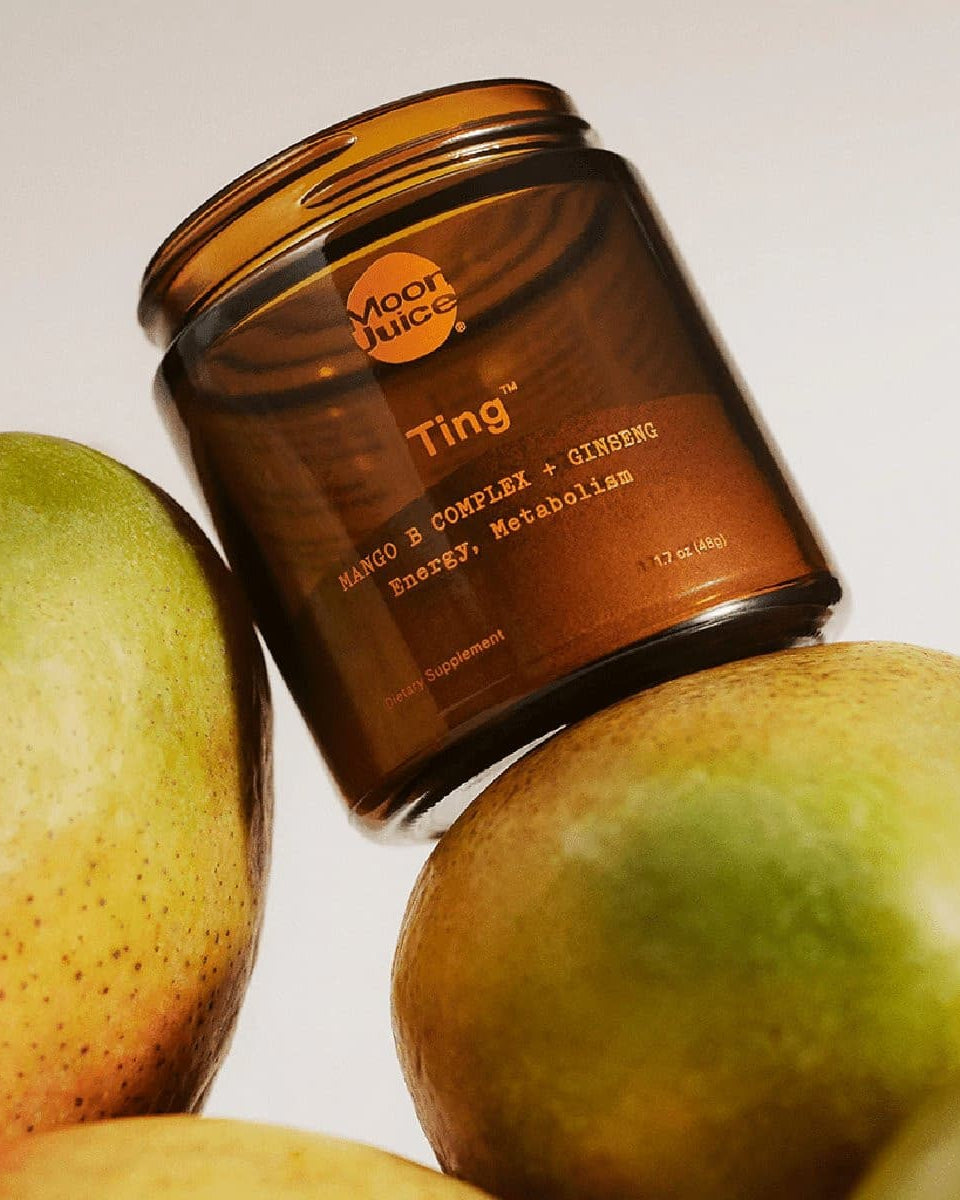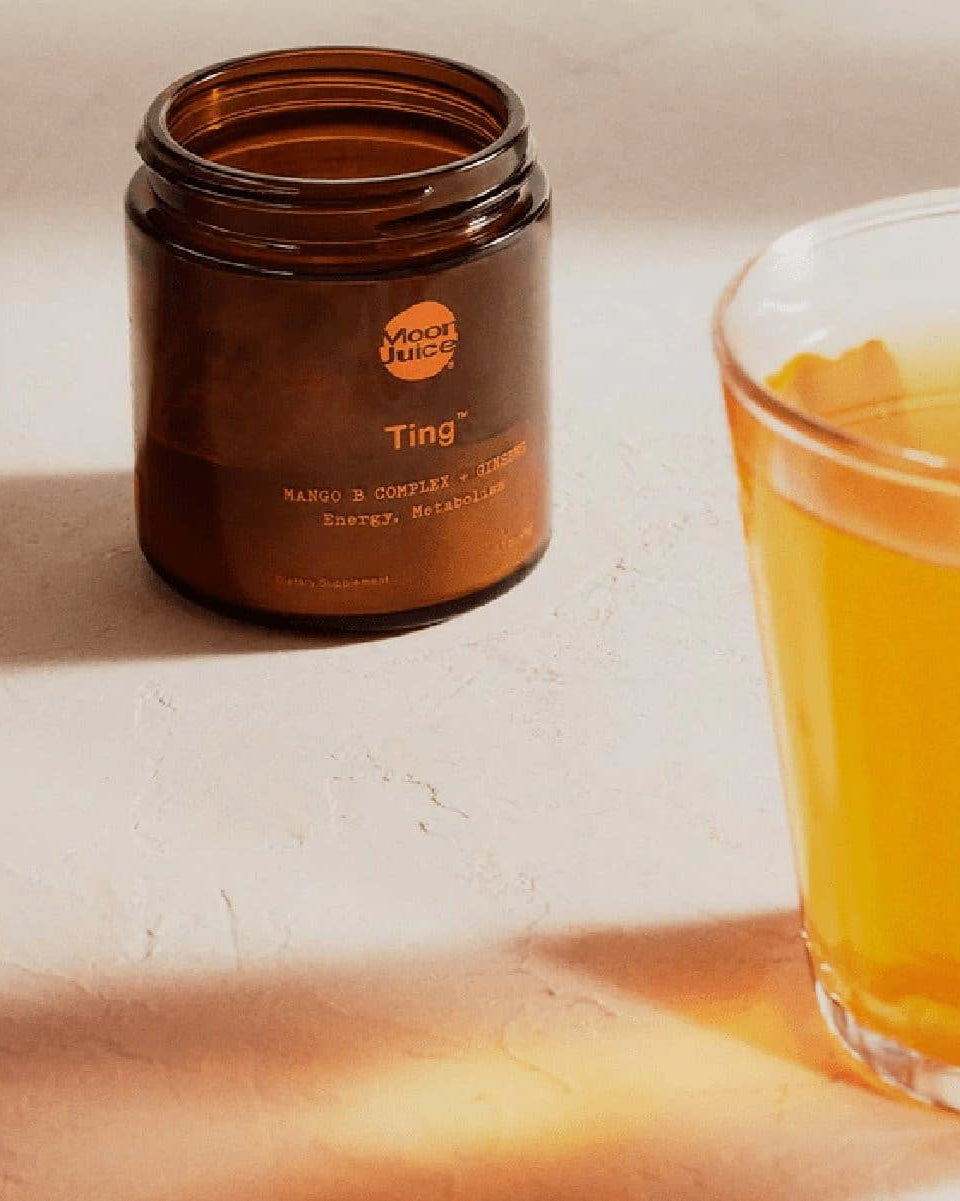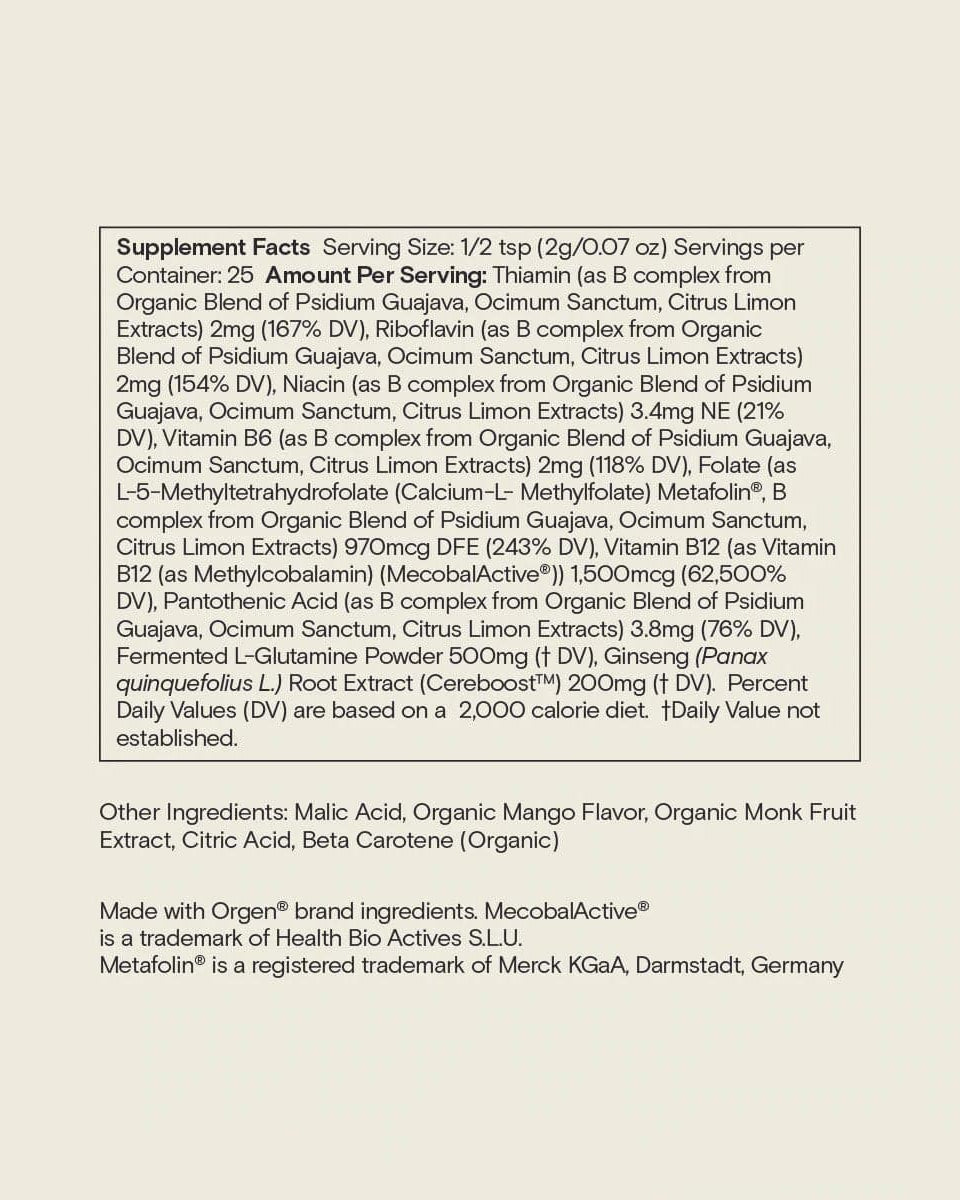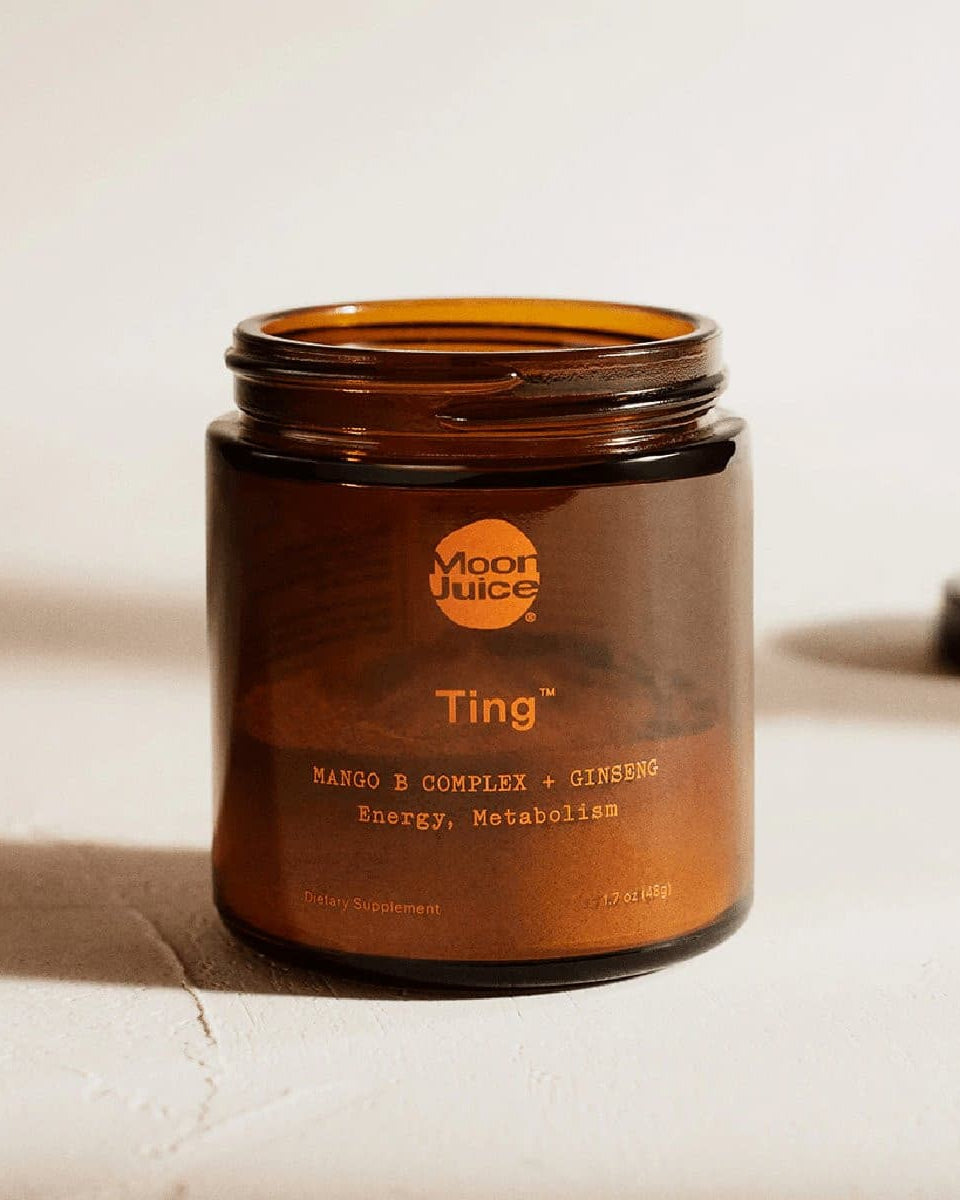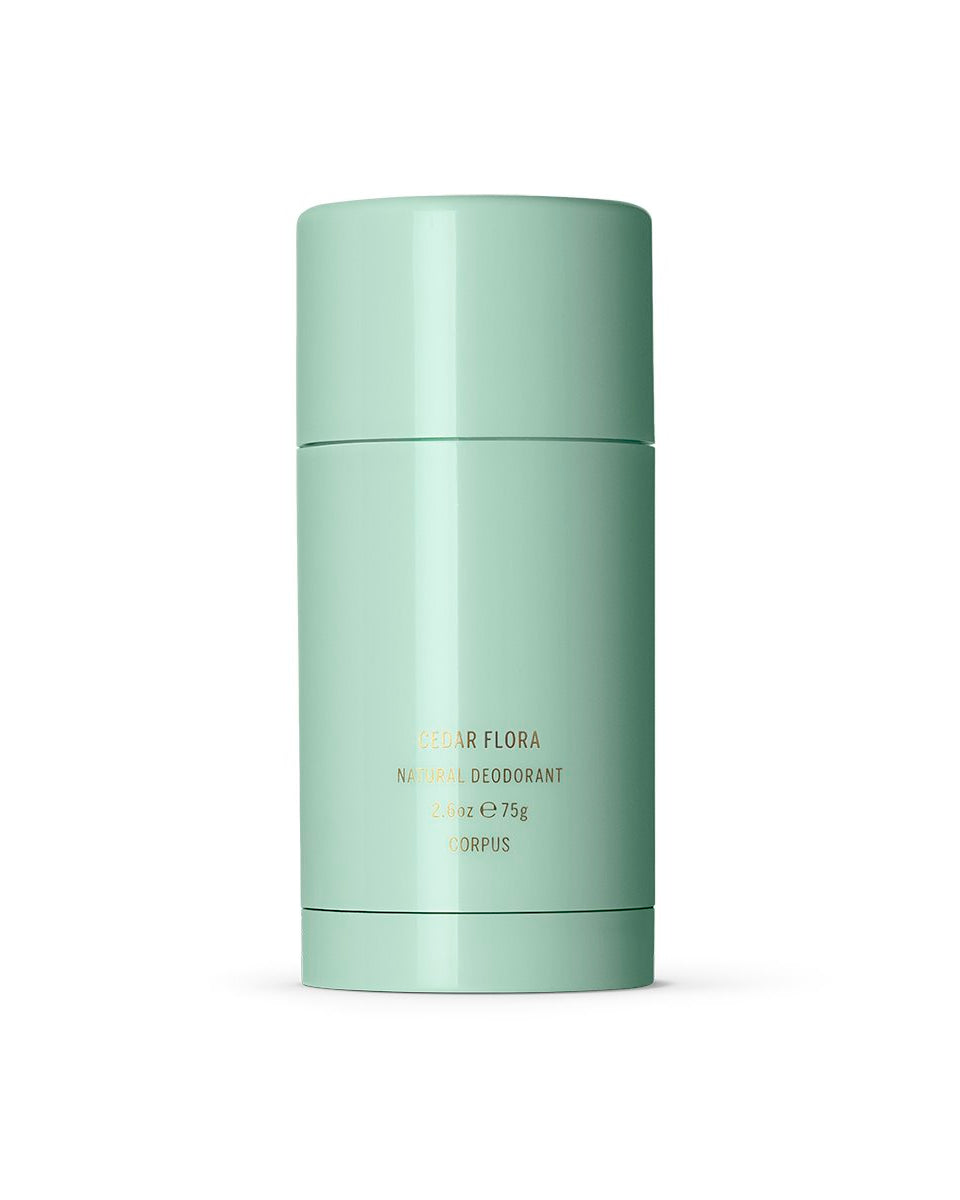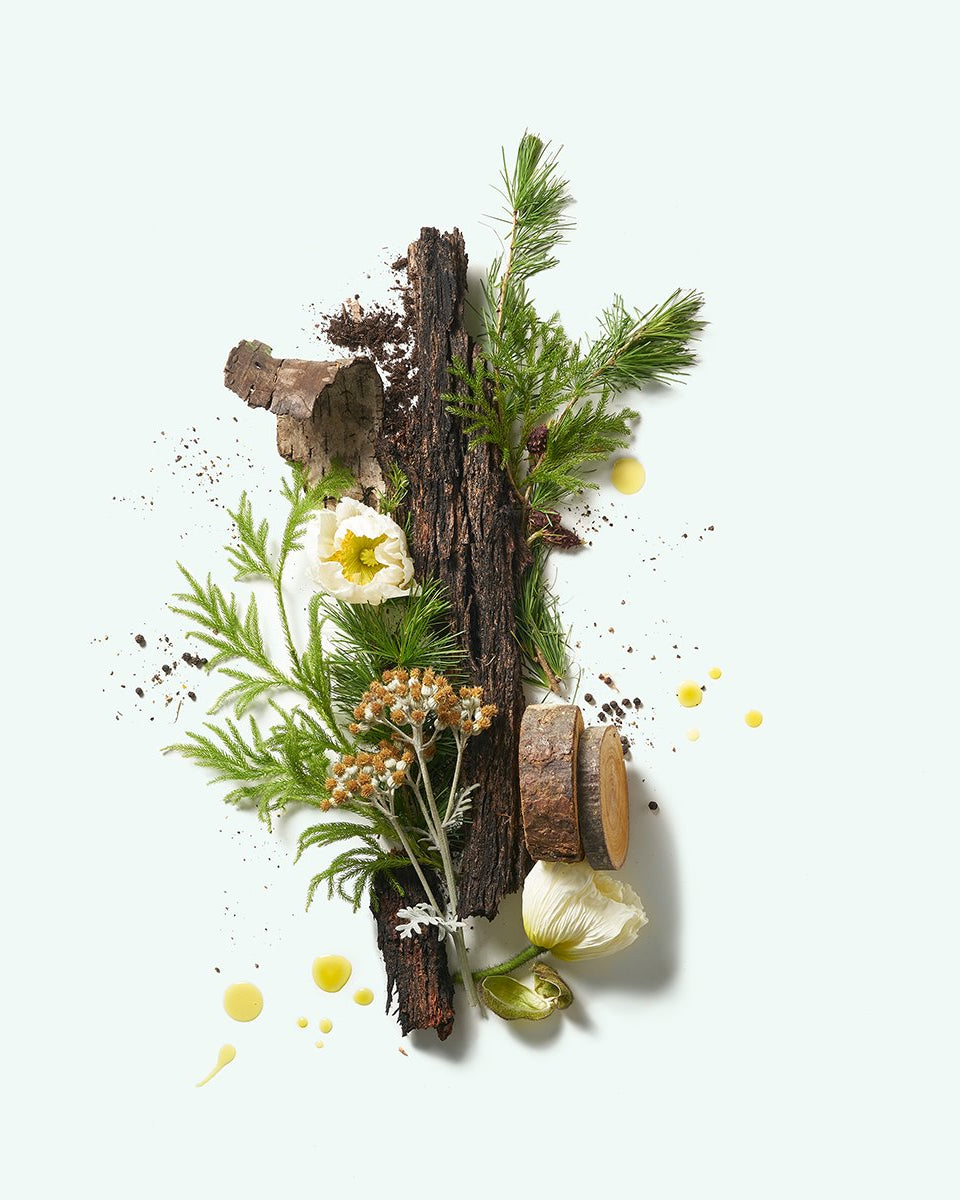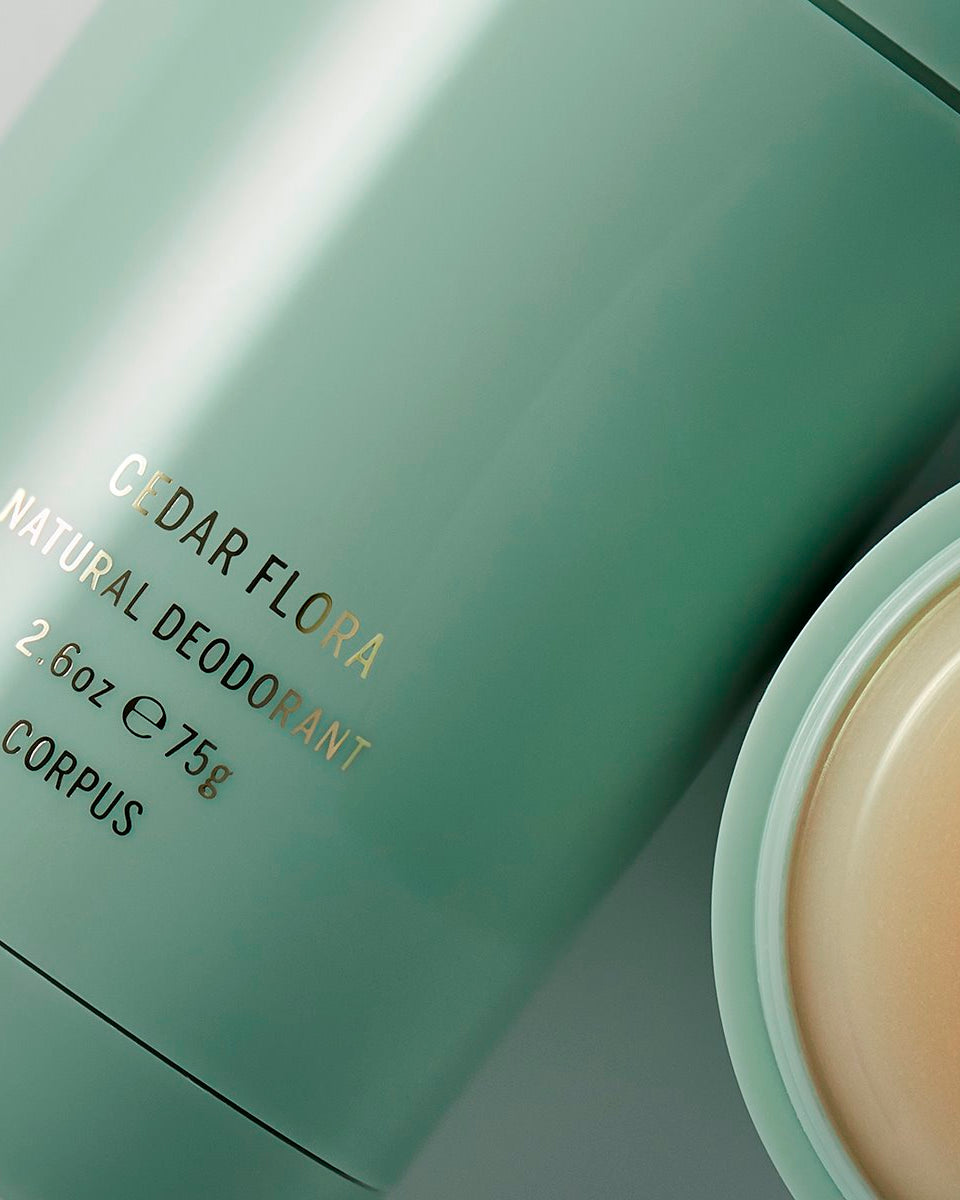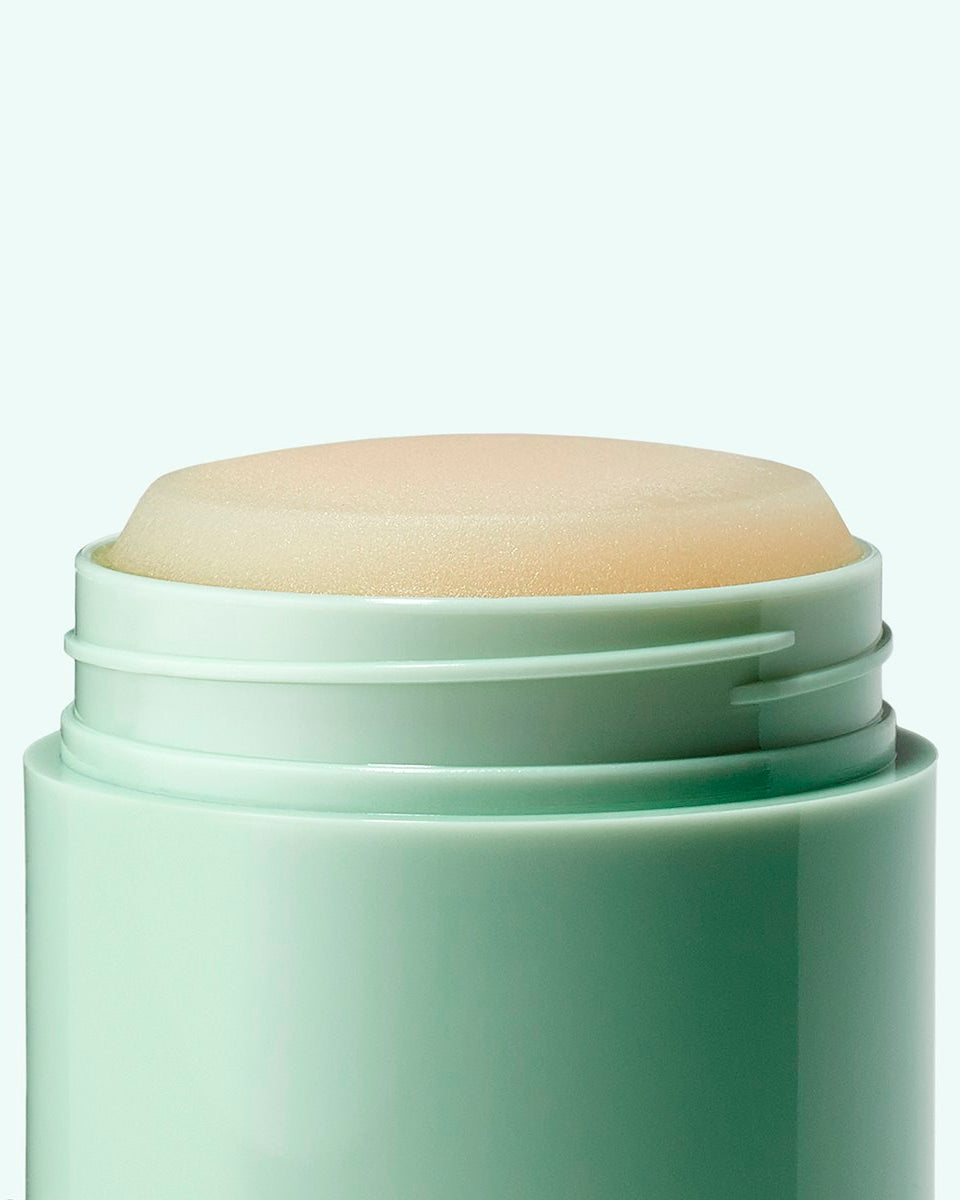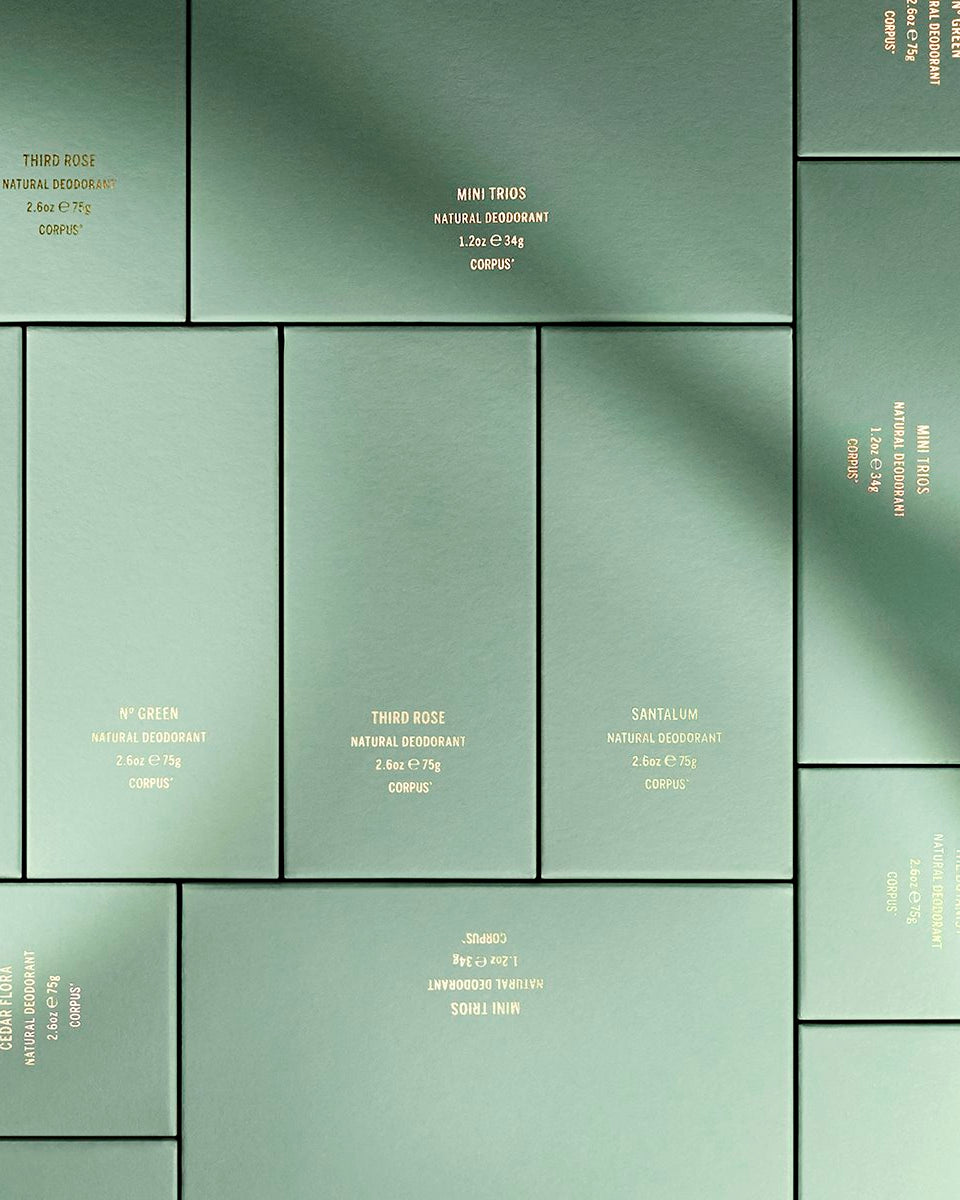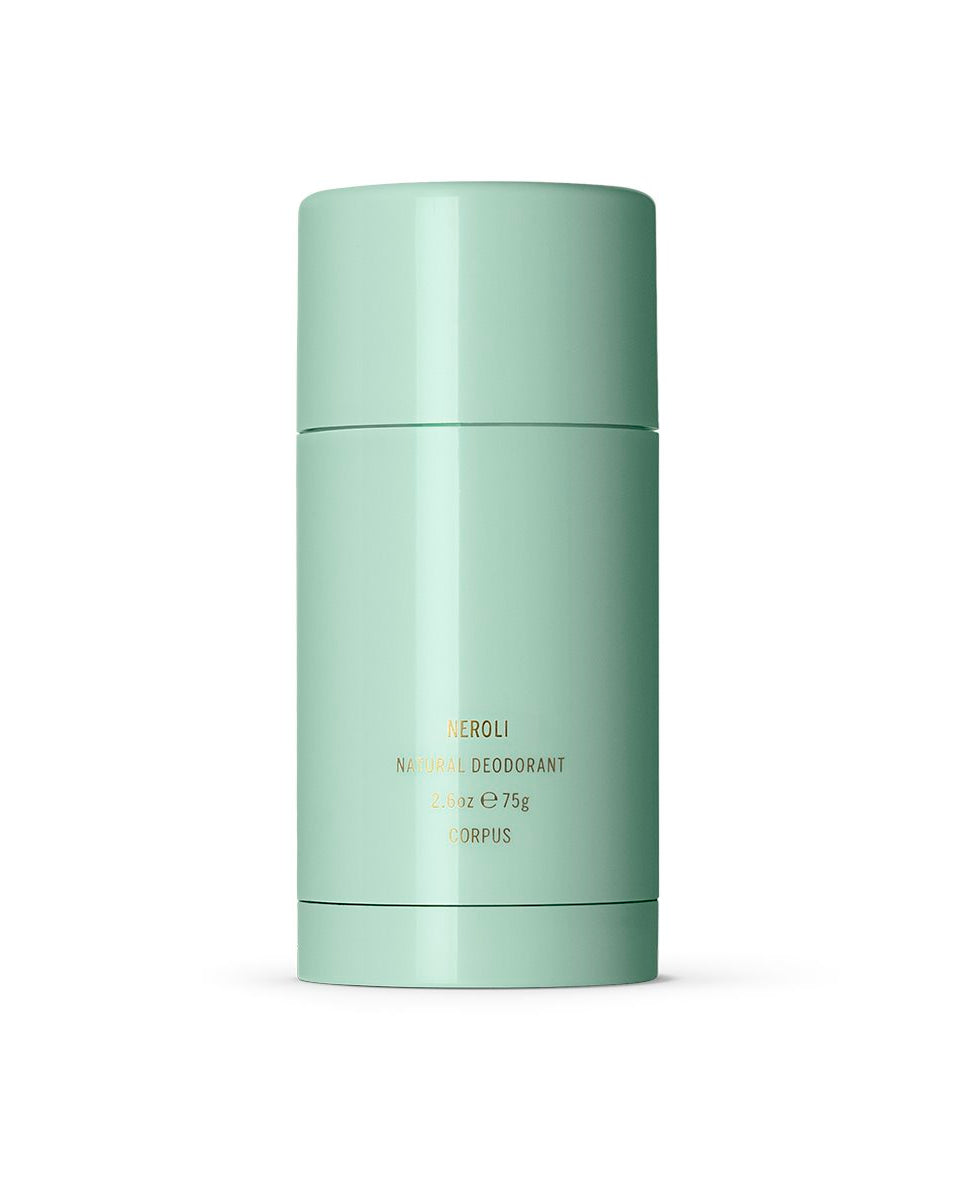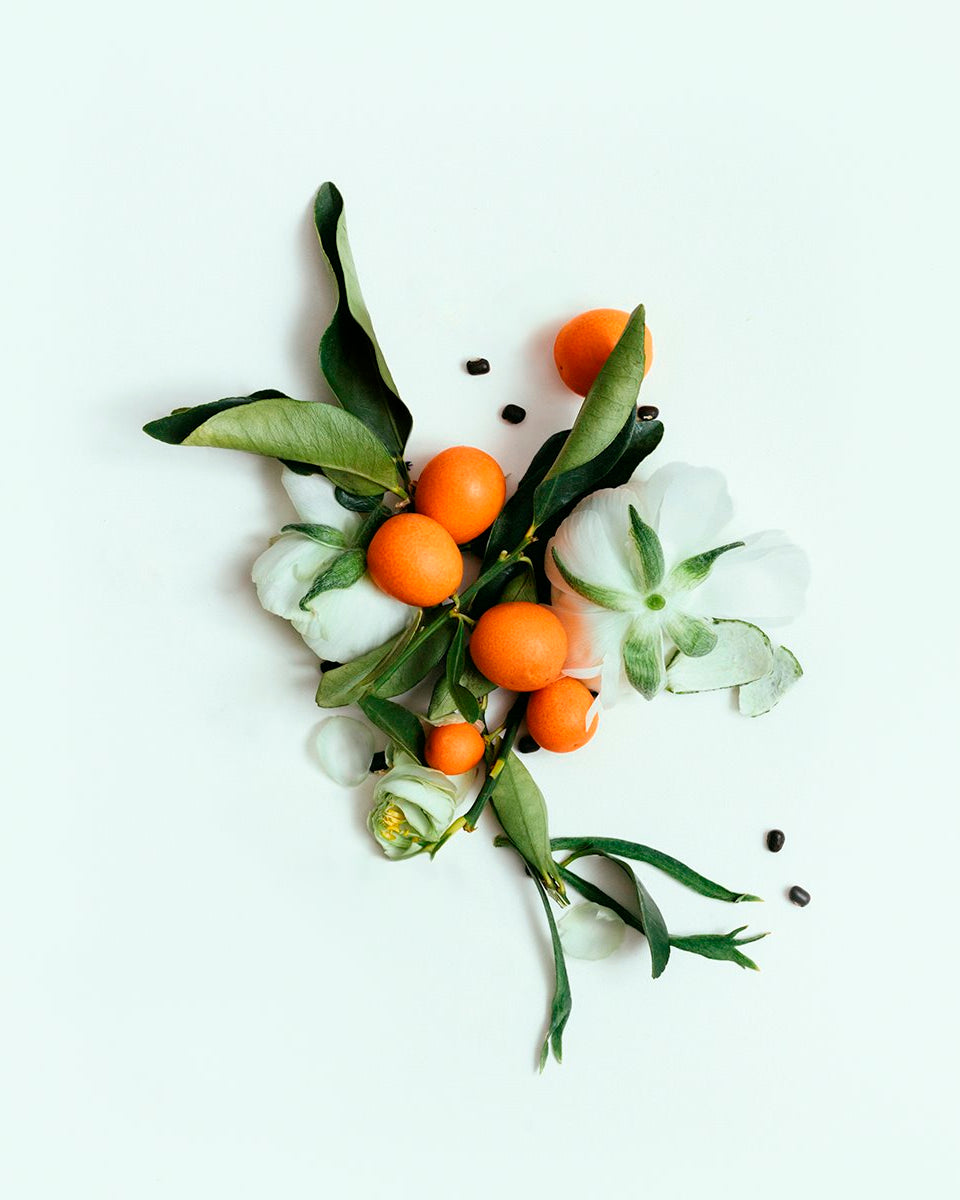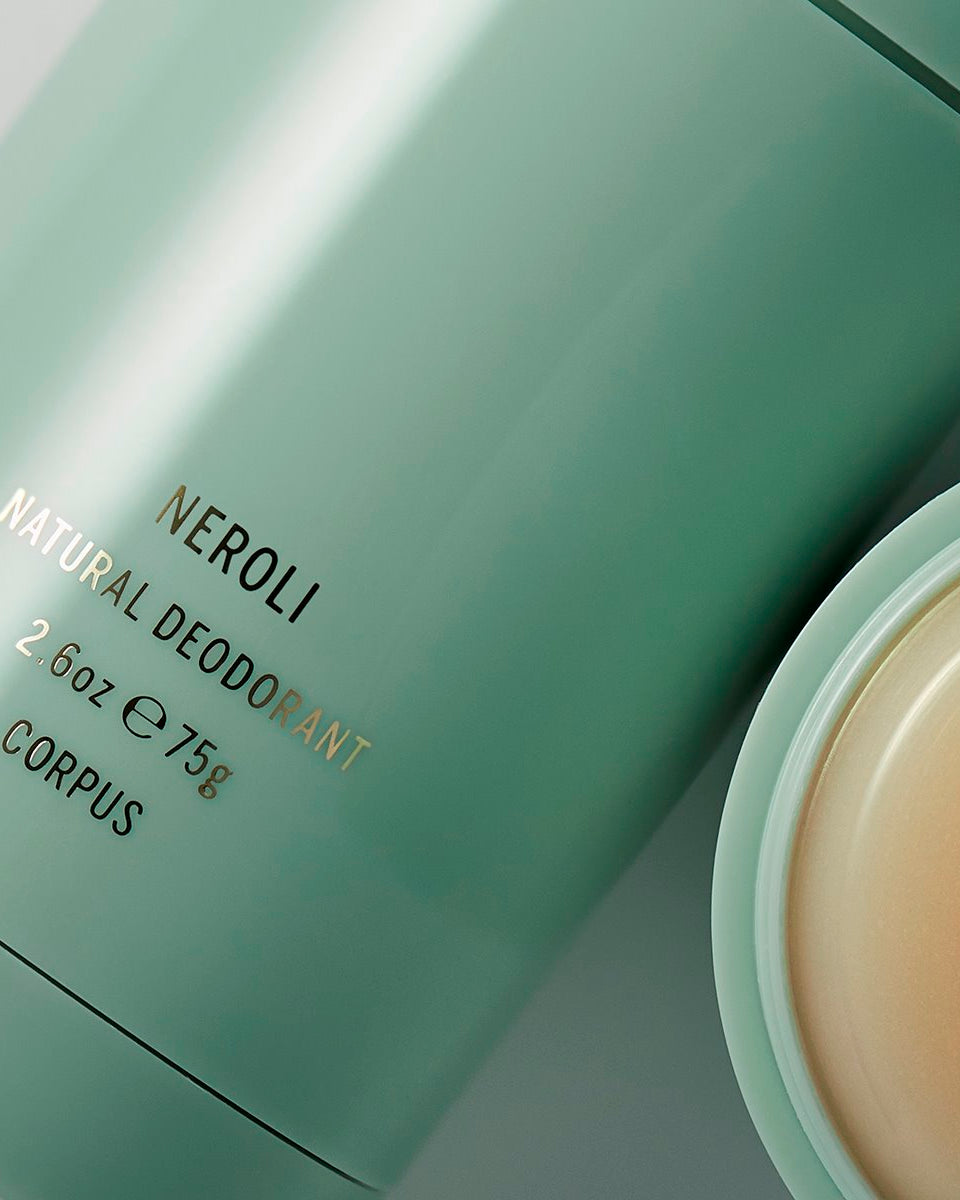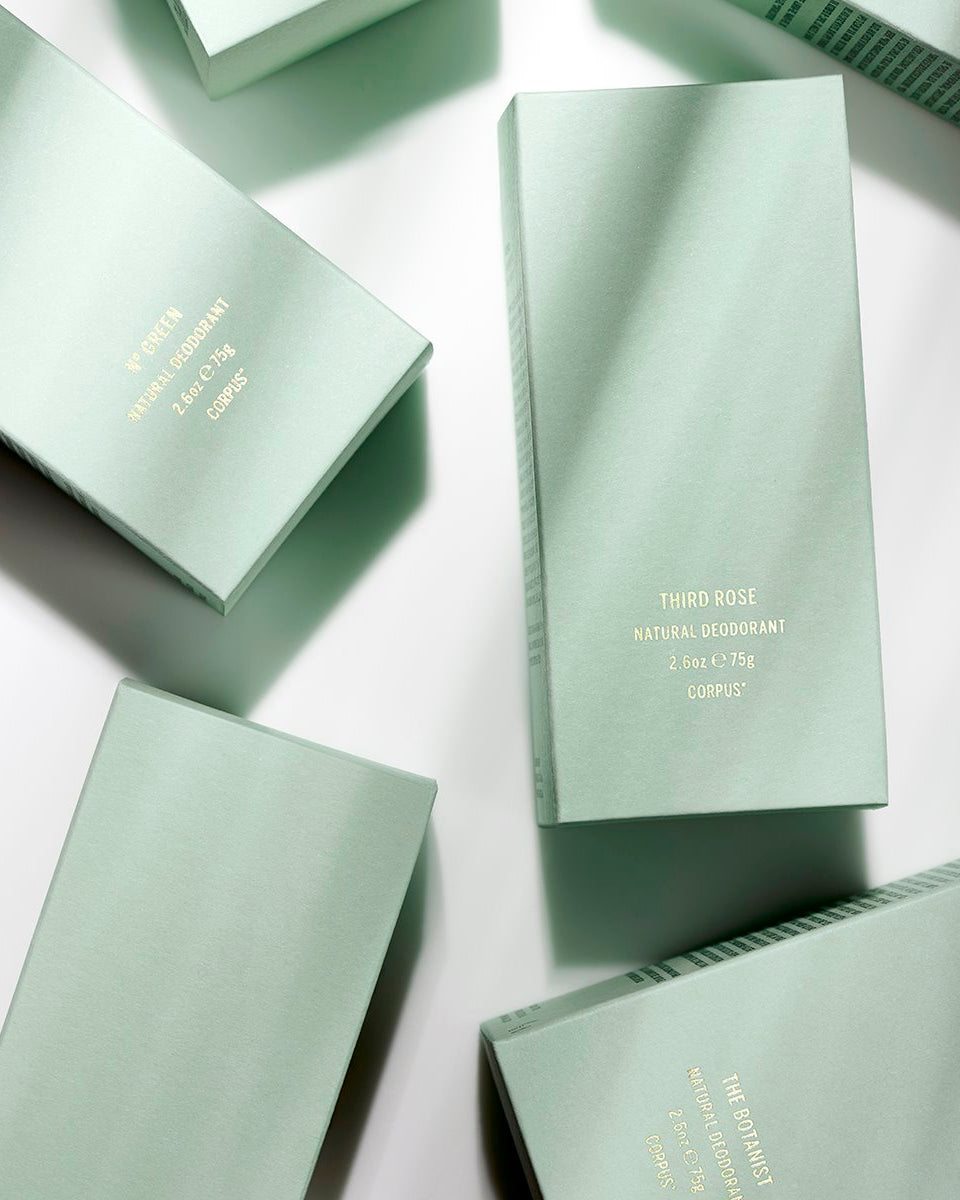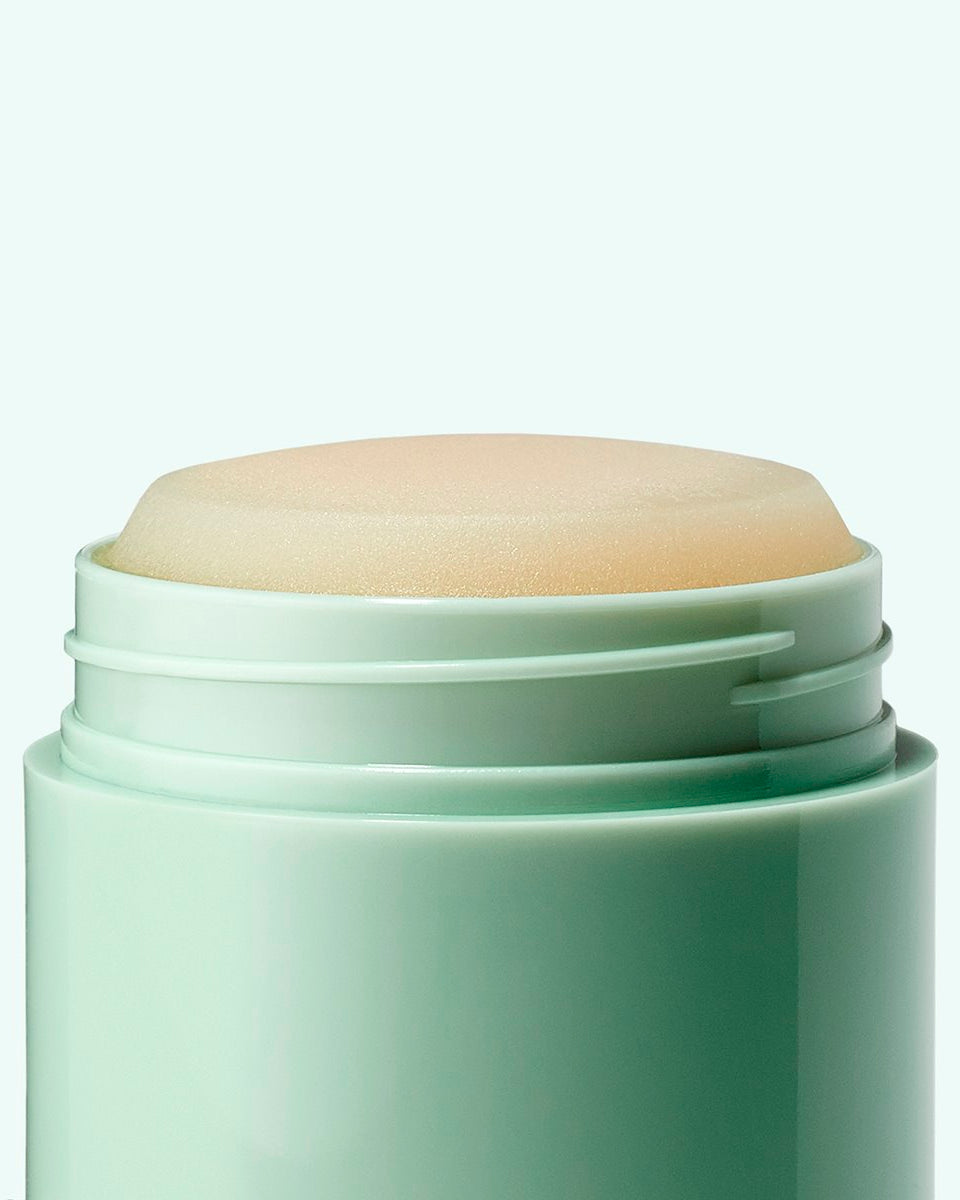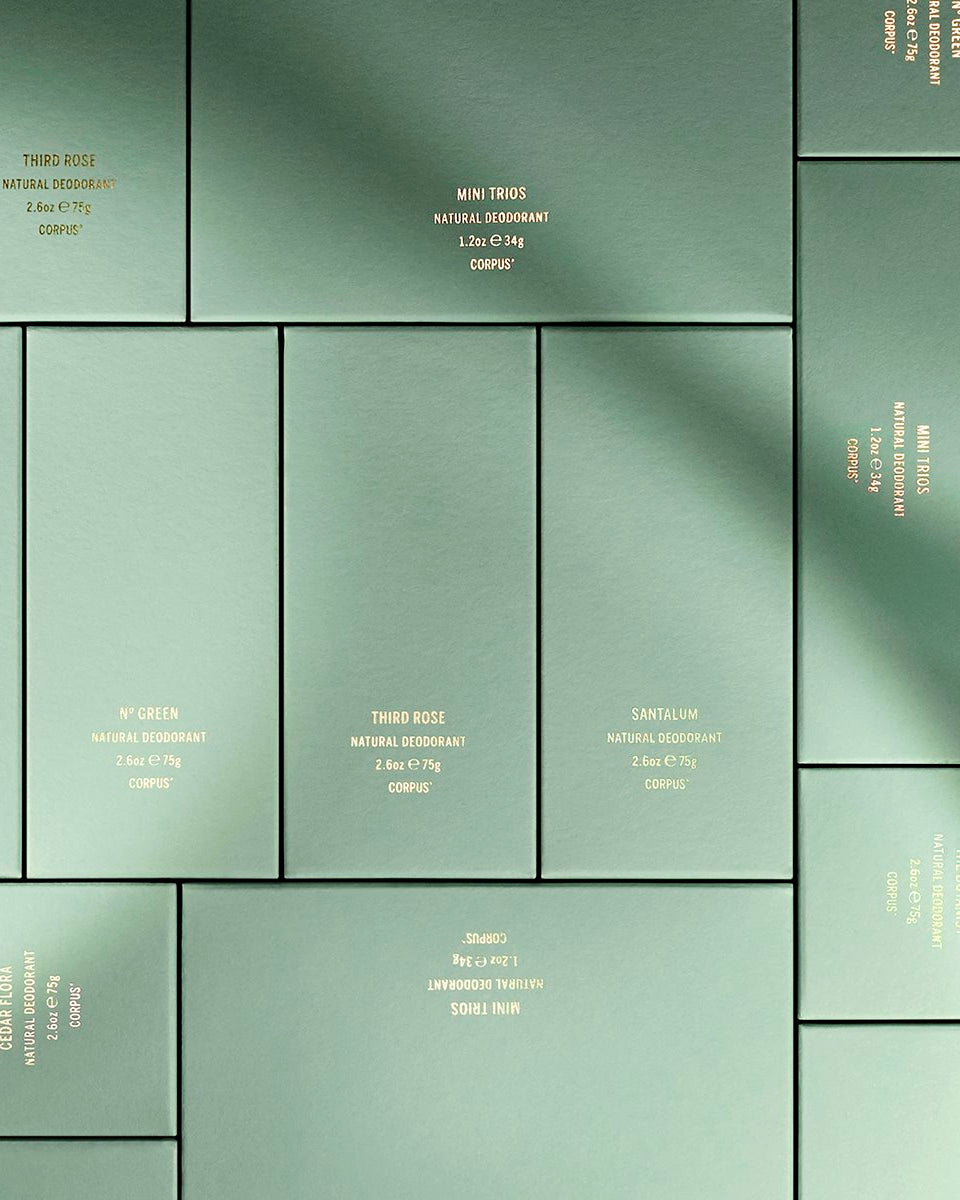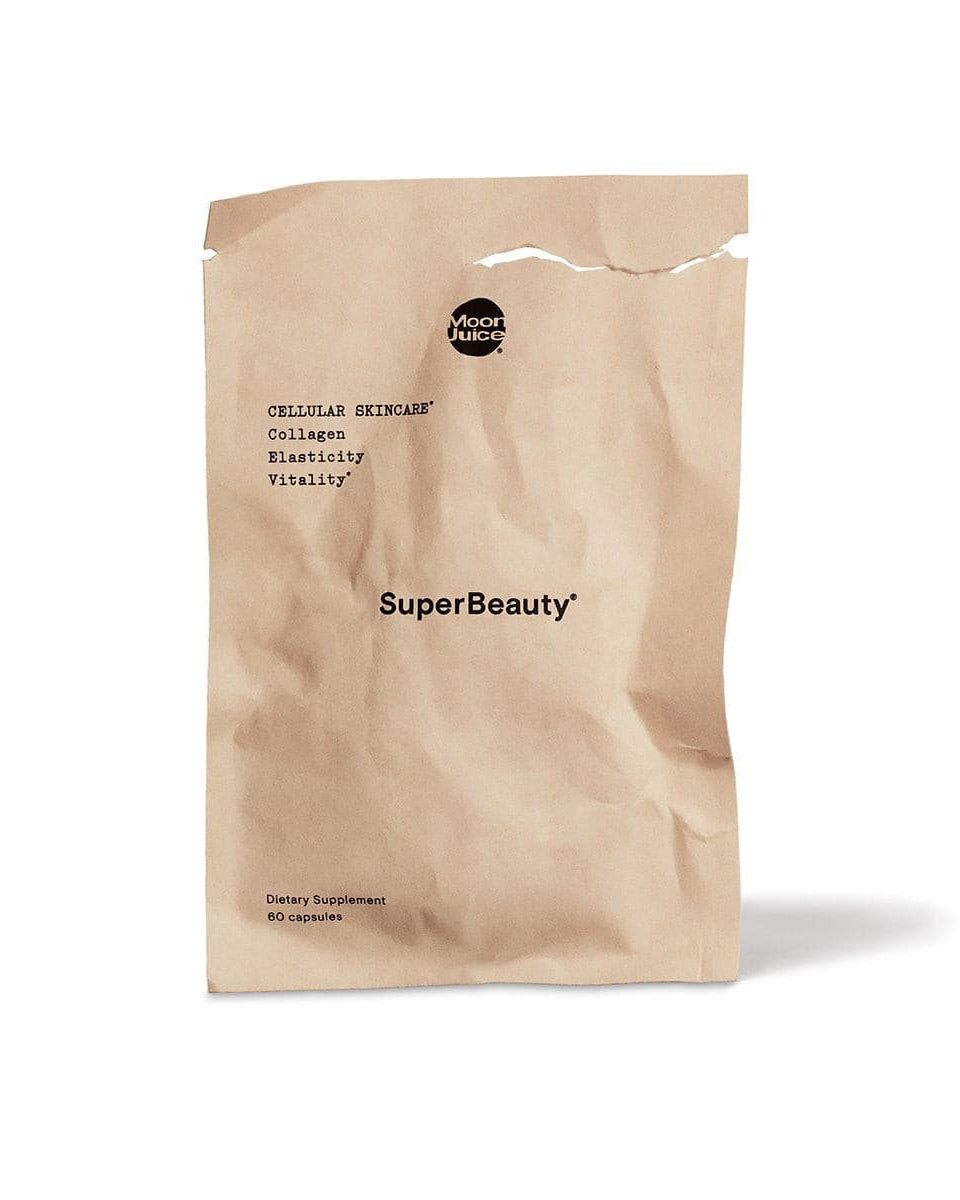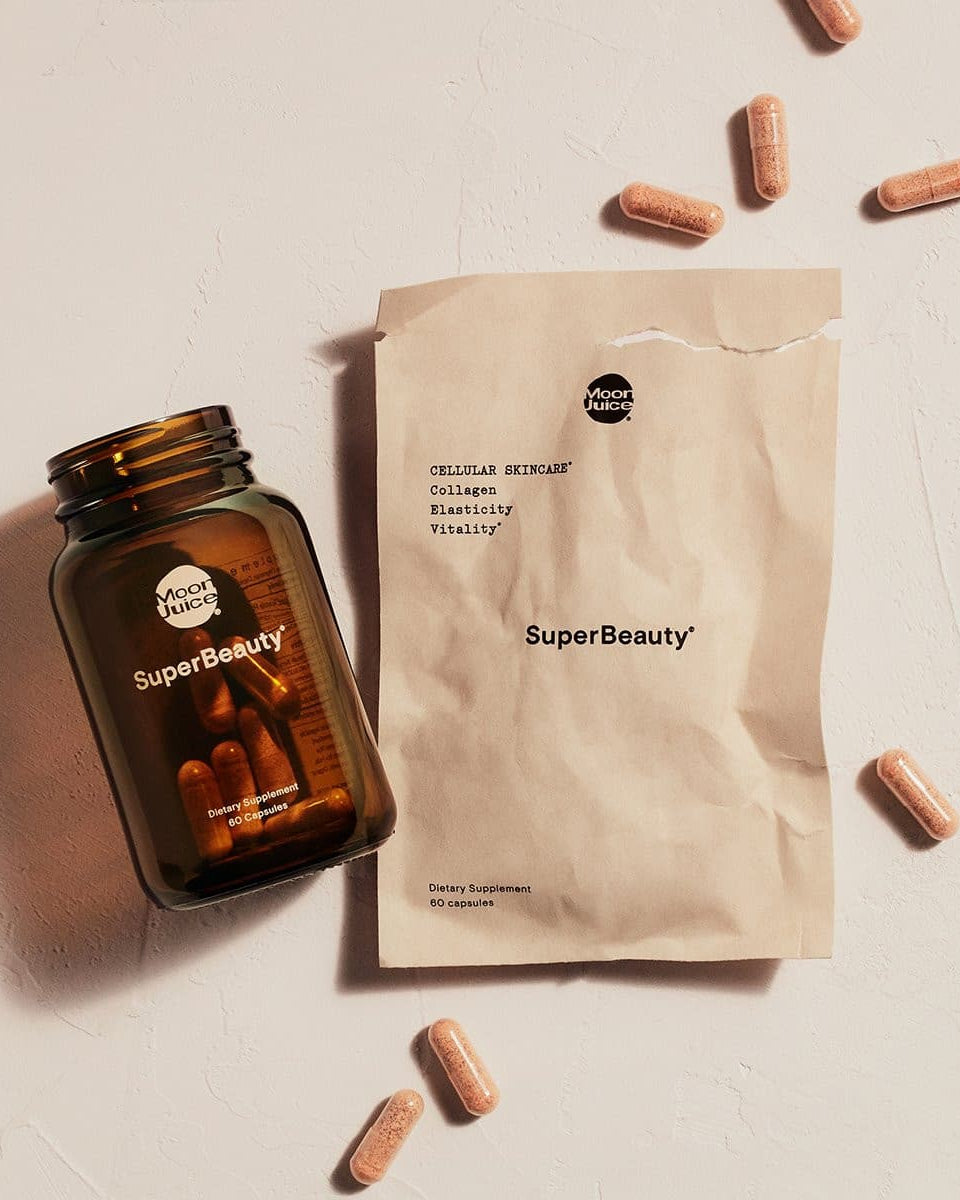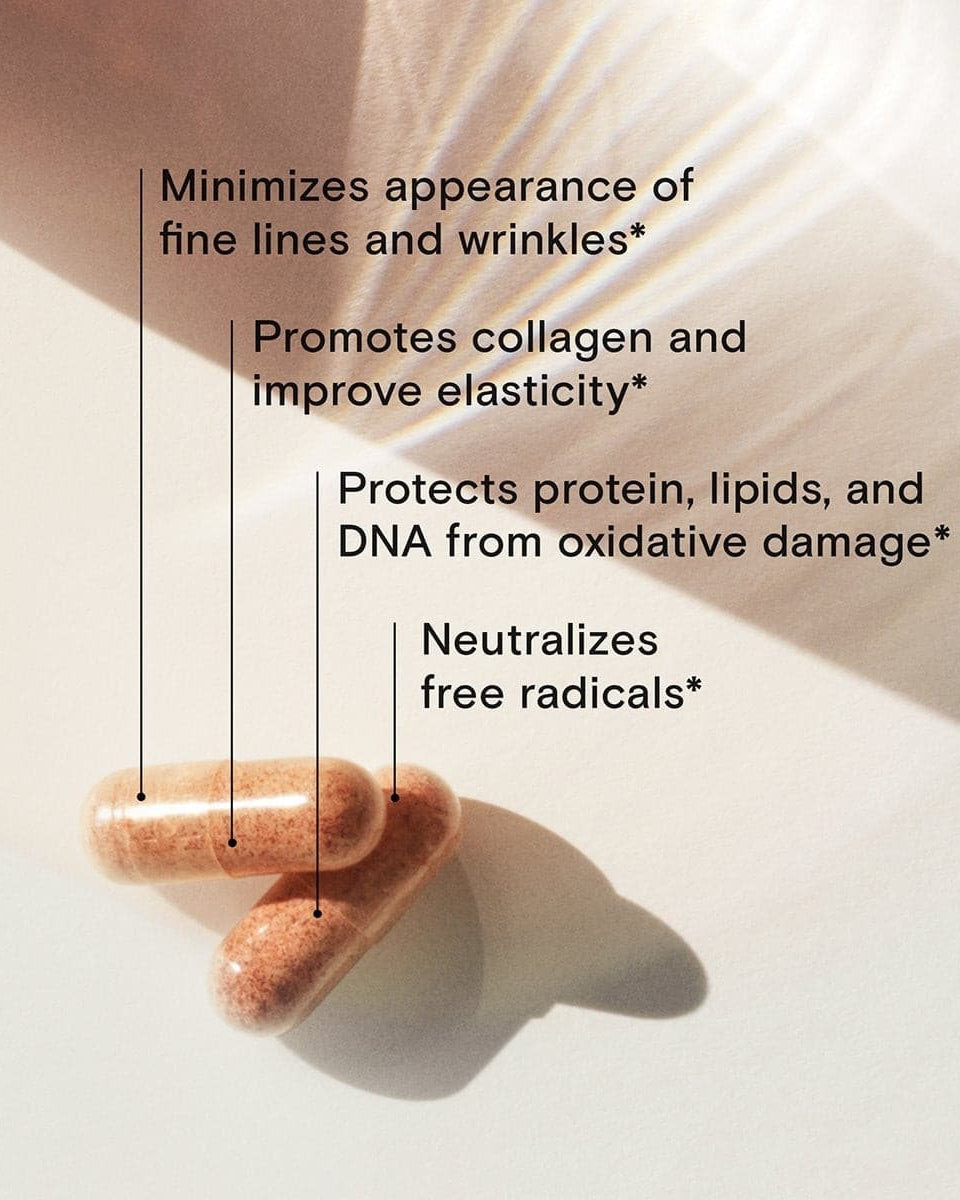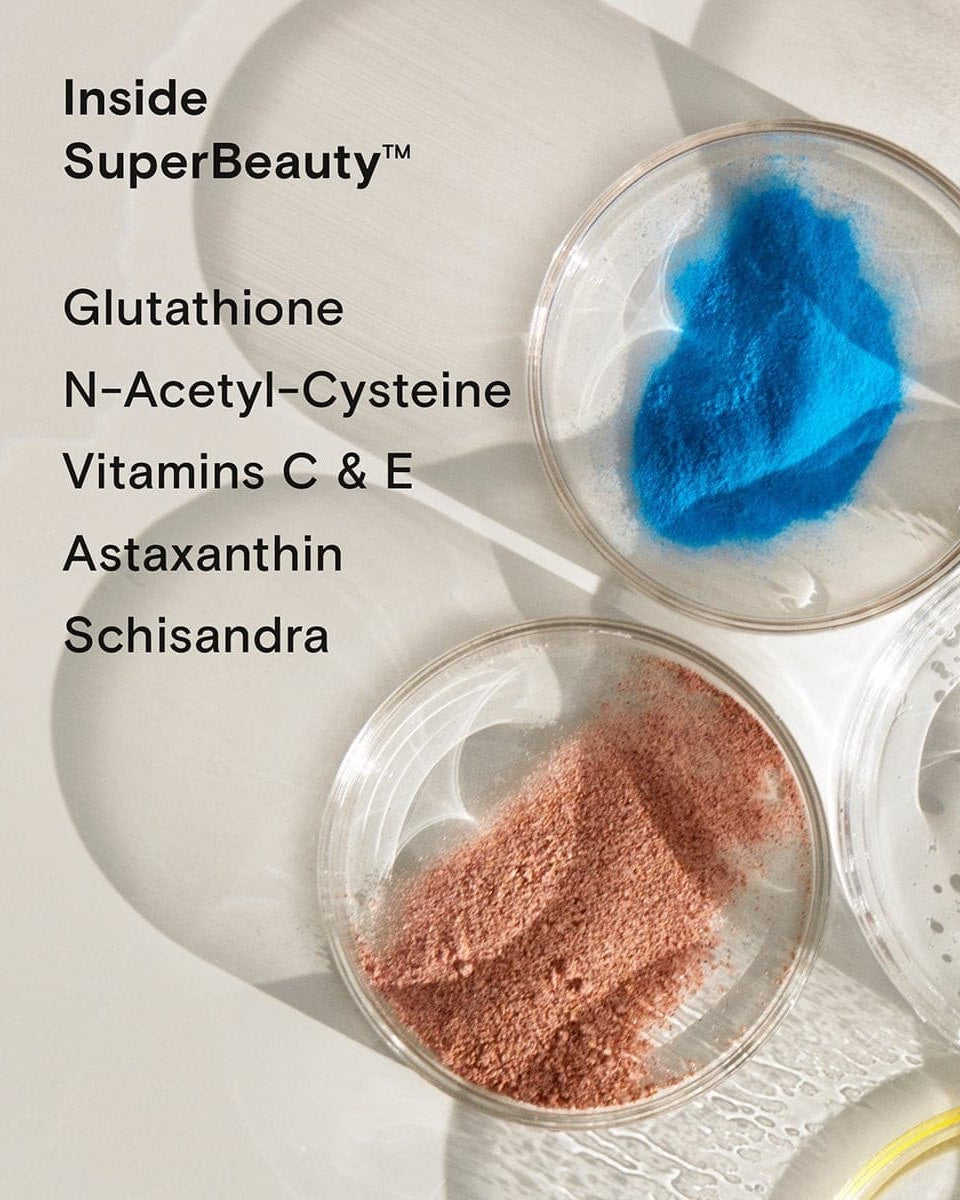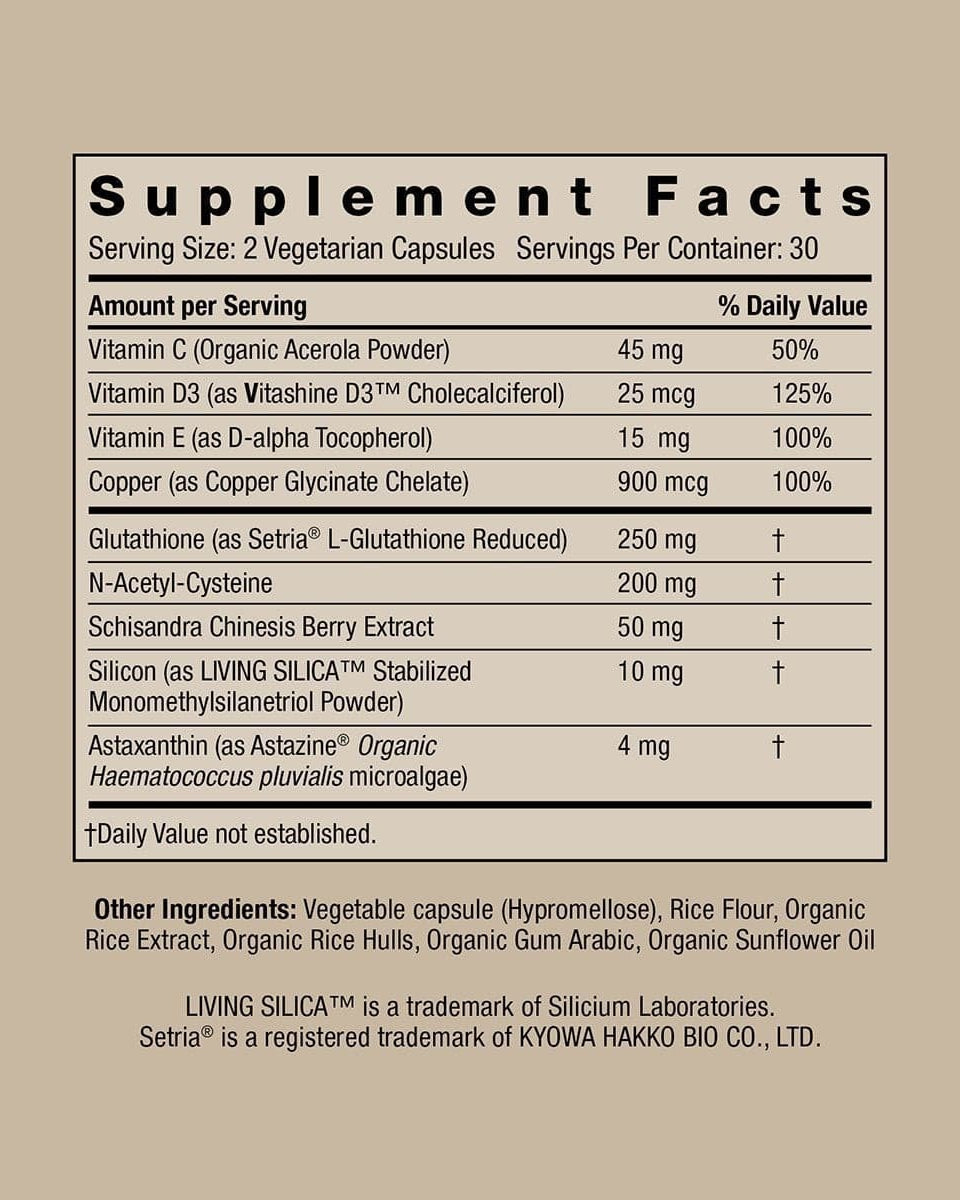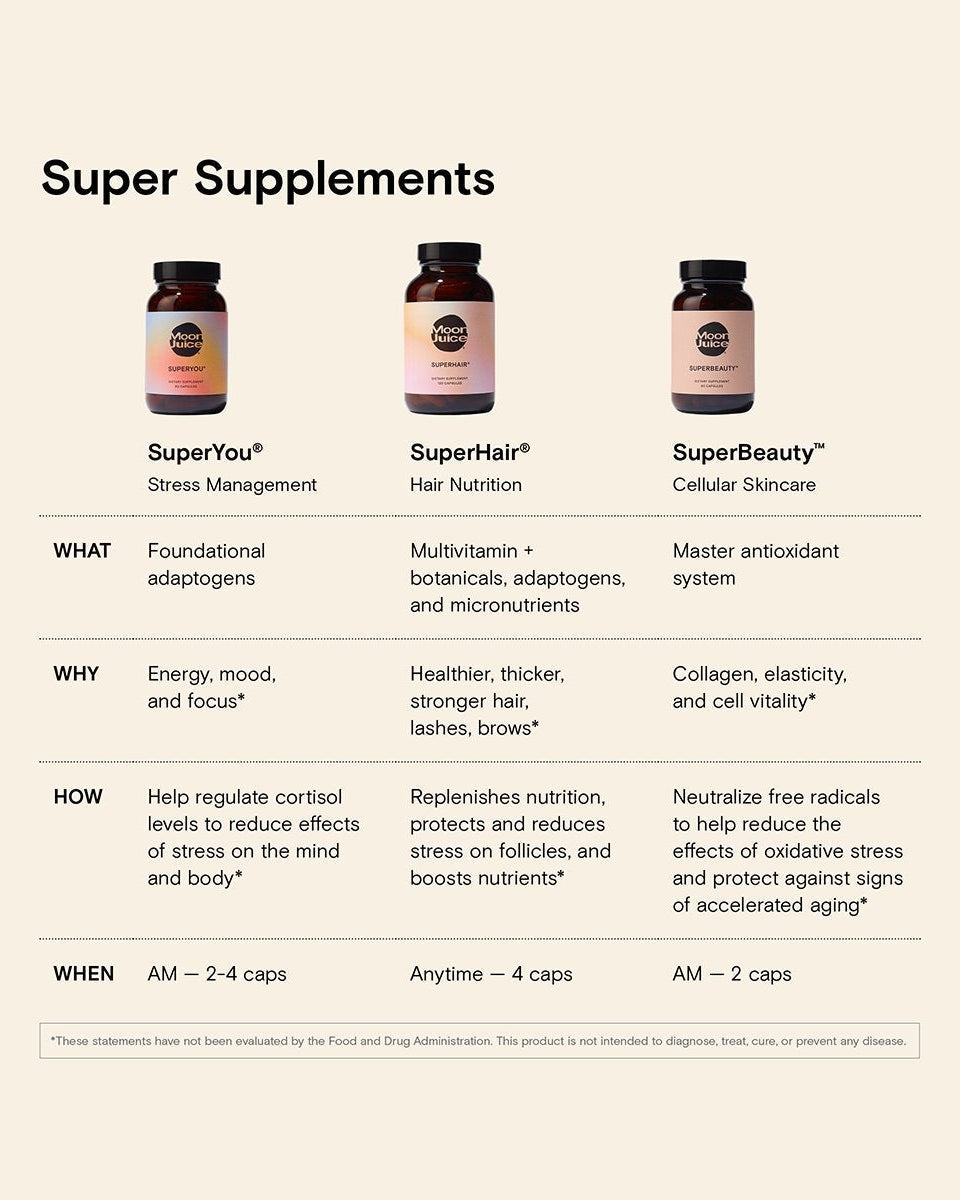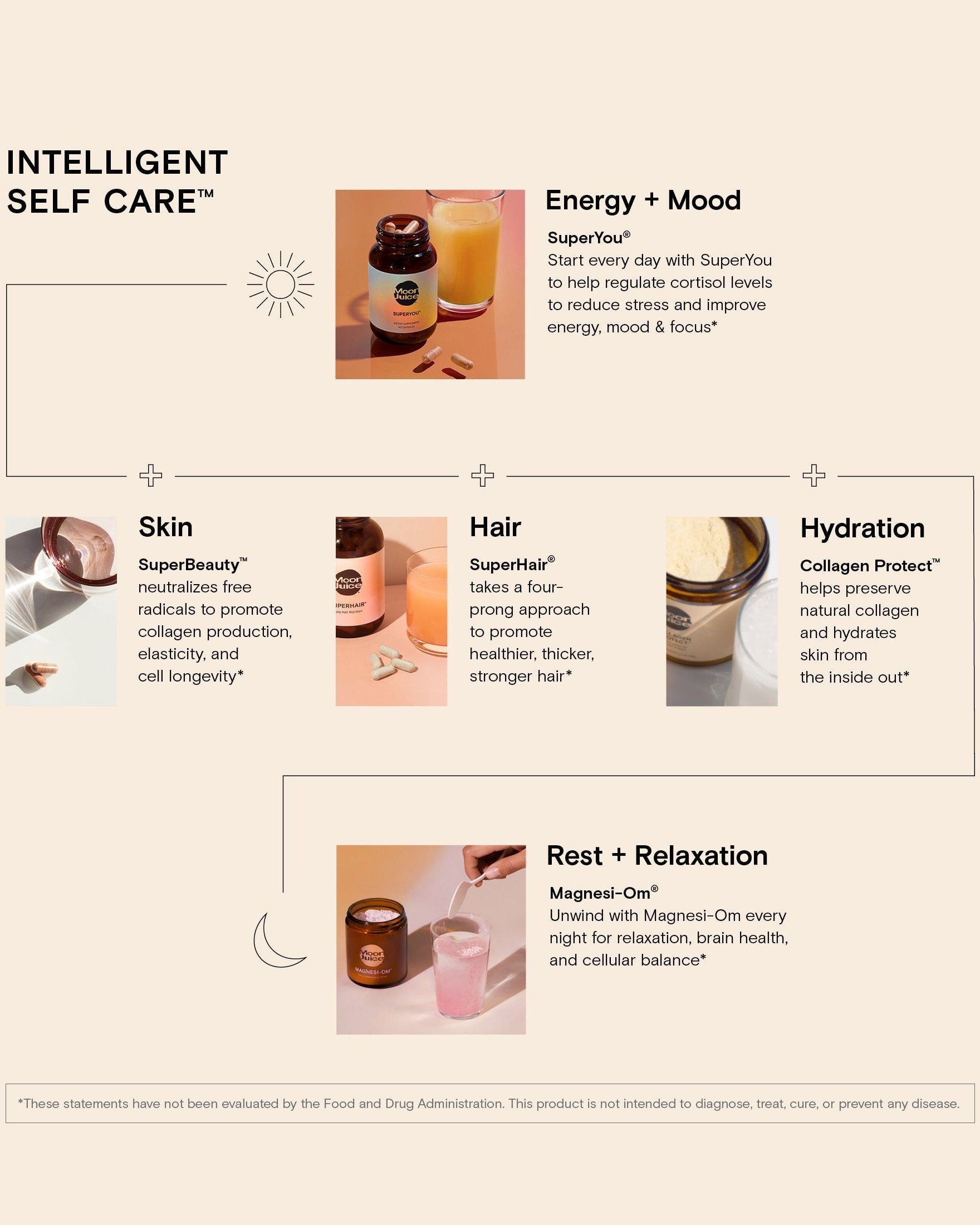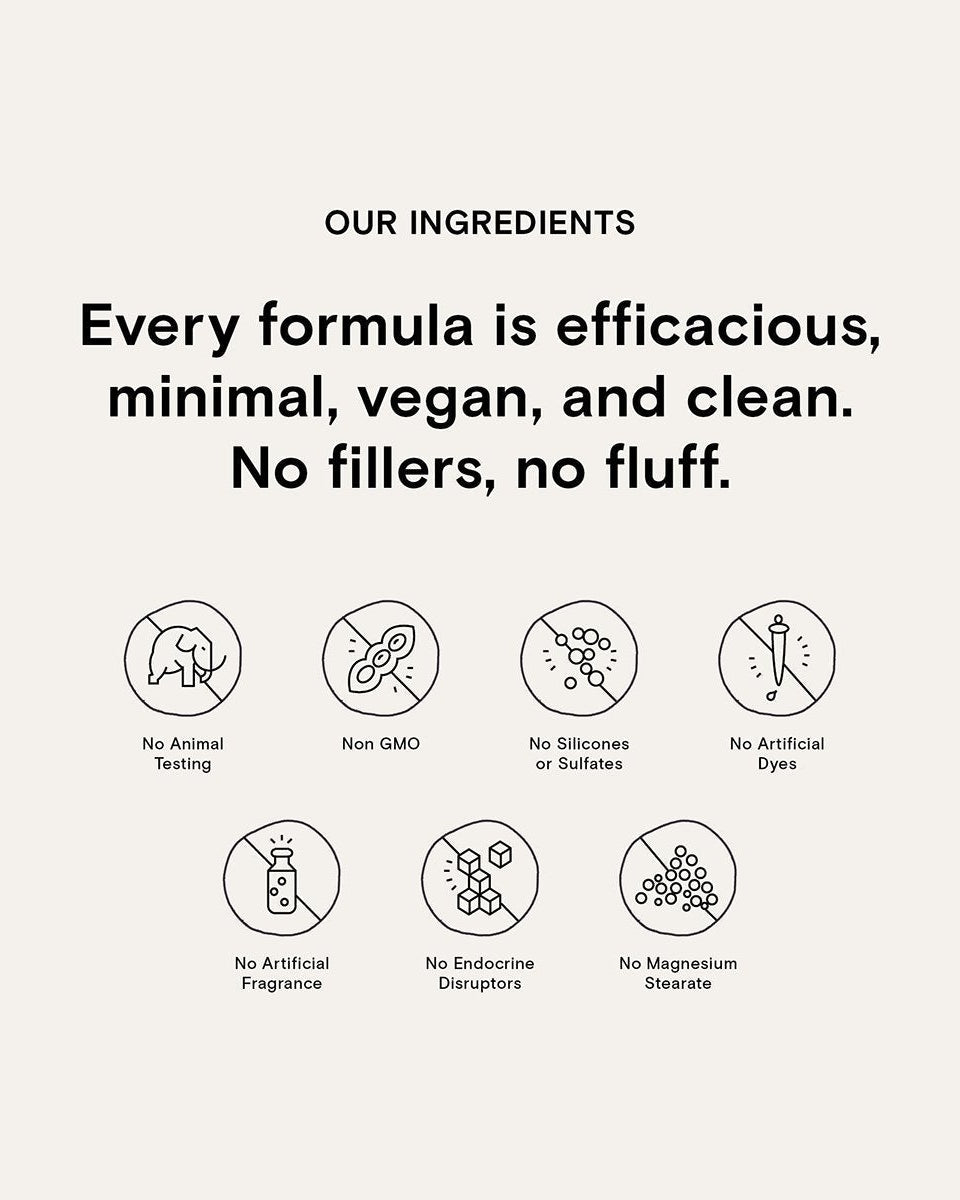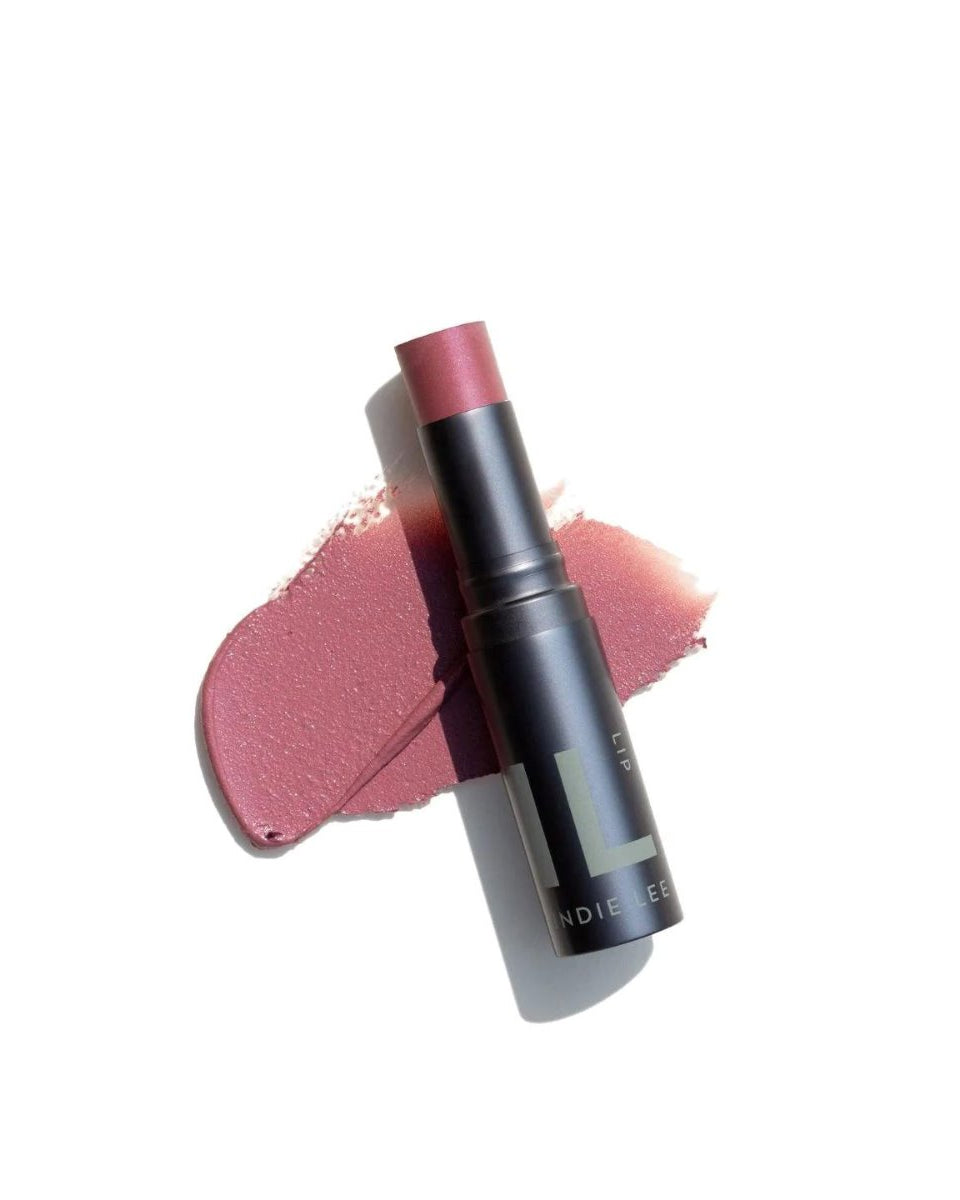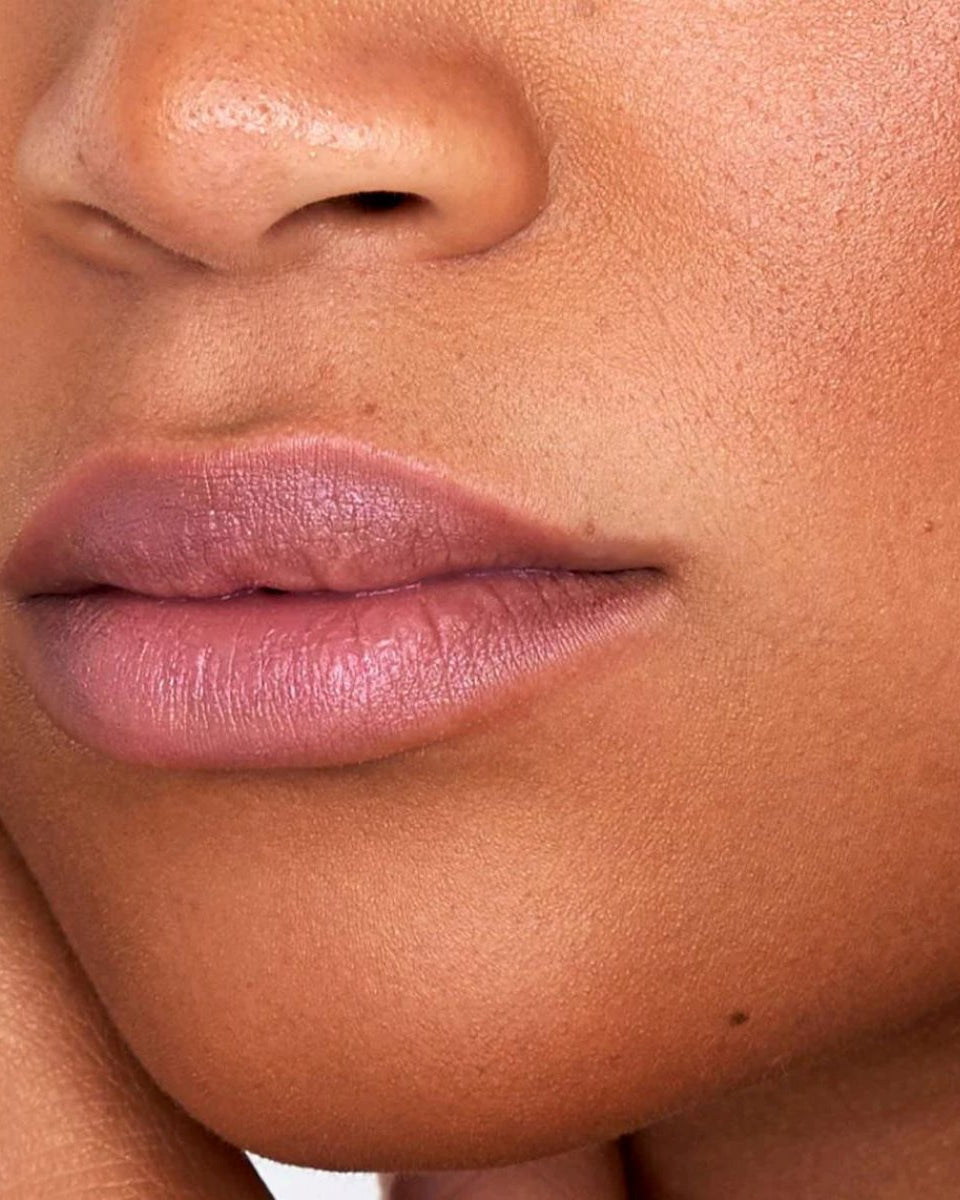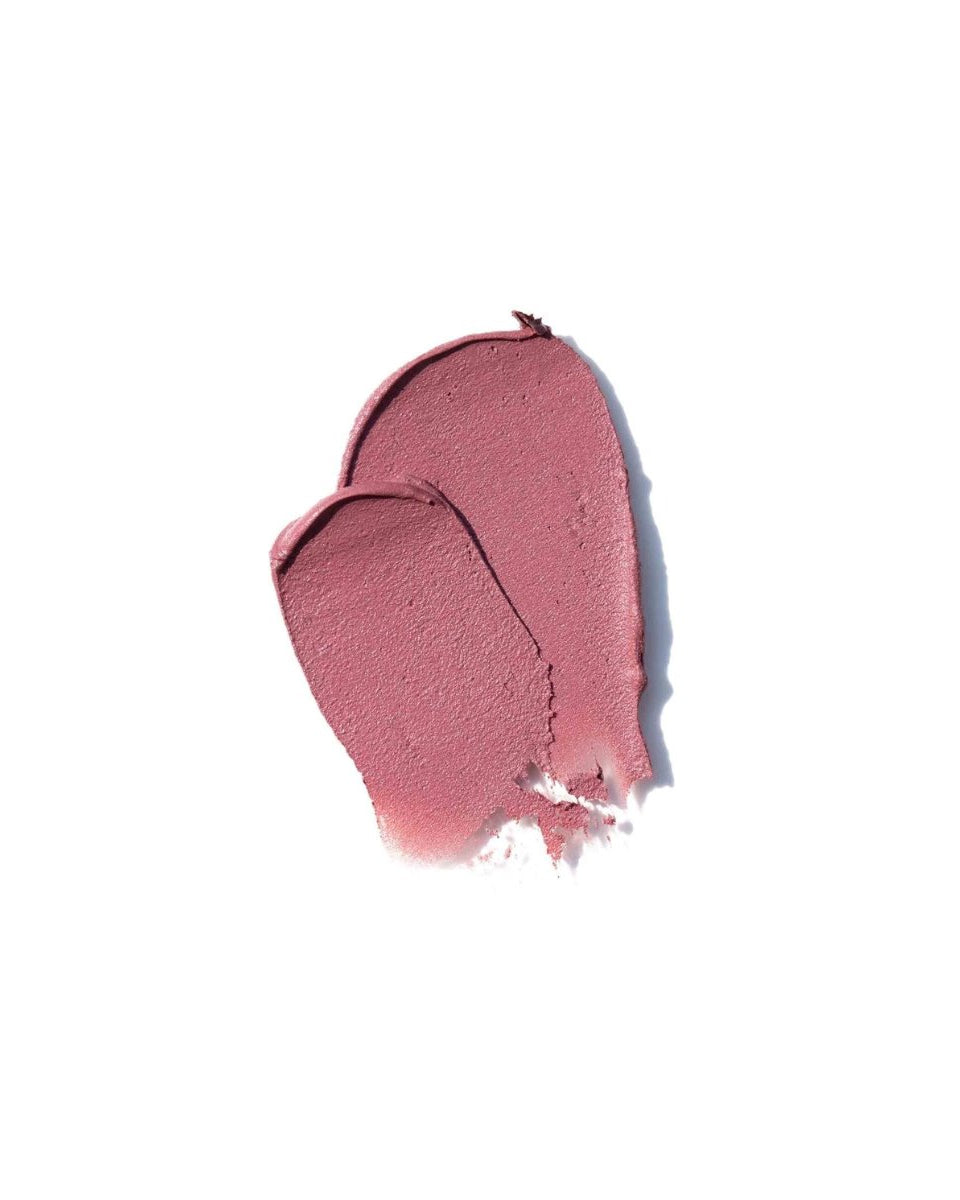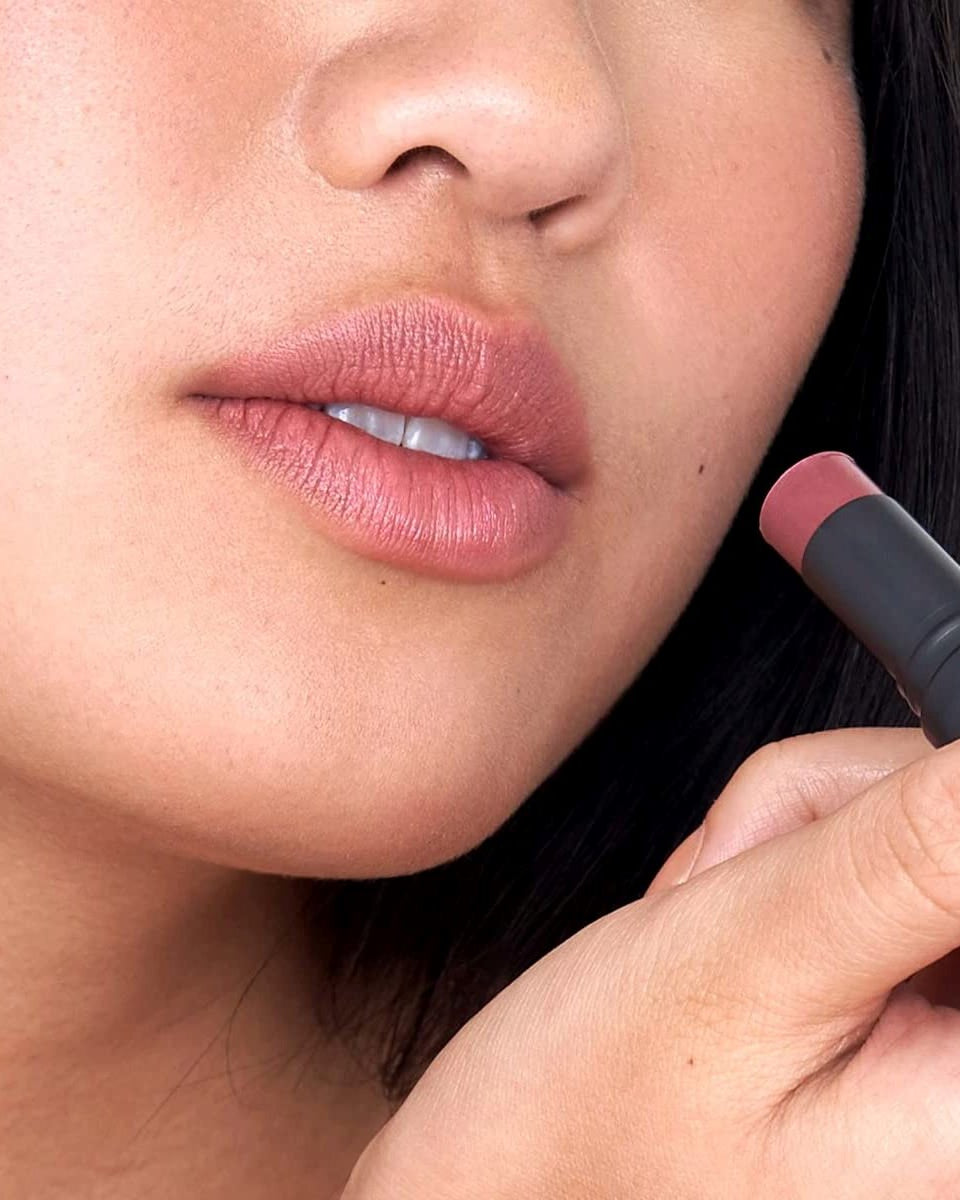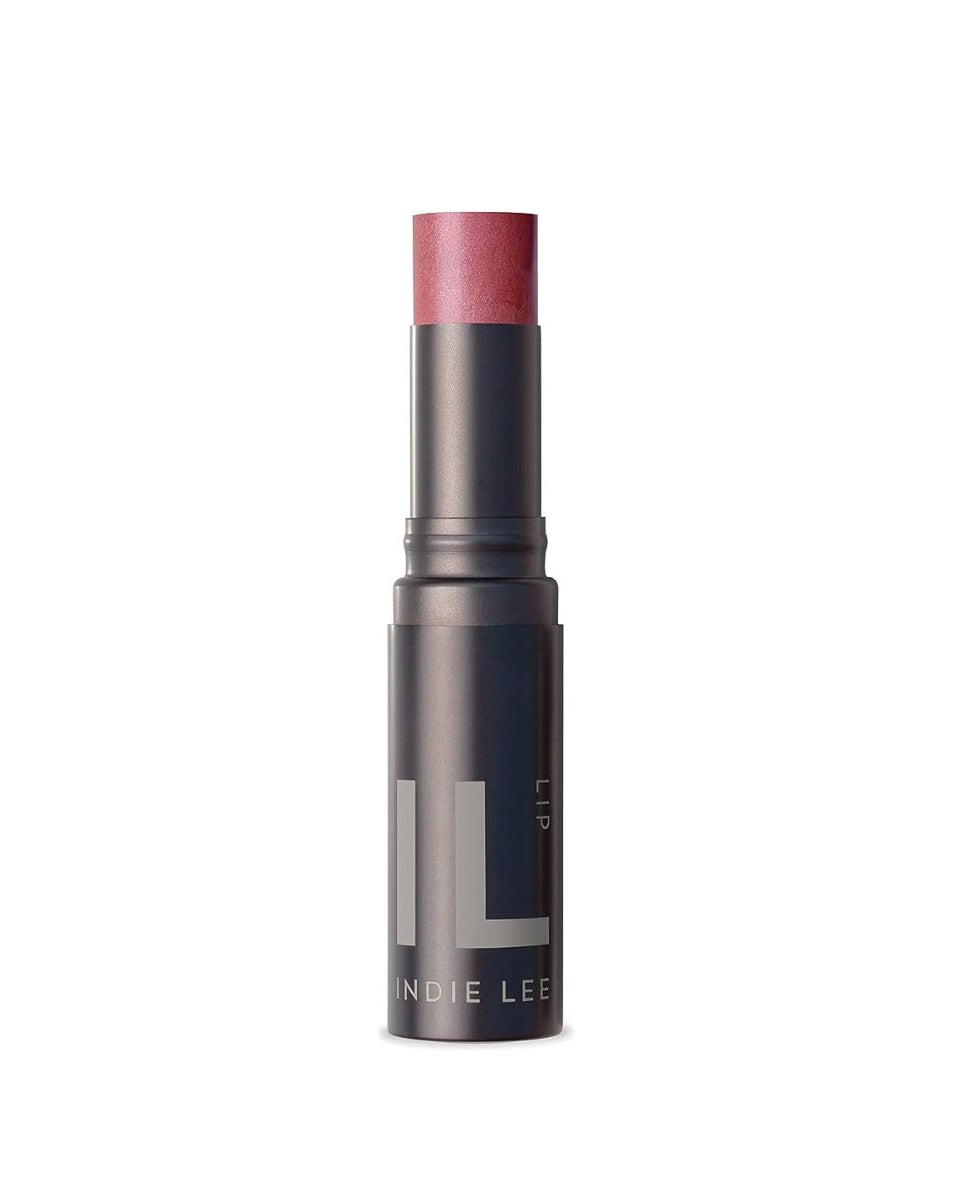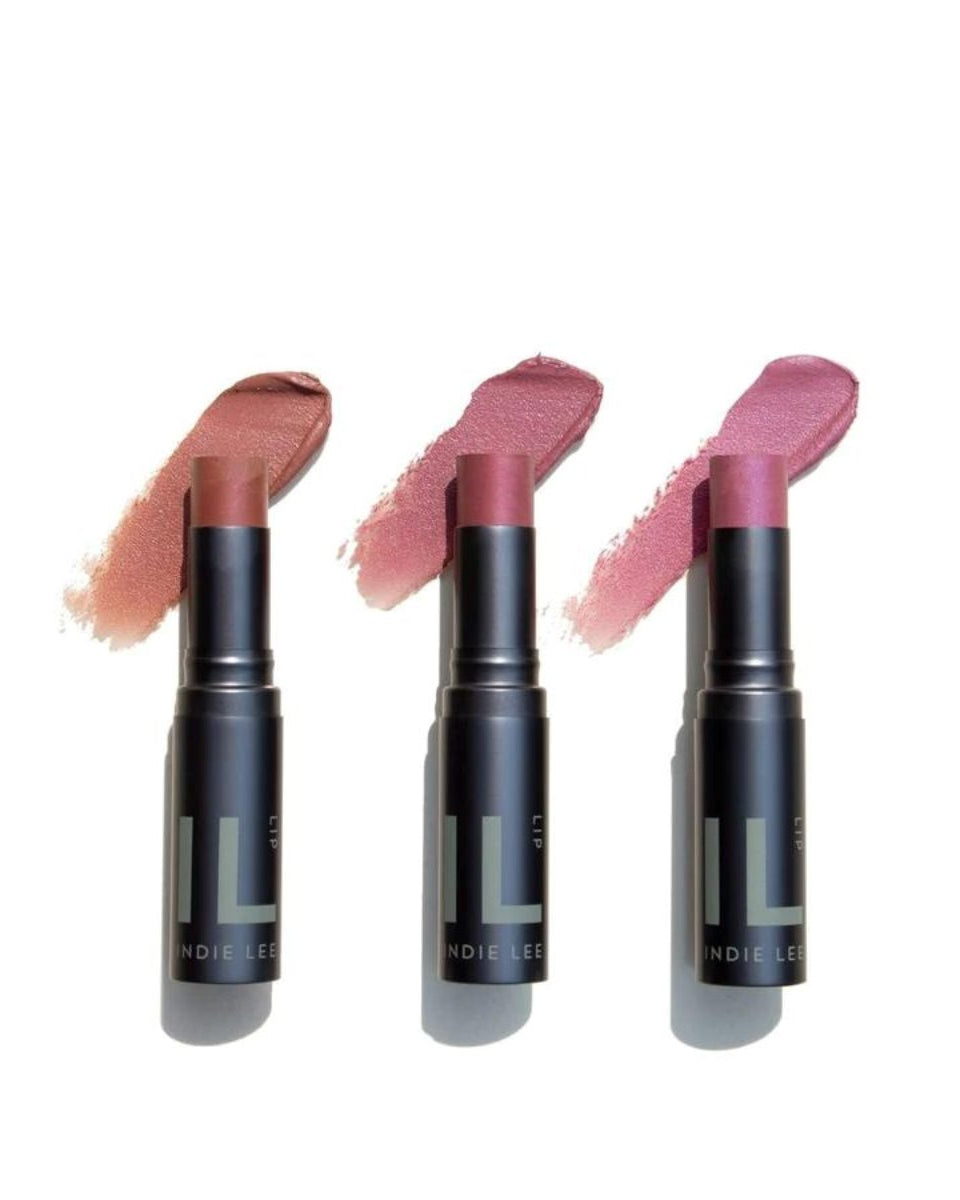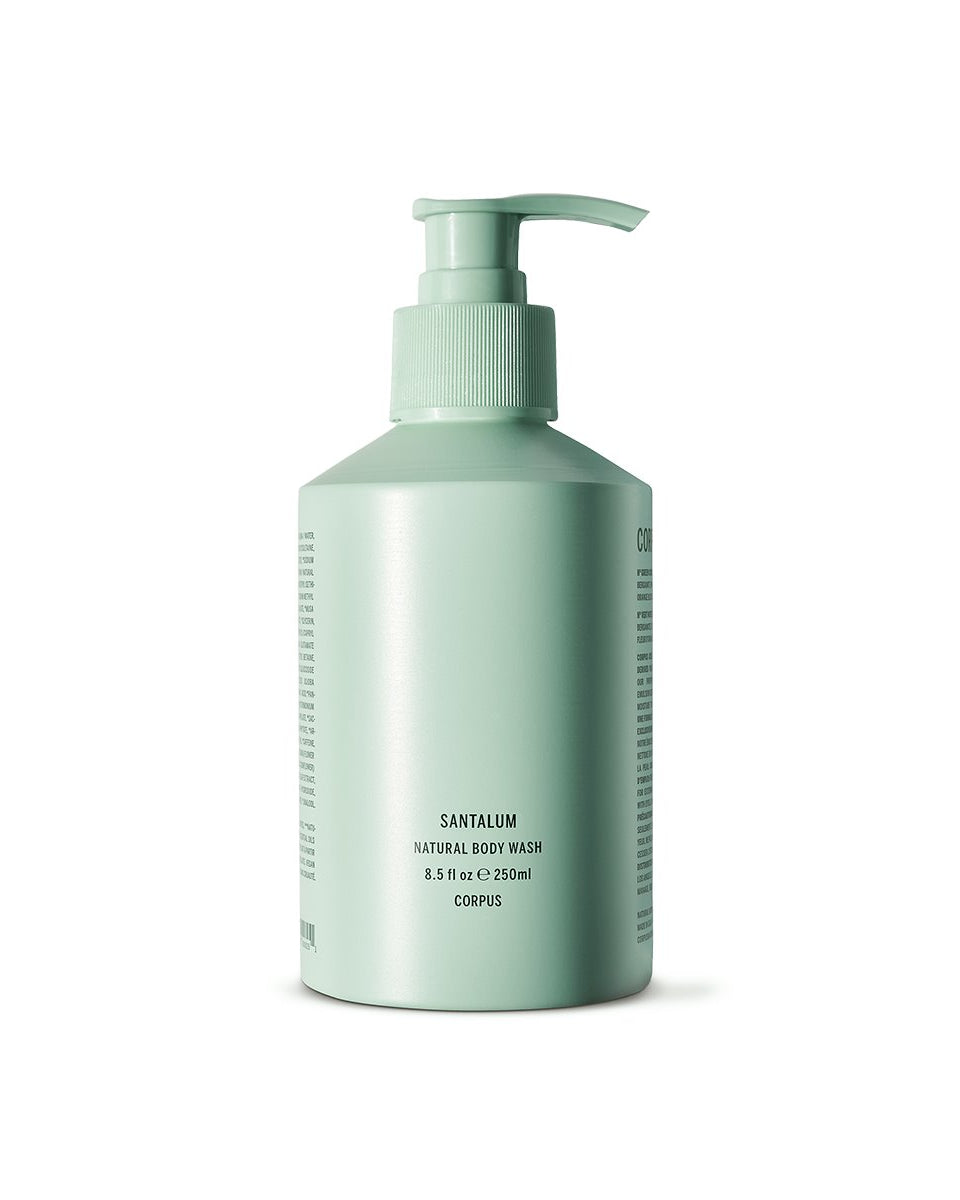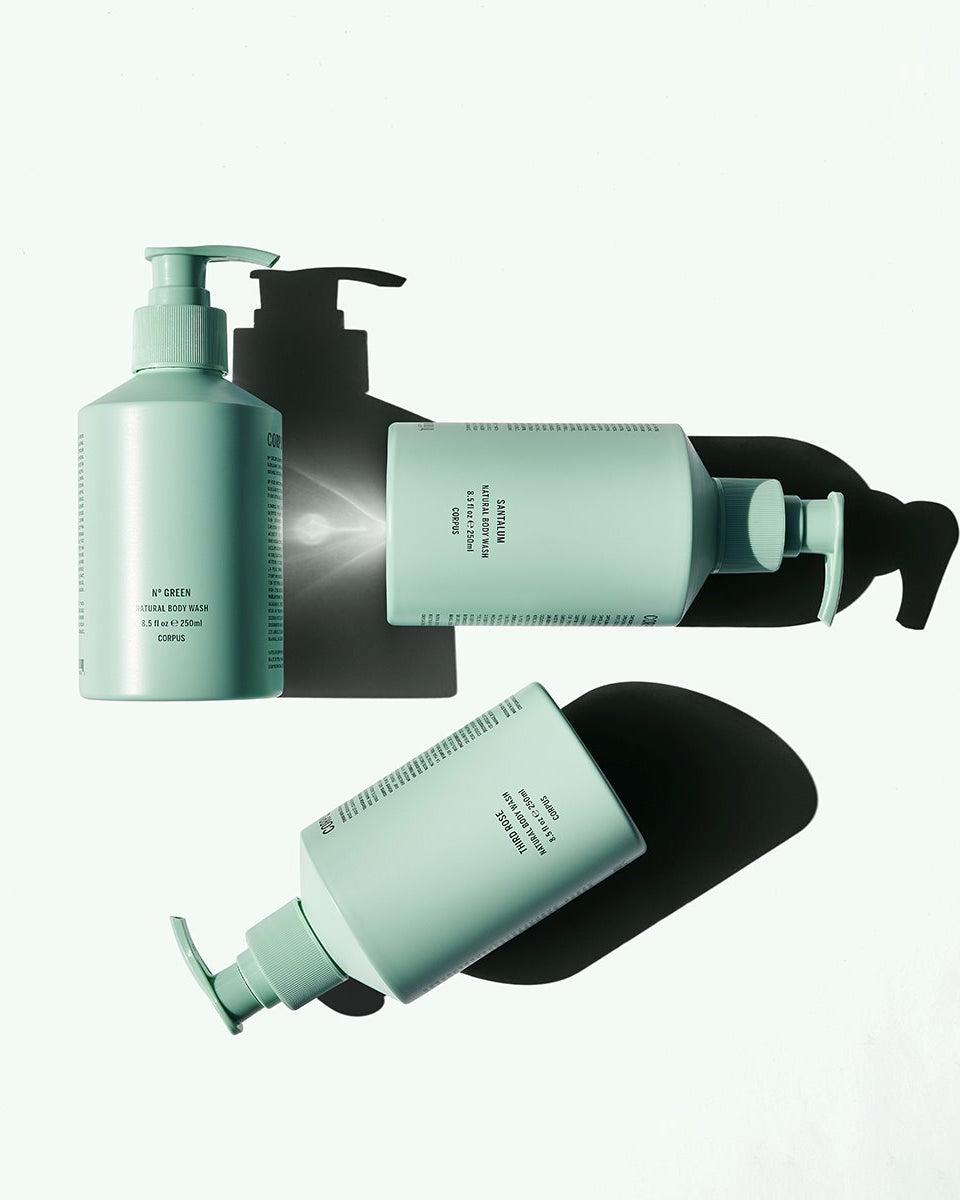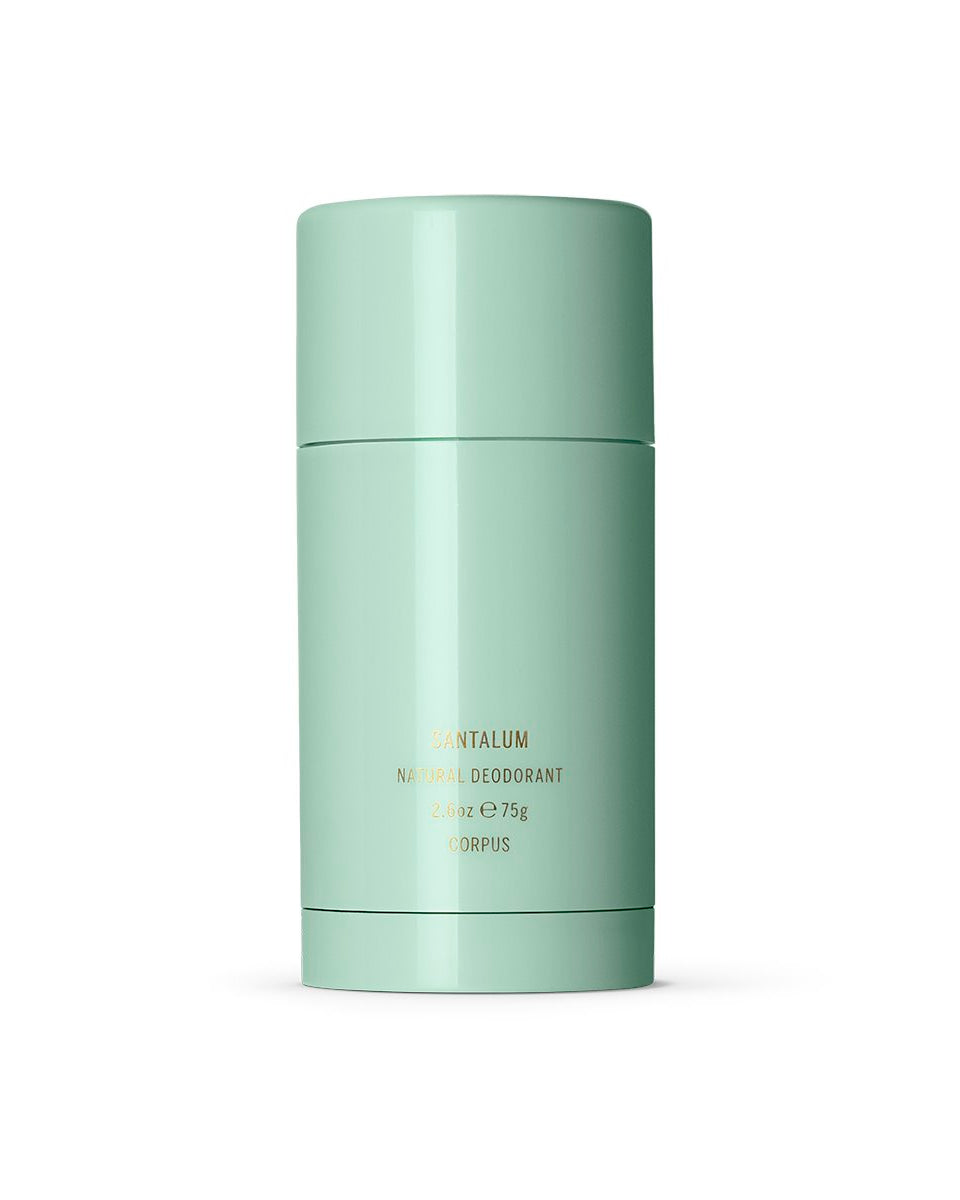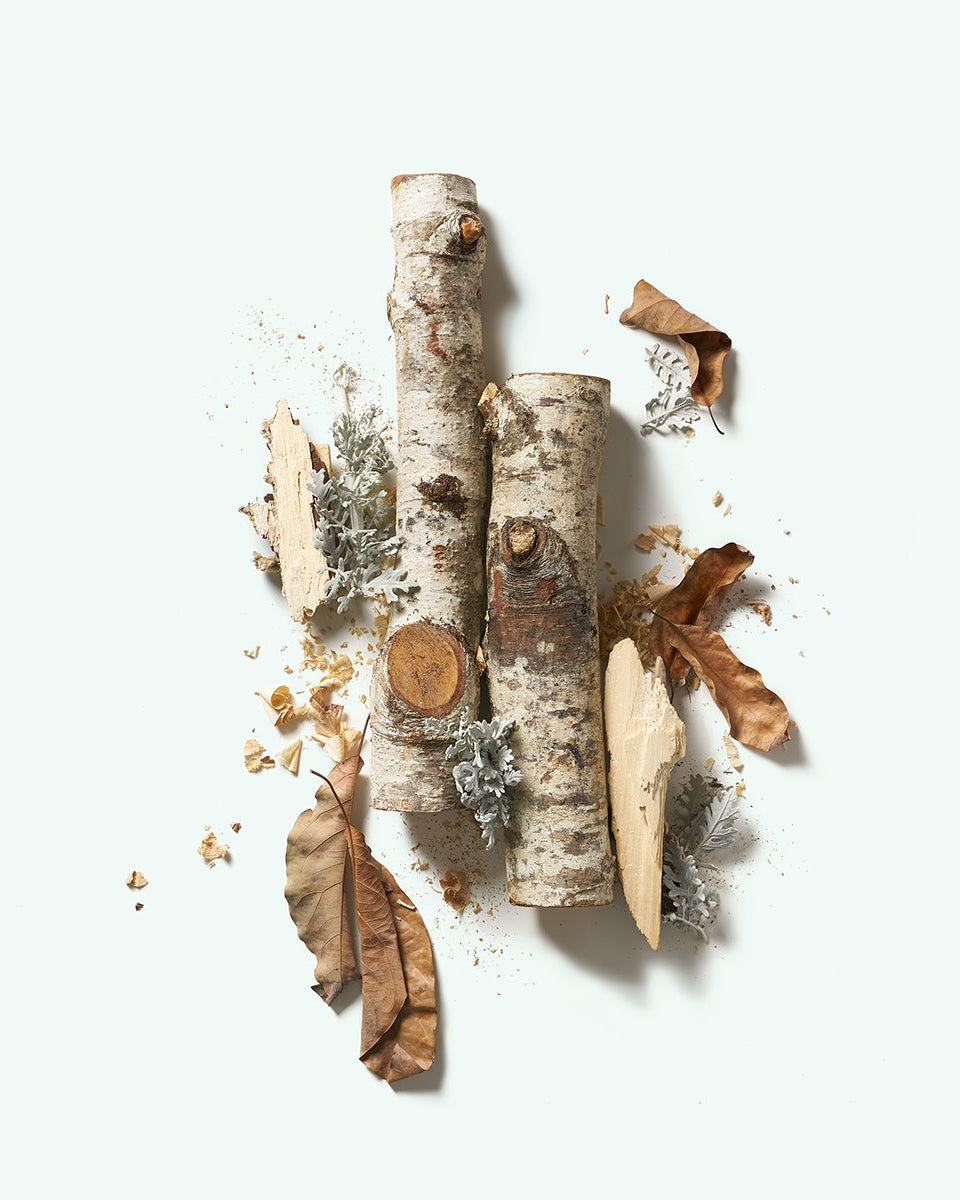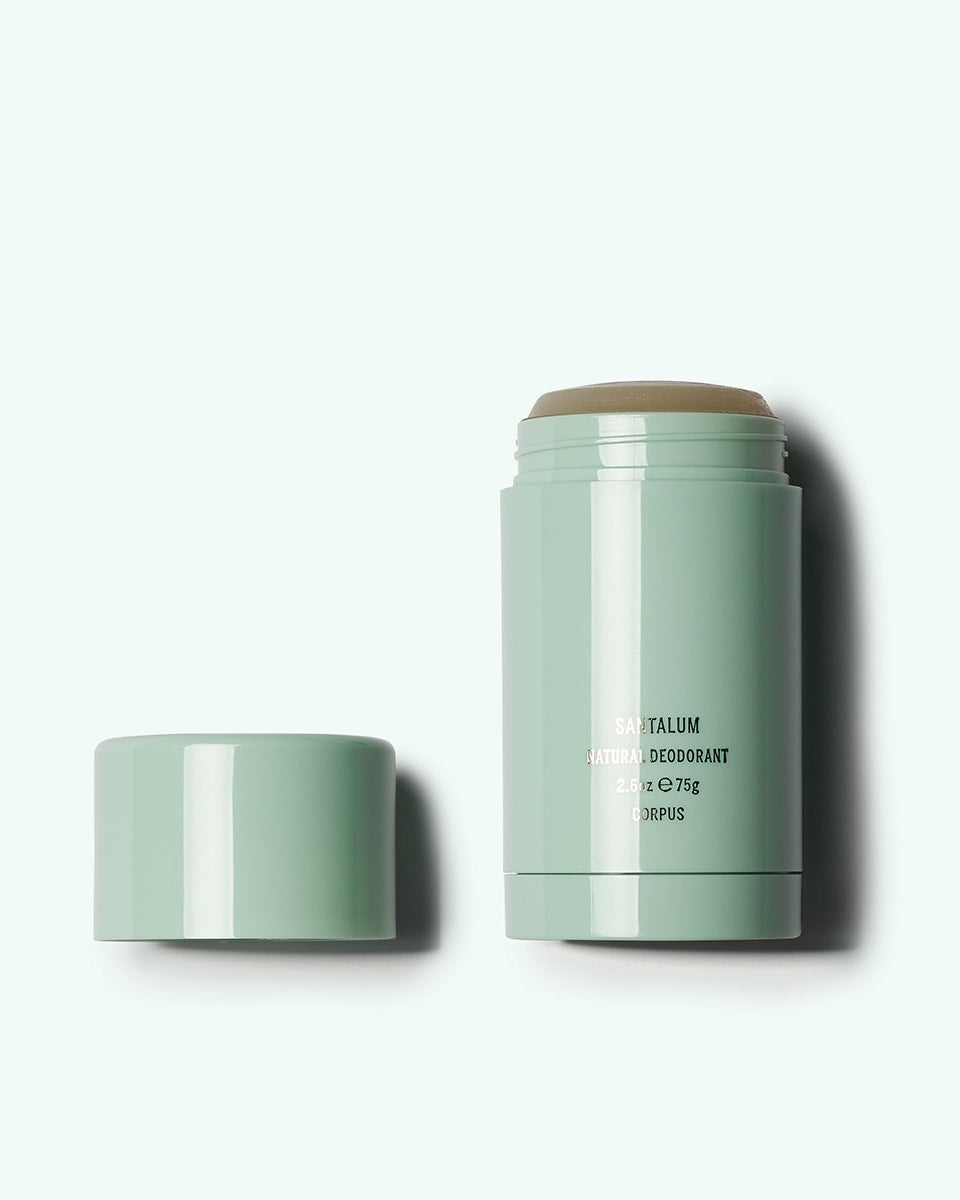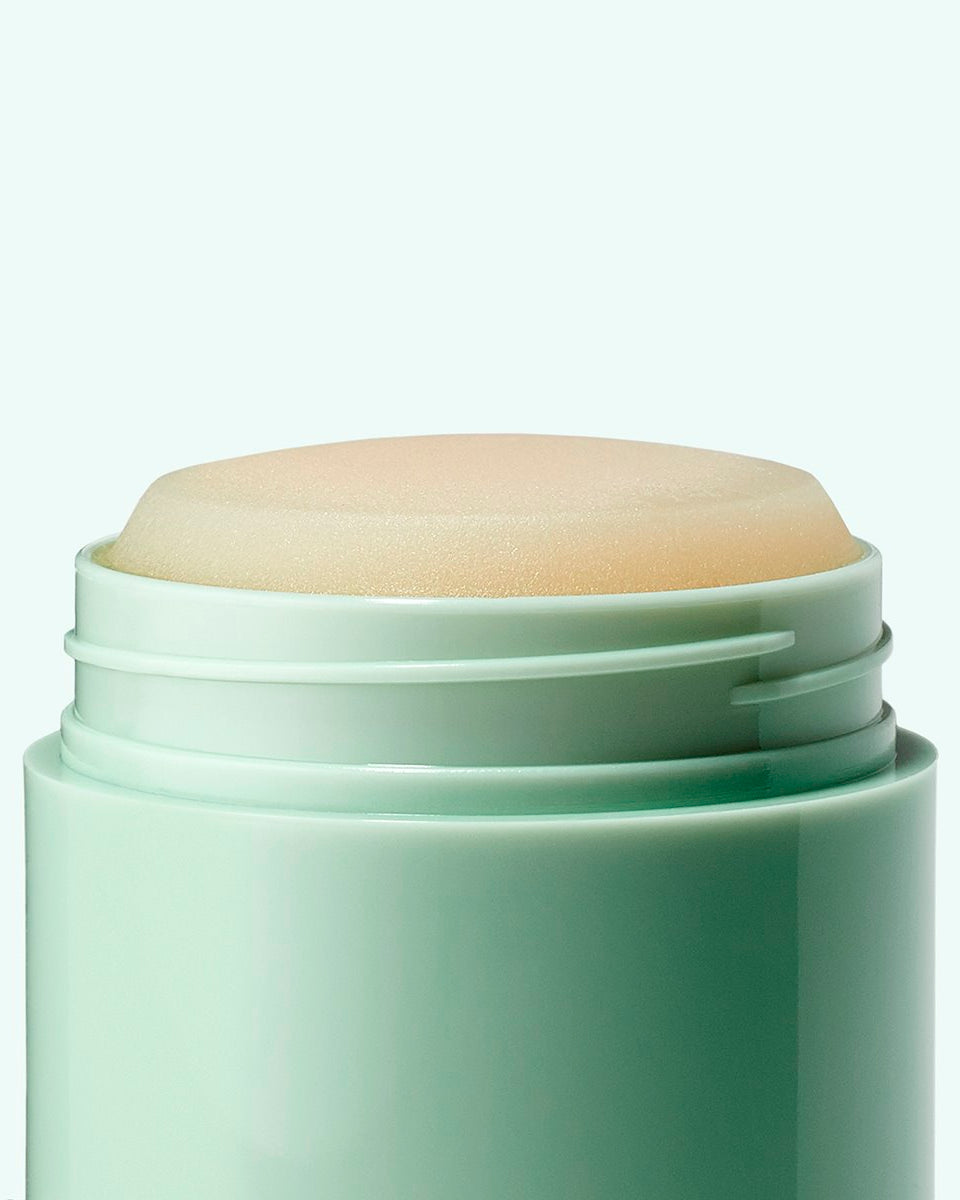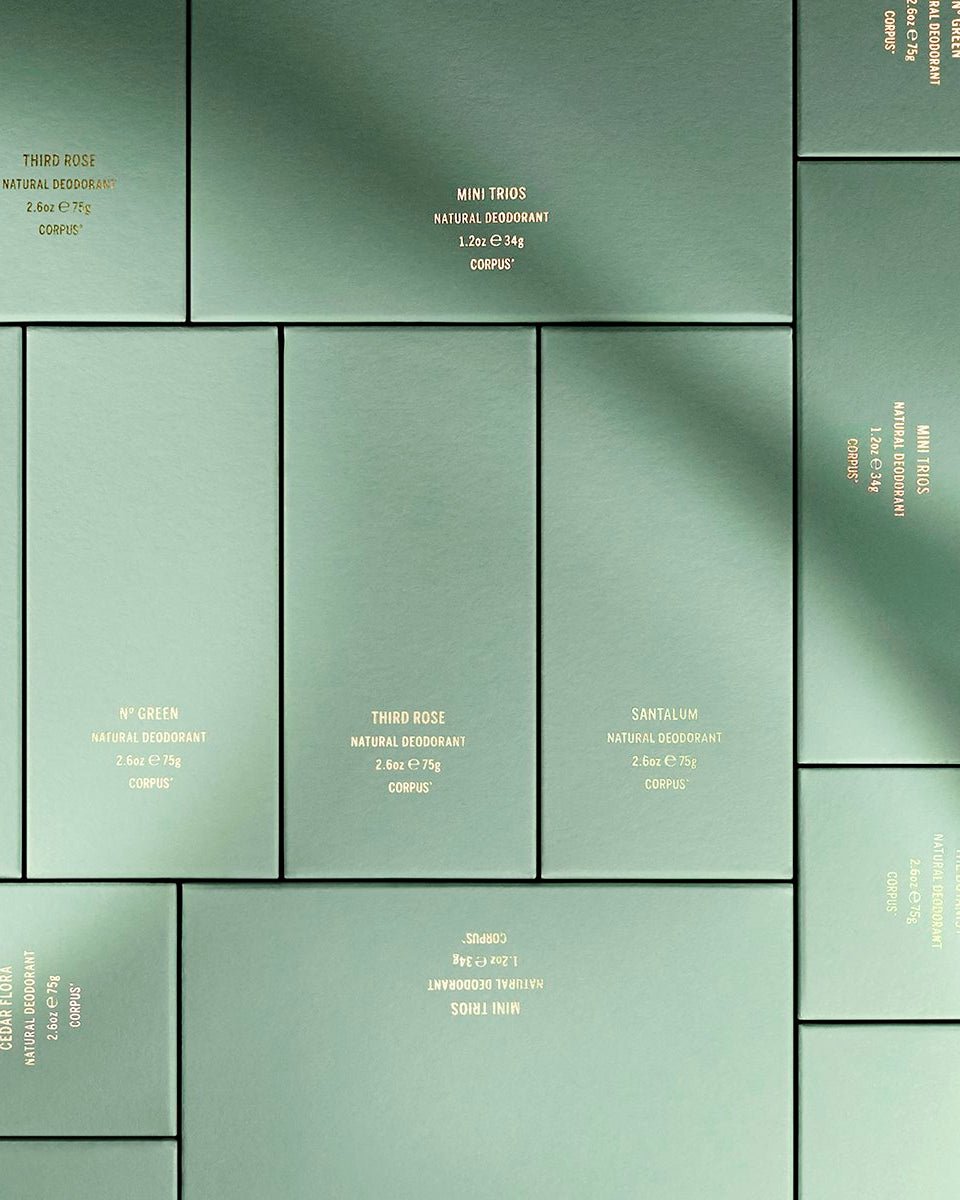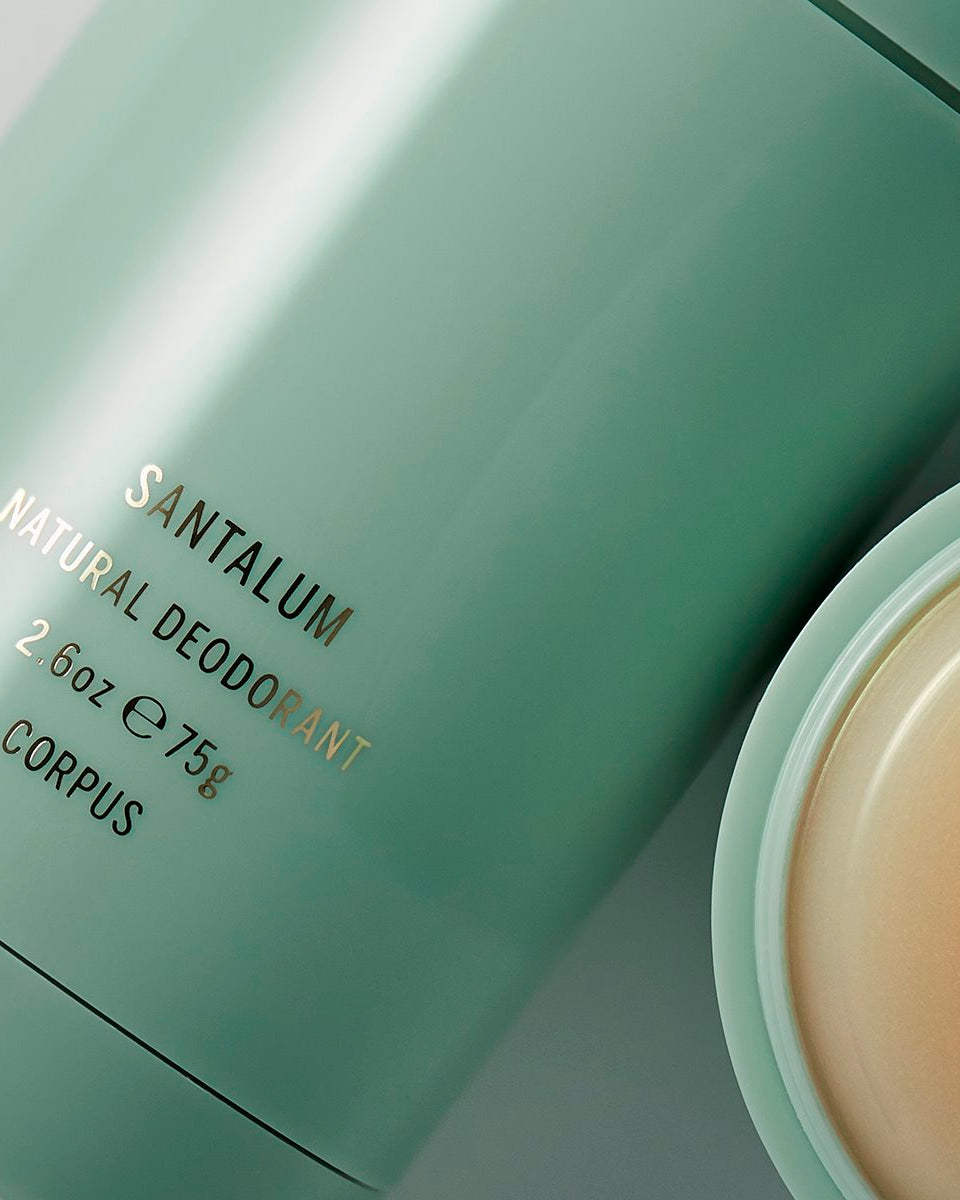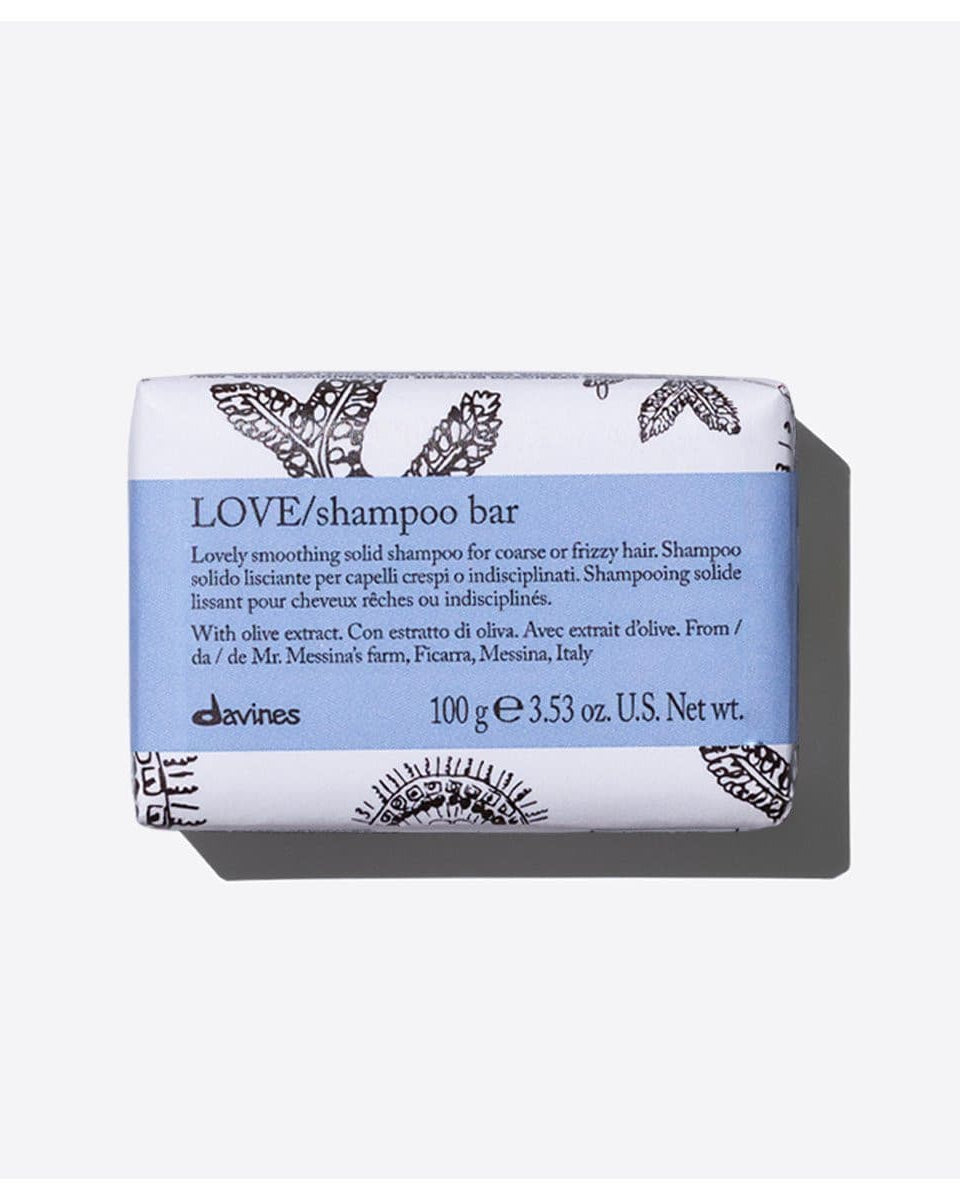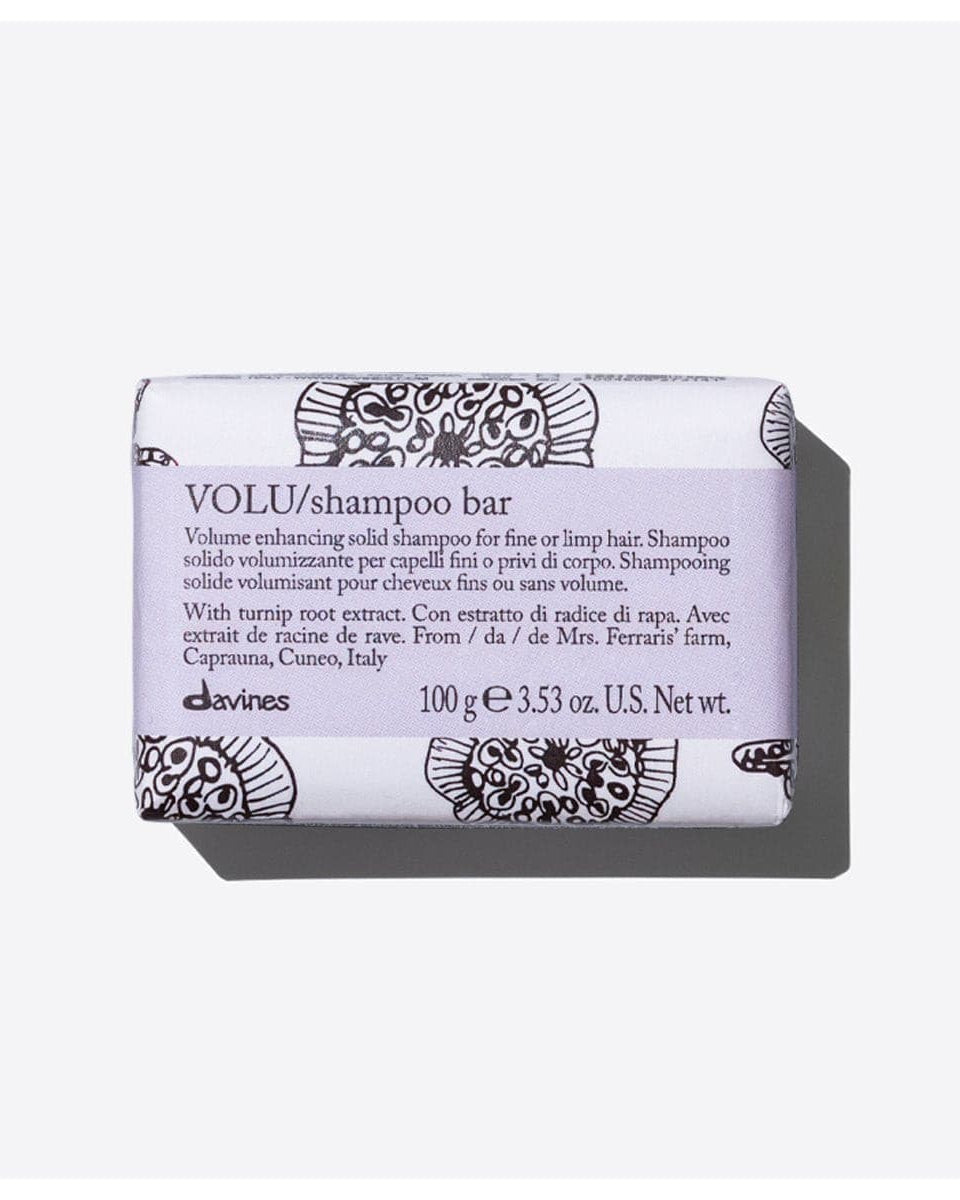New Year’s symbolises new beginnings, whether they be taking up a new hobby, working on self development or committing to changing up your health routine – it's the start of something new. One of the ways we can begin to make a change is by creating a more conscious thought process when purchasing items and here we are going to talk about how we, as a community, can choose better.

One thing to consider is you don’t have to be a Vegan, or adopt a totally Vegan lifestyle, in order to buy vegan beauty and skincare products. Your choice to purchase vegan products falls in line with the same principles as buying Cruelty Free, you don’t need to have a pet dog or rabbit to care about animal welfare. Looking at labels, certified and non-certified, and ingredients means that your choice of purchase can be traced back to the origin ensuring the product is free from animal harm, such as testing and animal derivatives, and/or vegan!
With so many labels on the market, it can be confusing and complicated to decipher what they mean, are they genuine and how to choose with clarity. Well, we’ve got you covered!
What do Vegan and Cruelty-Free mean?
Let’s start with the definitions, which often get mixed-up. Products which are advertised as ‘Vegan’ are formulated entirely without any animal-derived ingredients such as collagen, albumen, gelatin, shellac or carmine. They even go as far as to omit more ‘natural’ animal by-products such as honey, beeswax, or lanolin.
Cruelty-Free, on the other hand, simply refers to products that not have not been tested on animals. However, this claim often only refers to the production process rather than the raw ingredients. This means that it is possible for a cruelty-free product to be formulated with animal-derived ingredients such as beeswax, carmine, lanolin, shellac, or goat's milk, for example.
Can a product be Vegan but not cruelty-free (or vice versa)?
Yes, because their definitions are separate. A product can either be both Vegan and Cruelty-Free, or it can be one but not the other. While a Vegan product is made without animal-derived ingredients, this does not necessarily mean that the final product wasn’t tested on animals, and vice versa. Animal by-products can also be ethically-sourced so some products are cruelty-free but not Vegan. While these definitions are clear, many brands still often allow the lines between the two to blur, so where does that leave us?
Check the claims
To determine if your product is either Vegan or cruelty-free, start by checking the box for claims. Look out for logos of certifying bodies, such as the Leaping Bunny approval from Cruelty-Free International, or for a clear statement that the product has not been tested on animals. If animal welfare is a cause that’s close to your heart, check if the brand is sold in Mainland China, where regulation currently requires animal testing. Most brands detail these claims on their websites so do your research.
If you prefer to use Vegan products, look for out for a statement which claims that the product is ‘suitable for Vegans’ or for the Vegan symbol, often indicated with a ‘V’. If this is not on the product, start by scanning the ingredients list and look out for items like gelatine, beeswax, honey, carmine, snail mucin, cera alba, pearl or silk extract, milk derivatives, casein, or lanolin (grease from sheep’s wool). For help deciphering more complex labels, look the product up on the EWG database which provides helpful explanations in terms we can understand or visit Cruelty Free Kitty for globally vetted brands.

